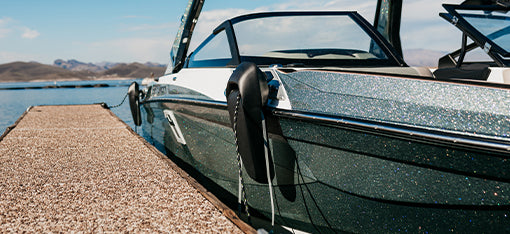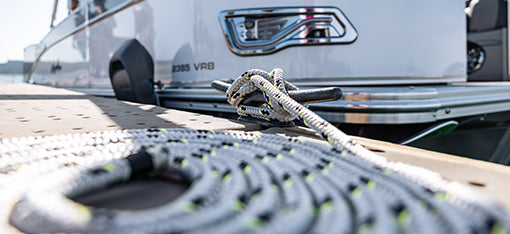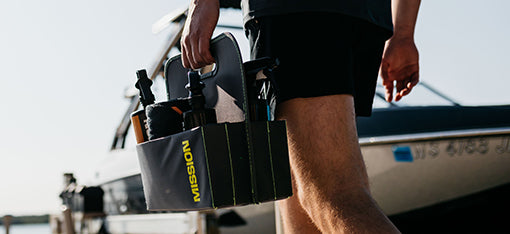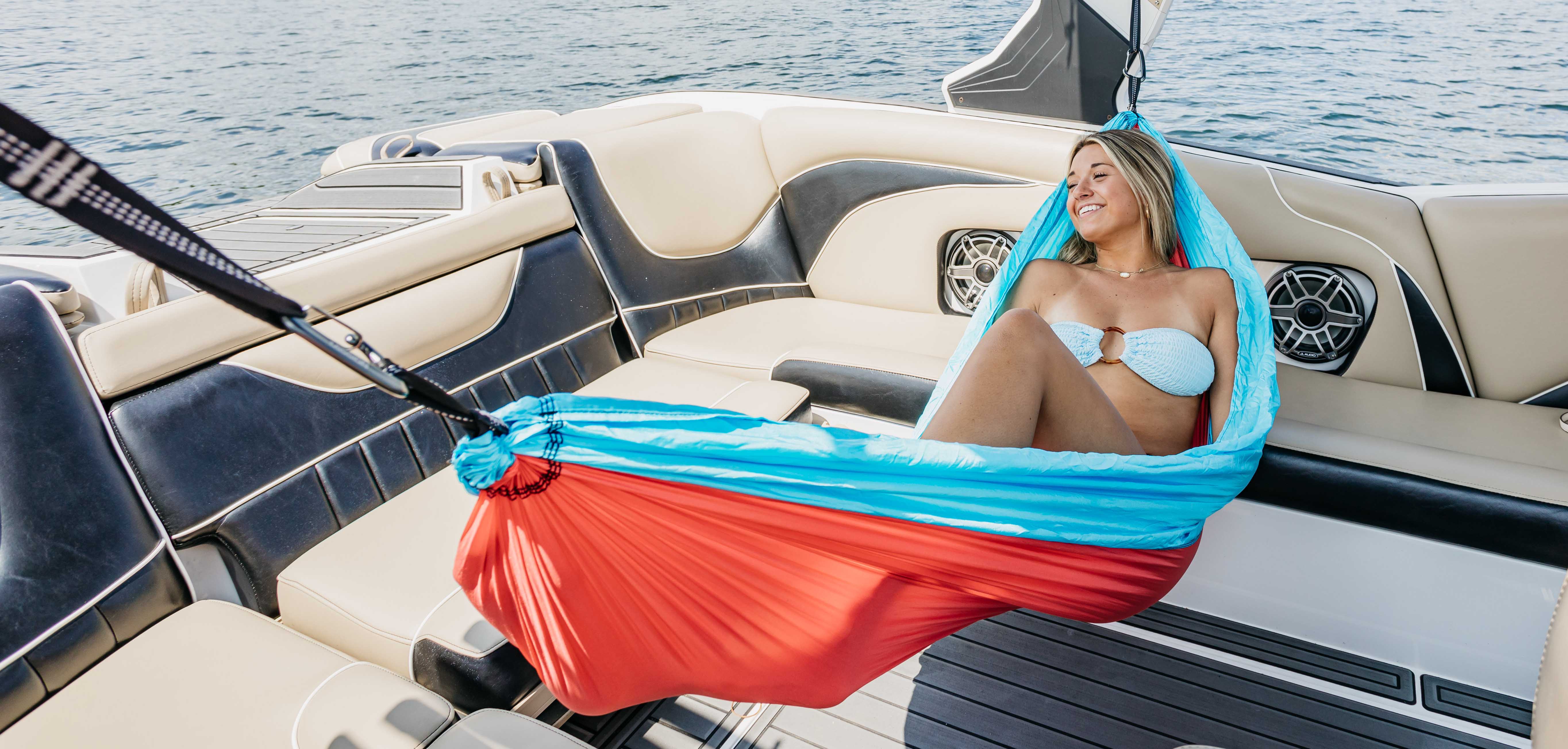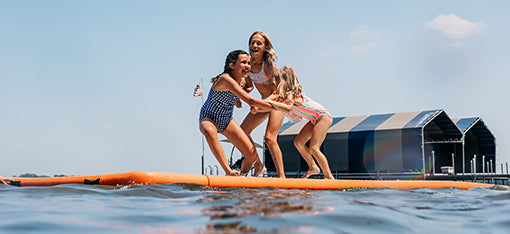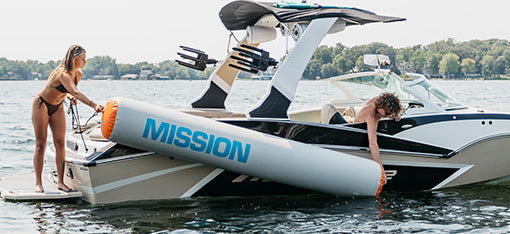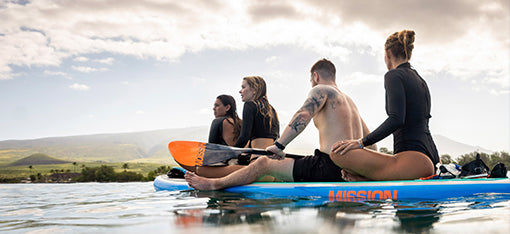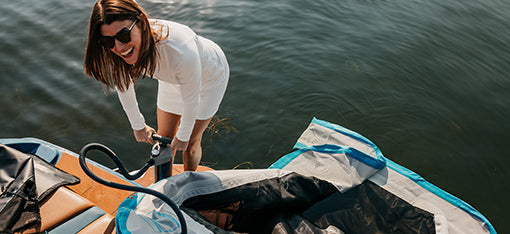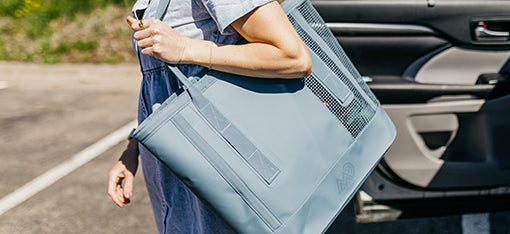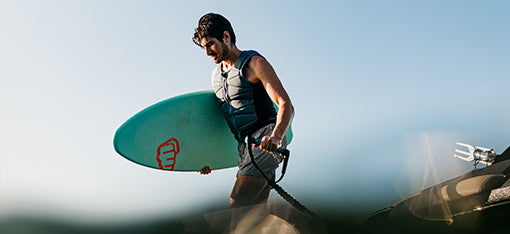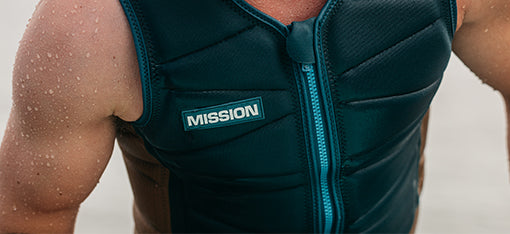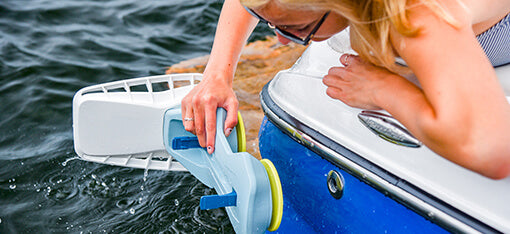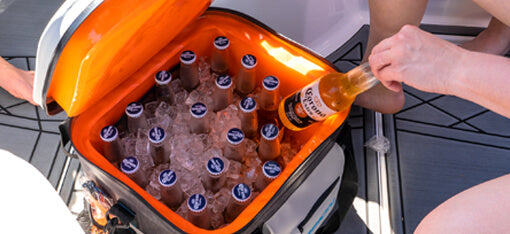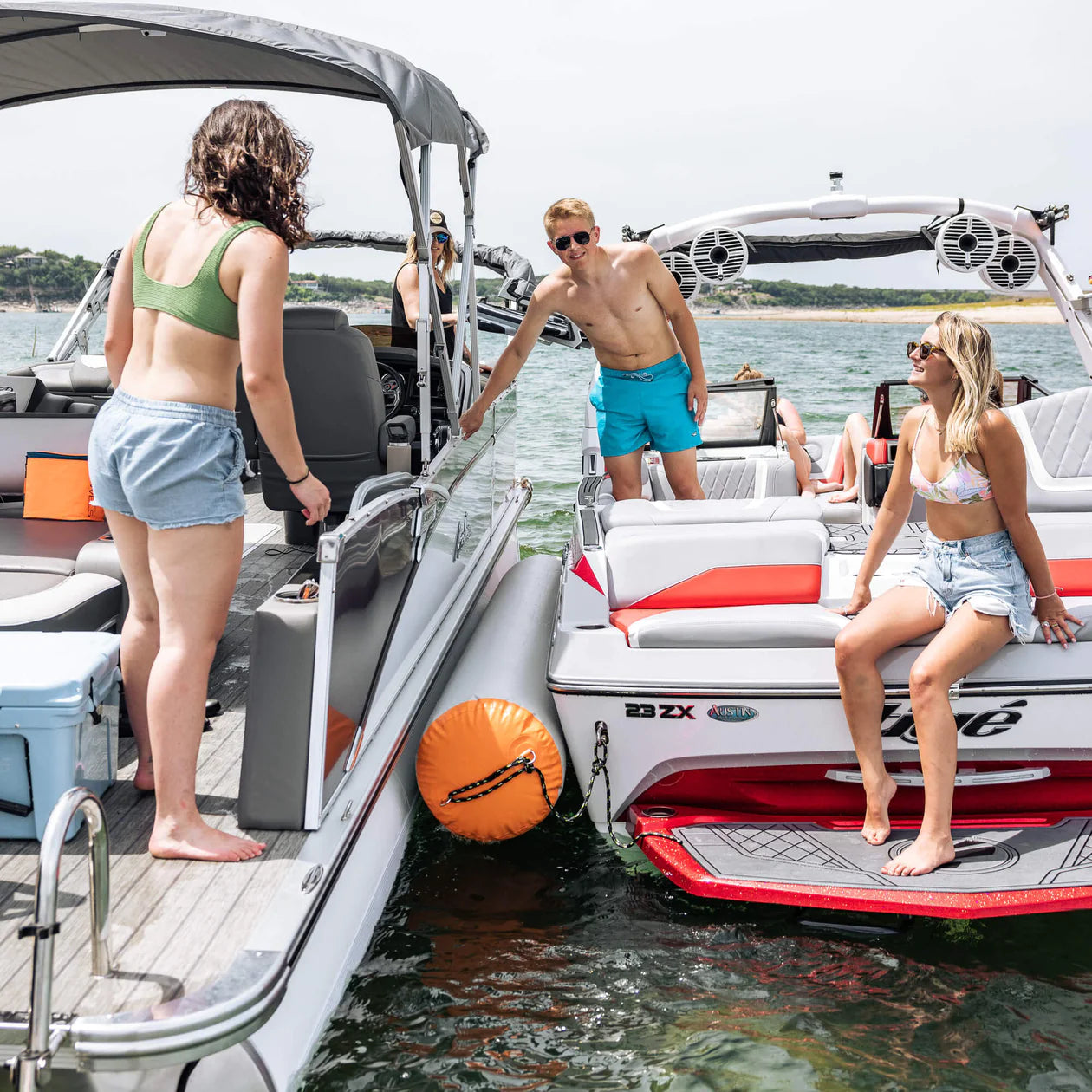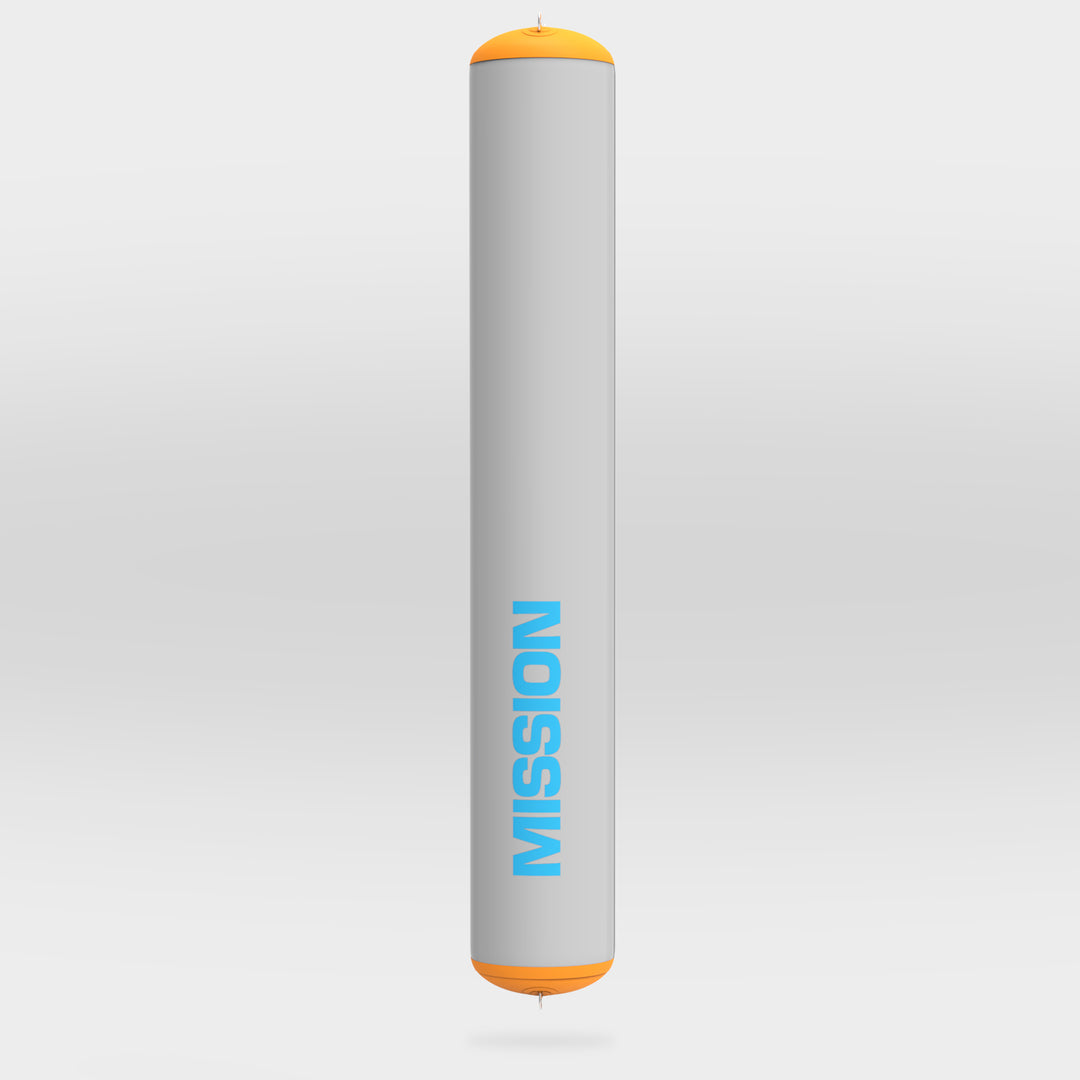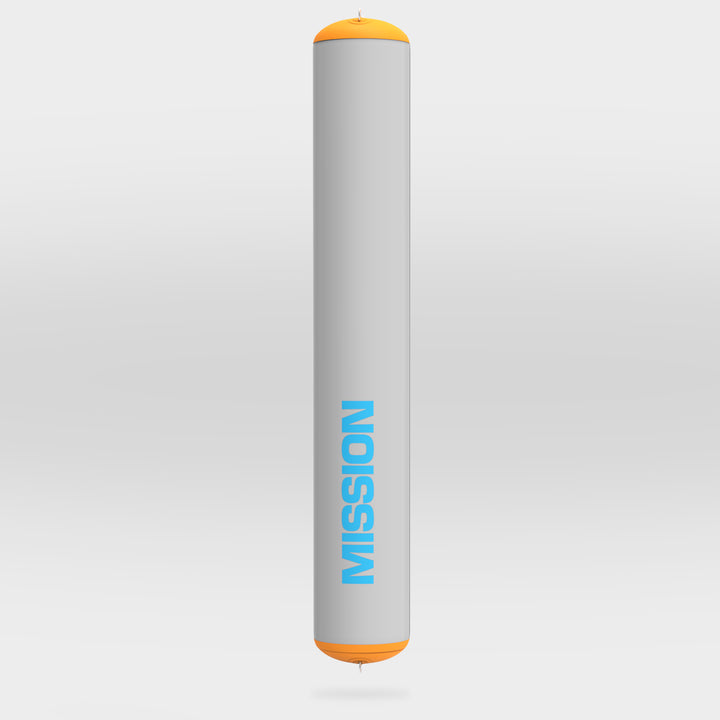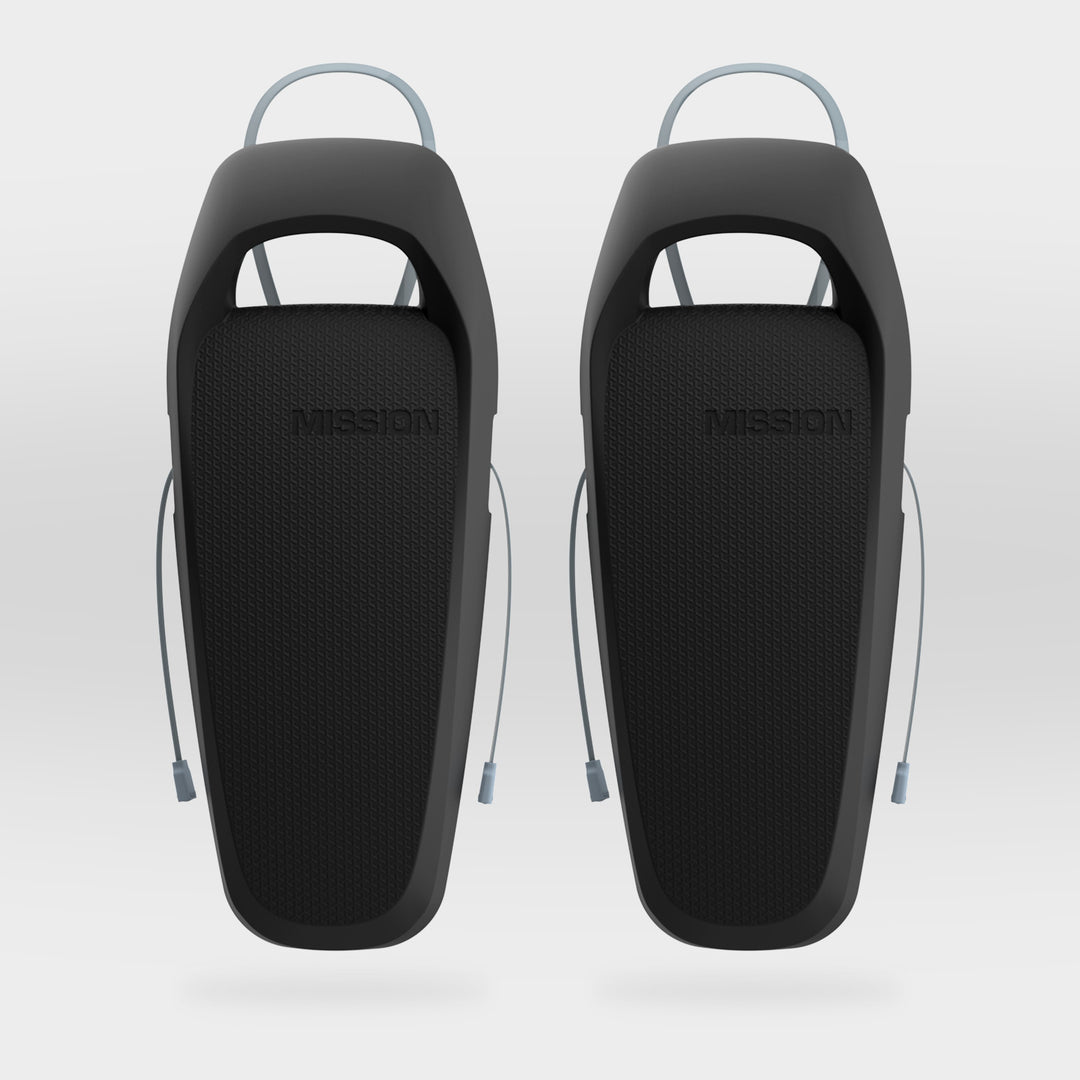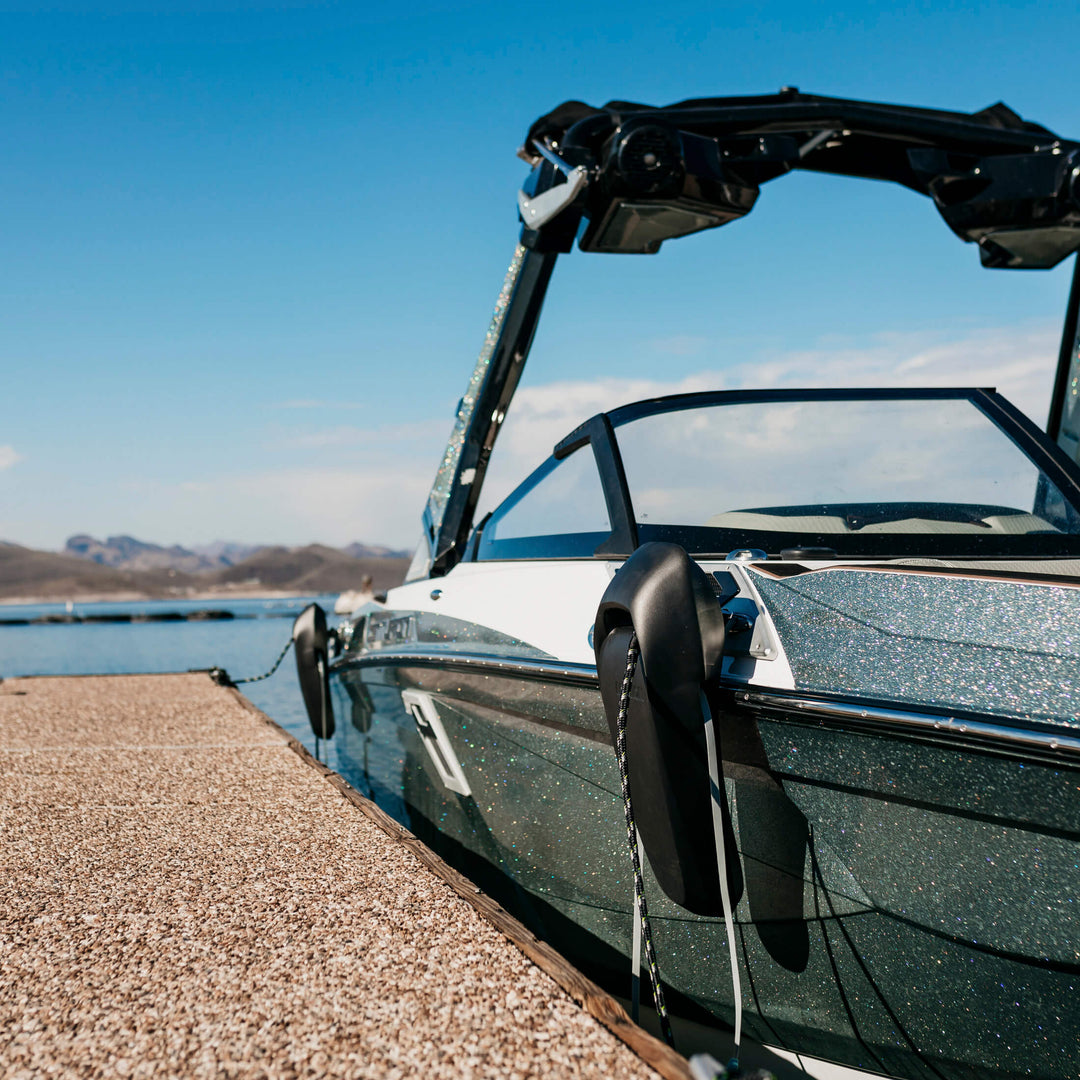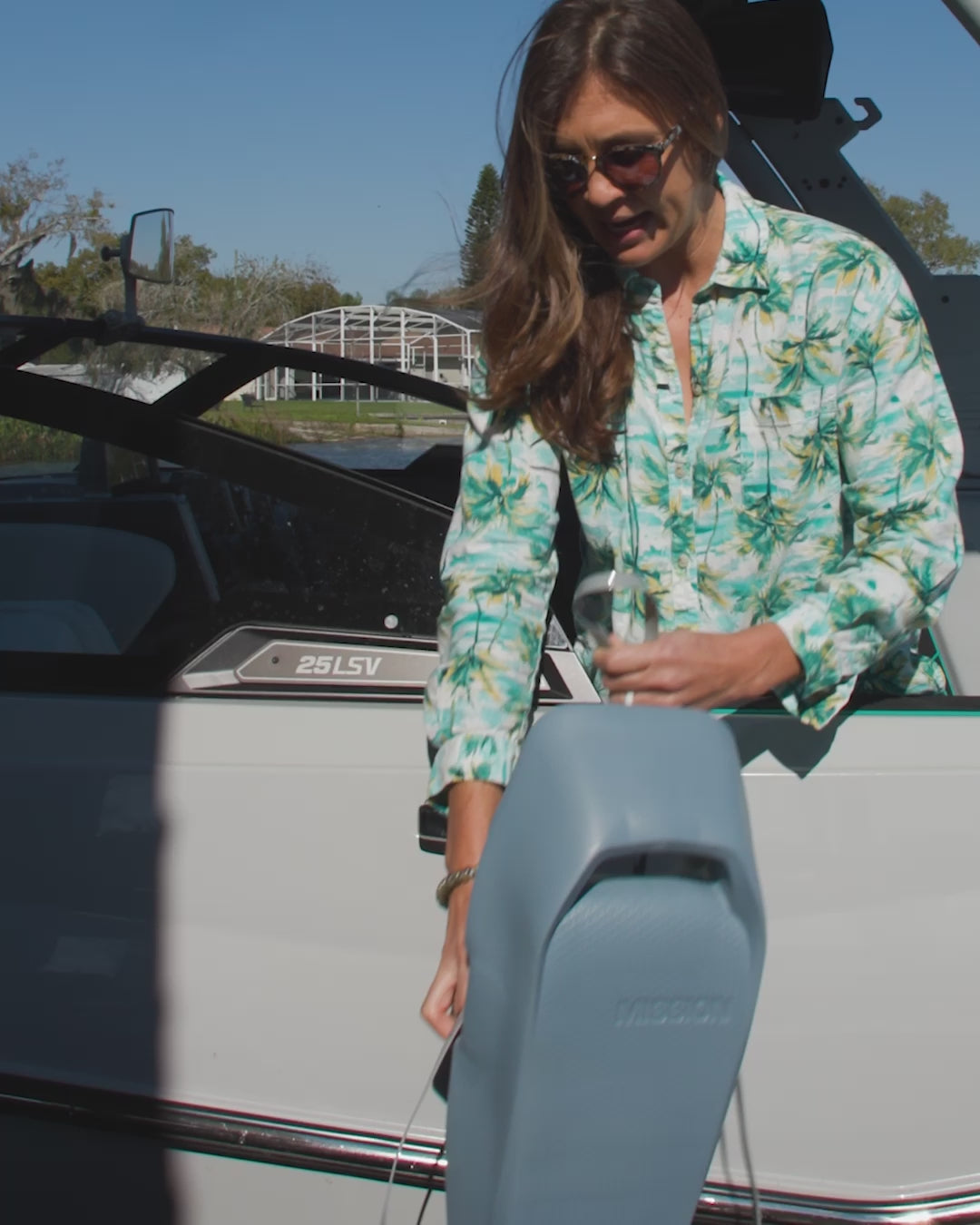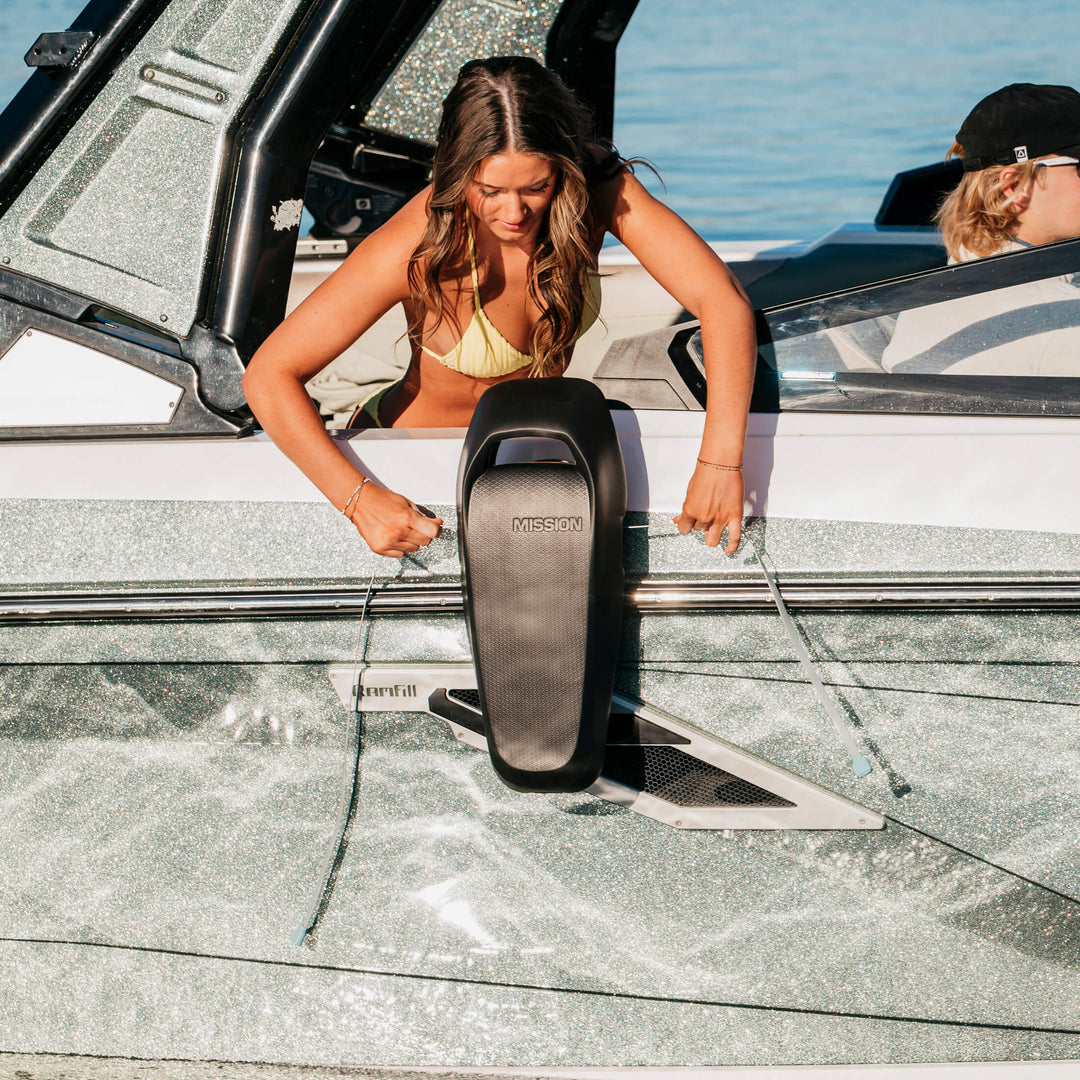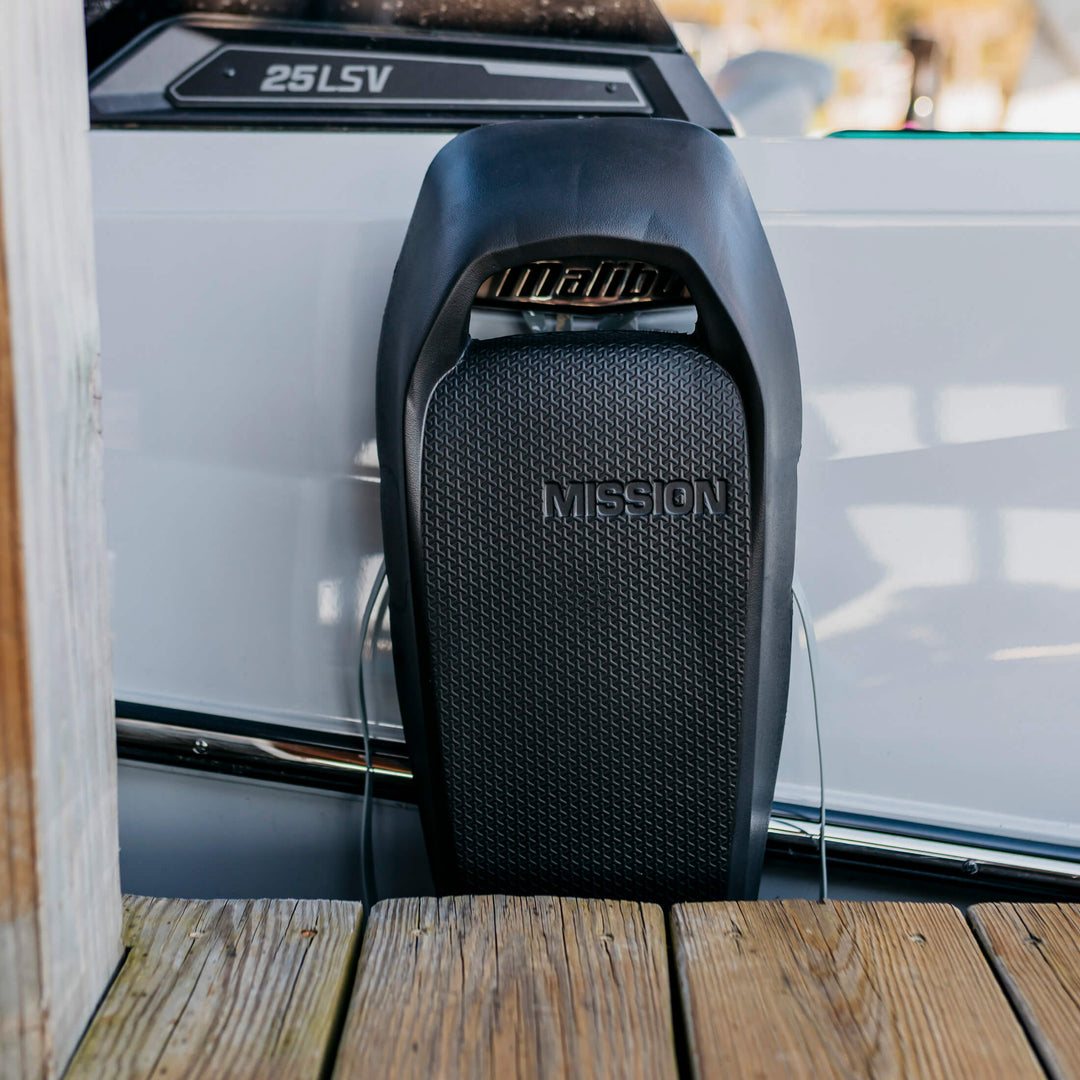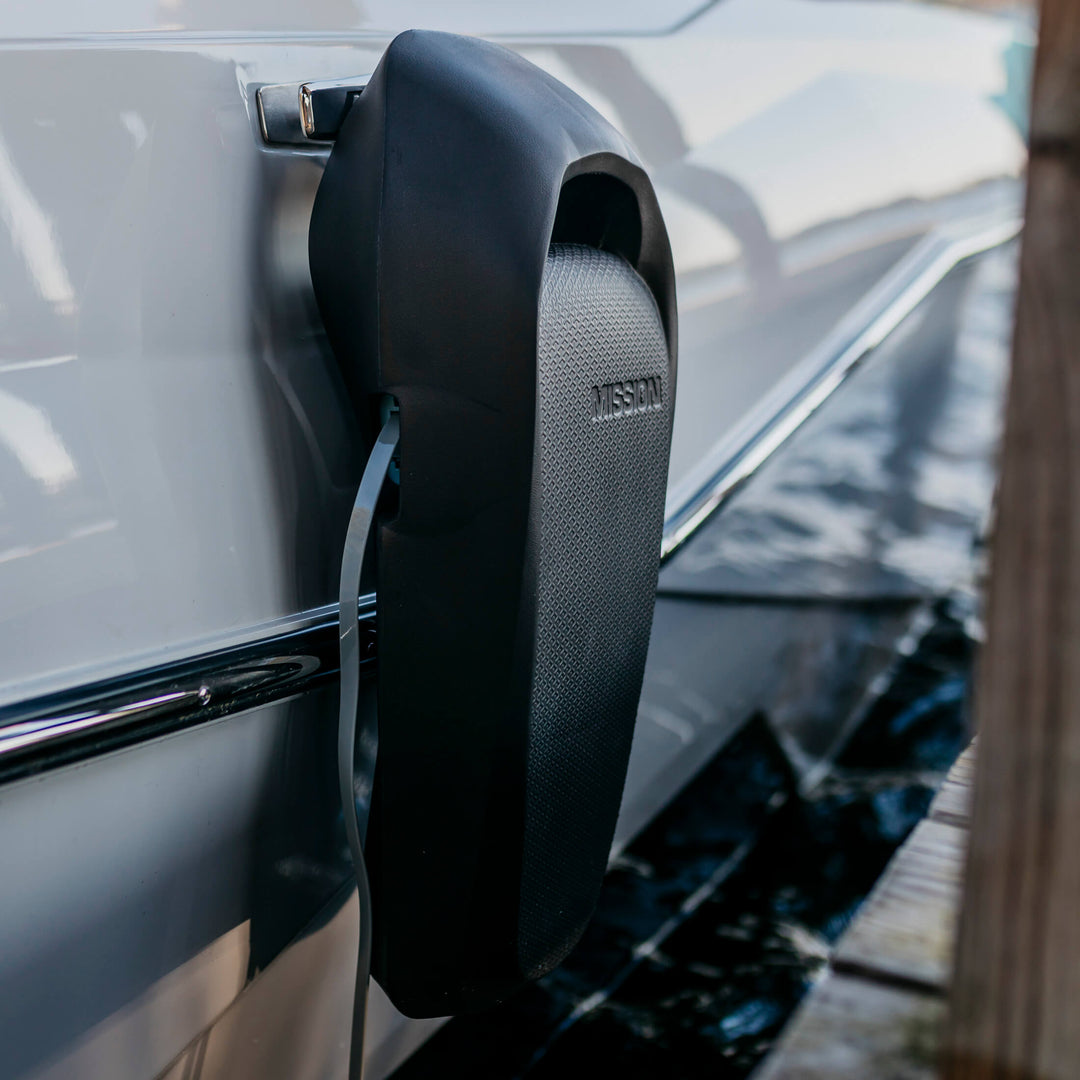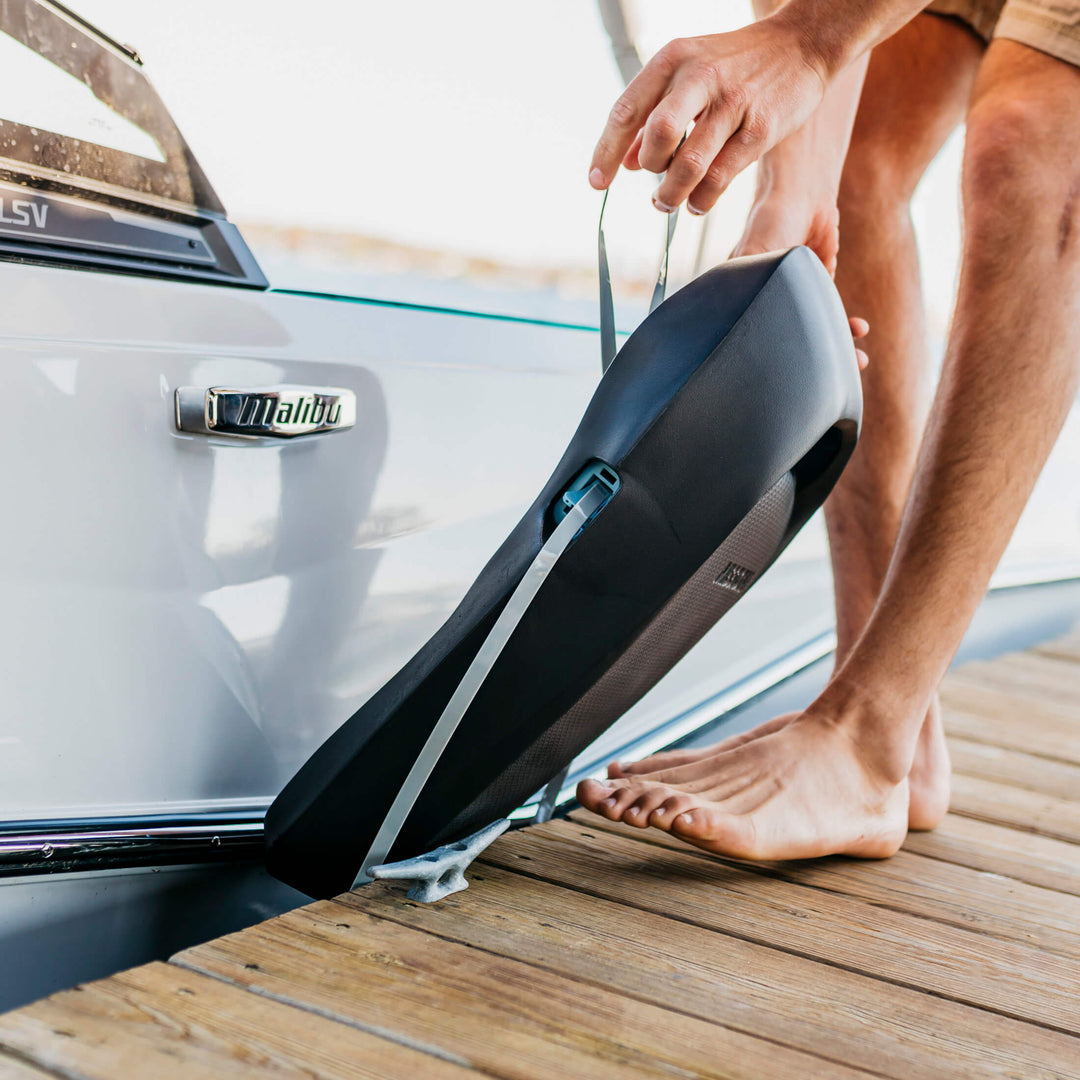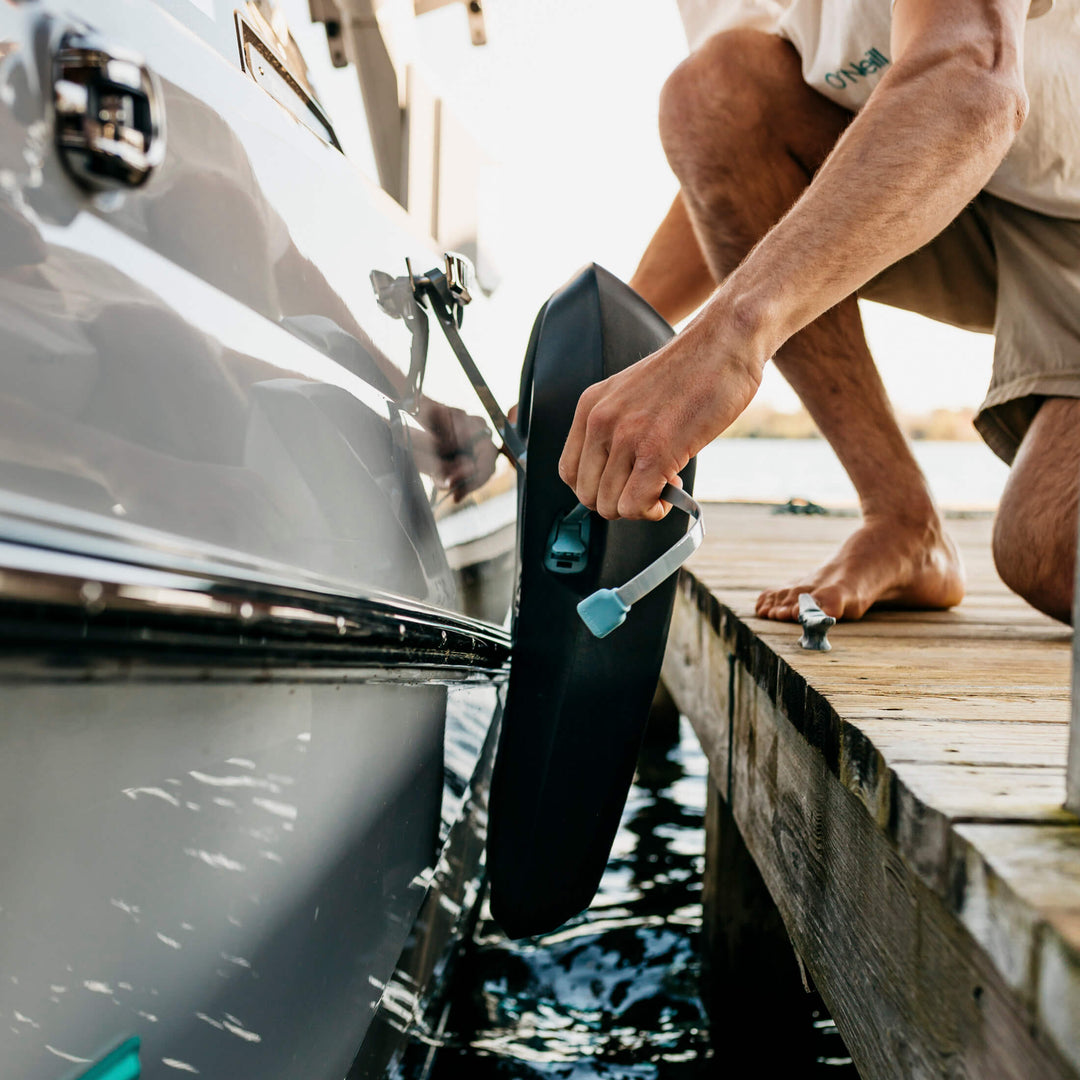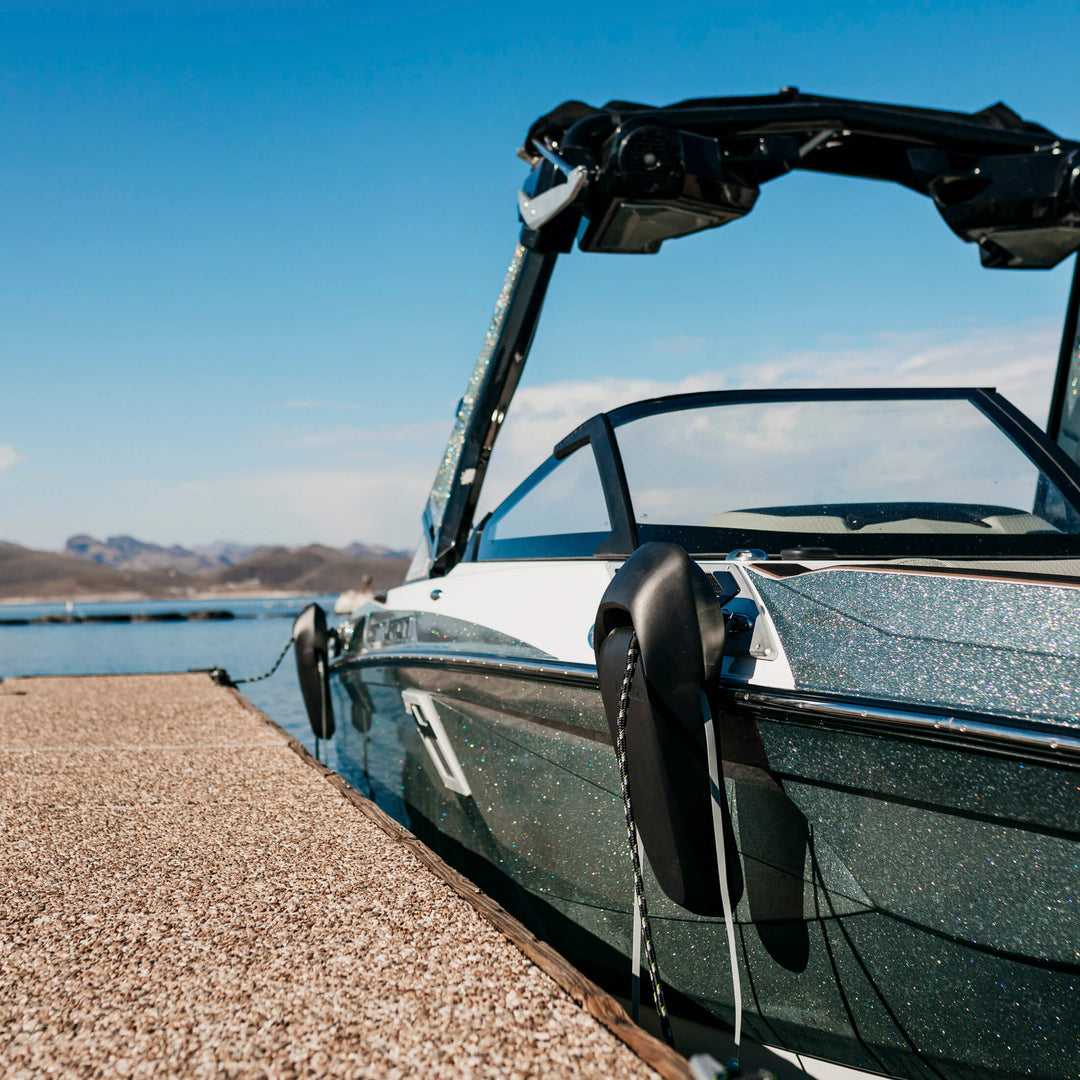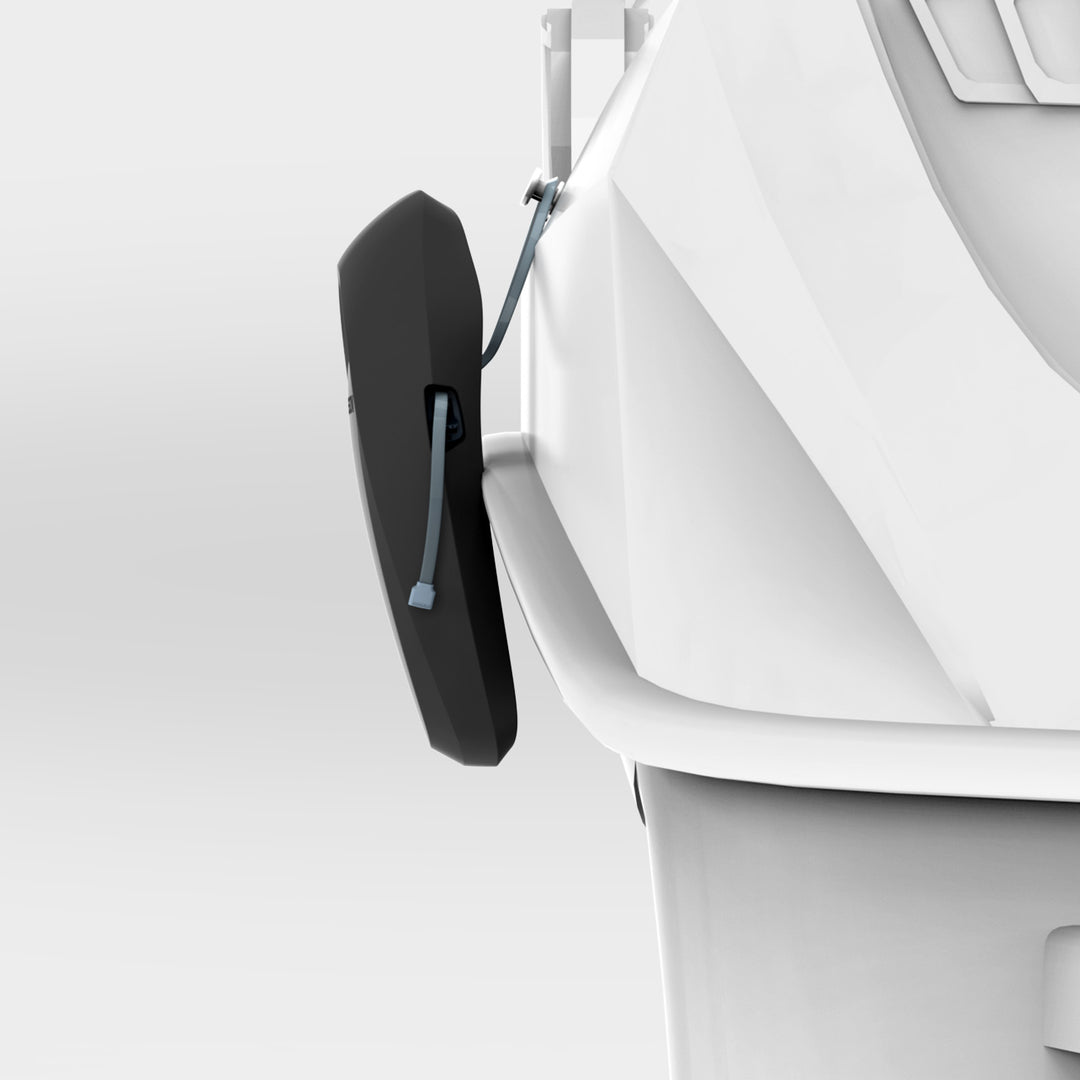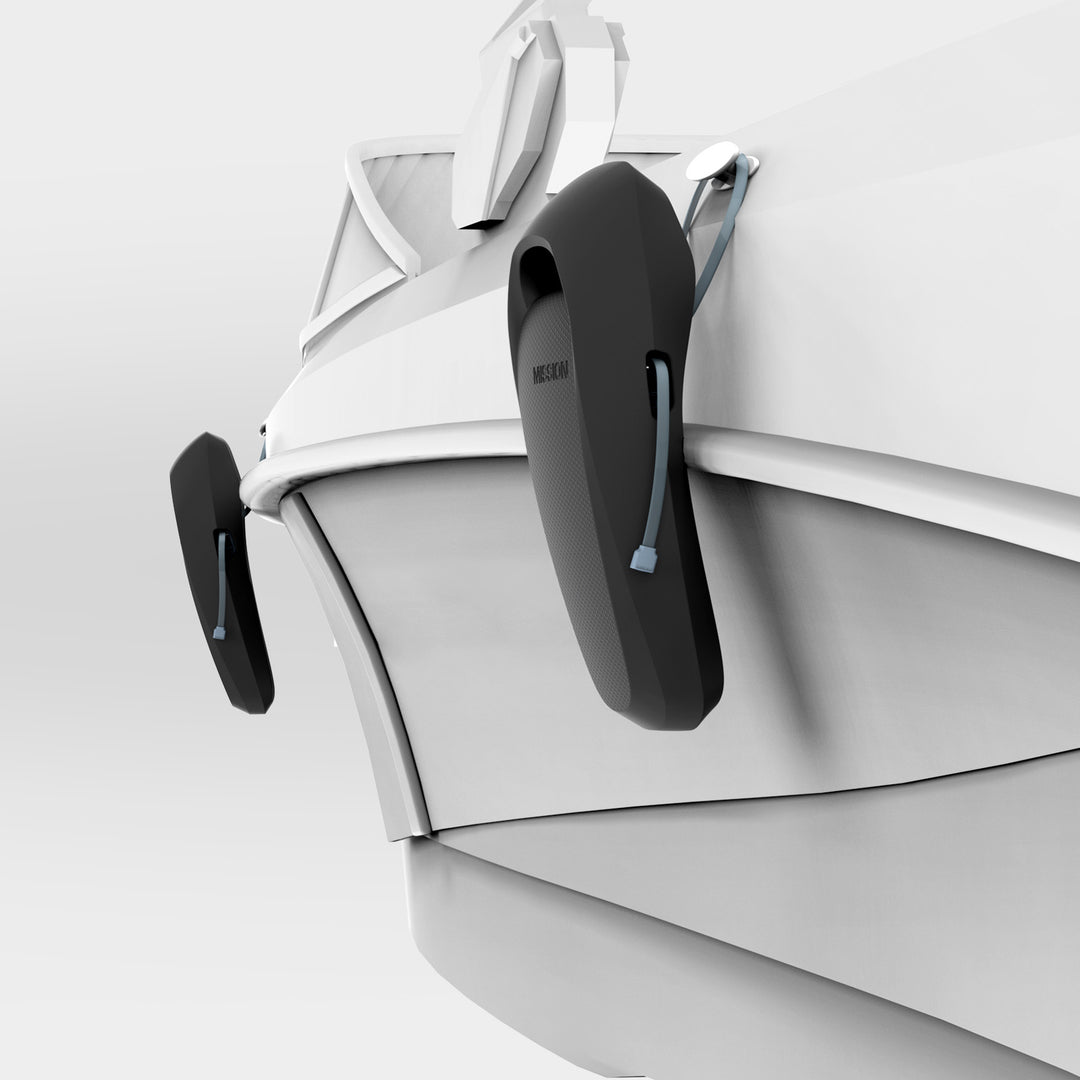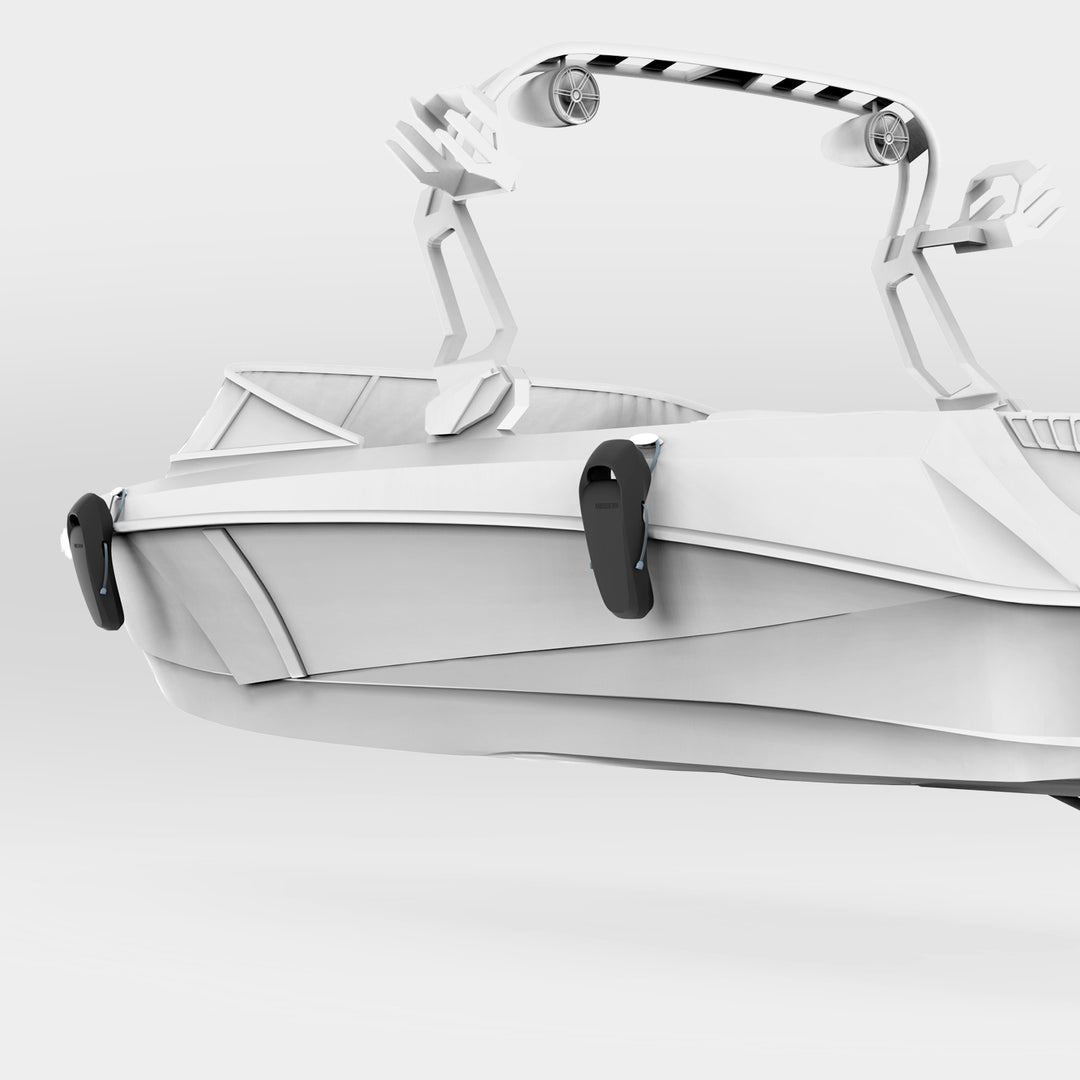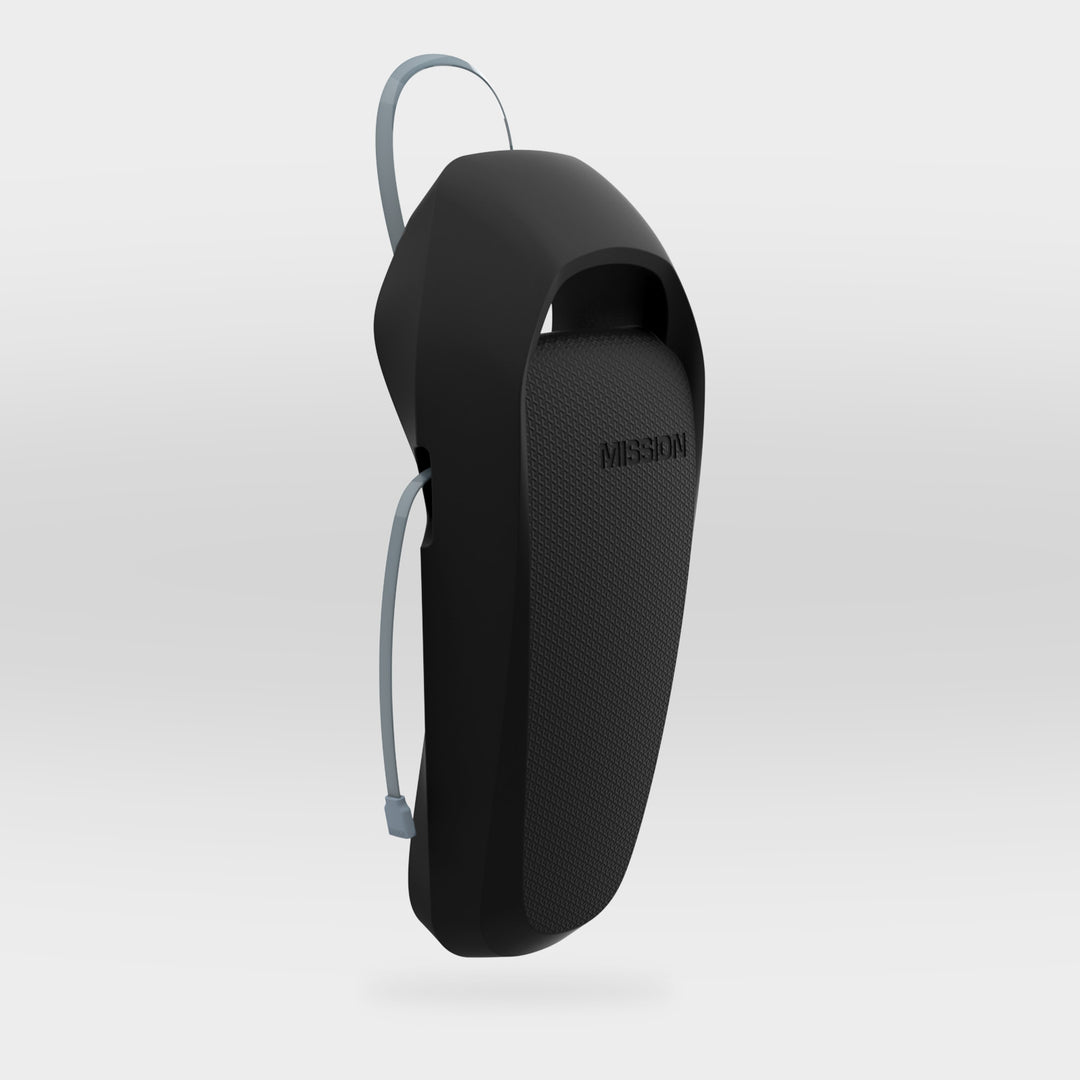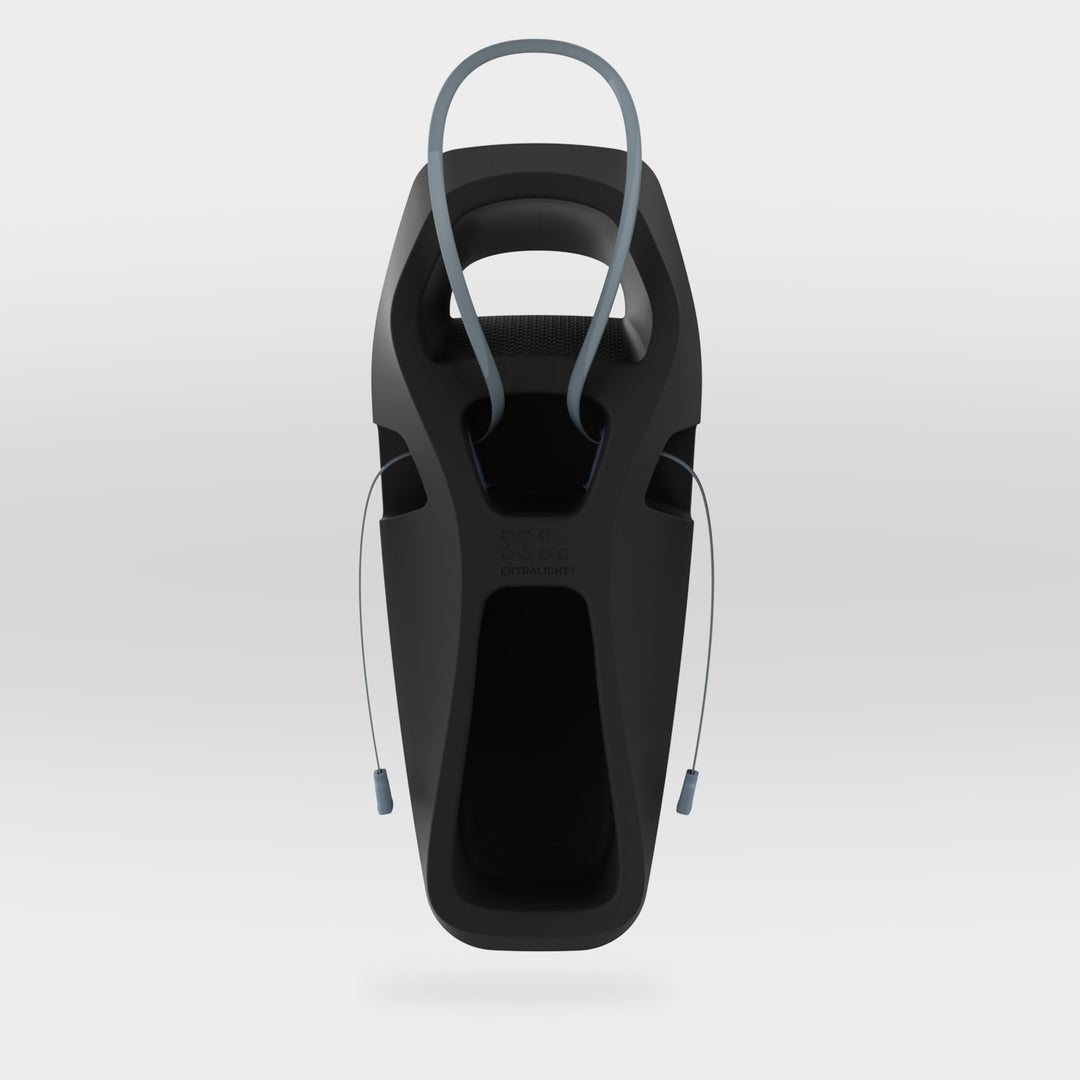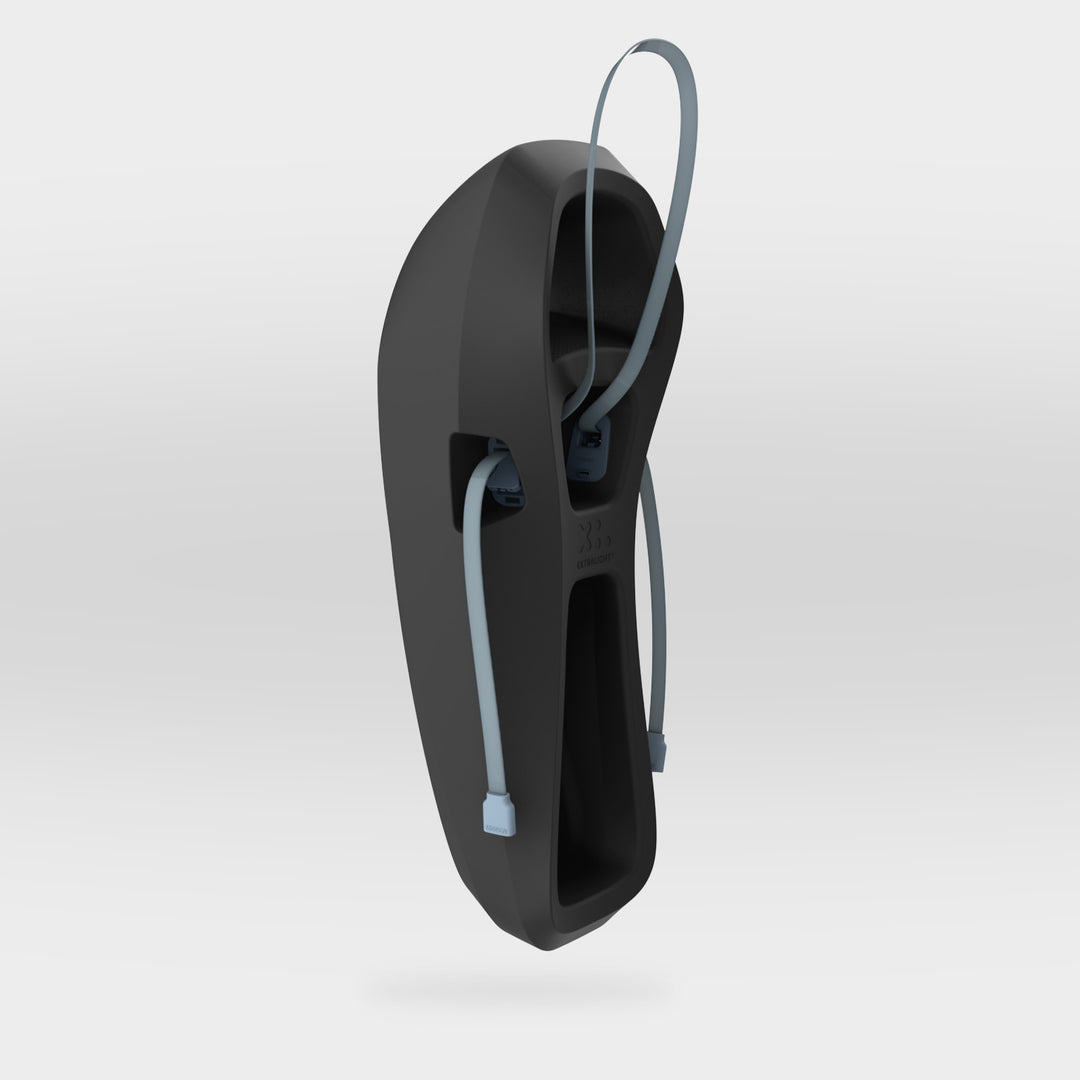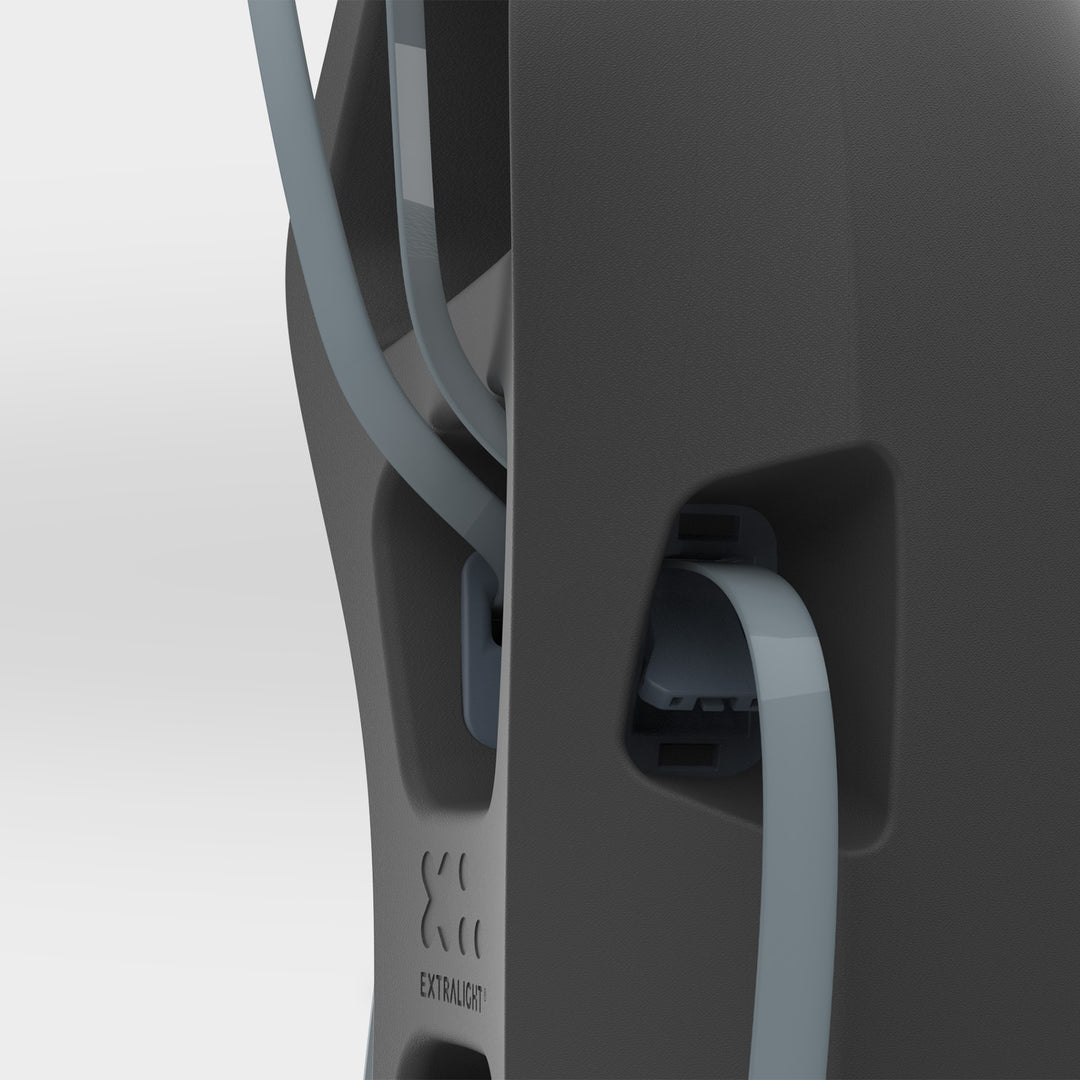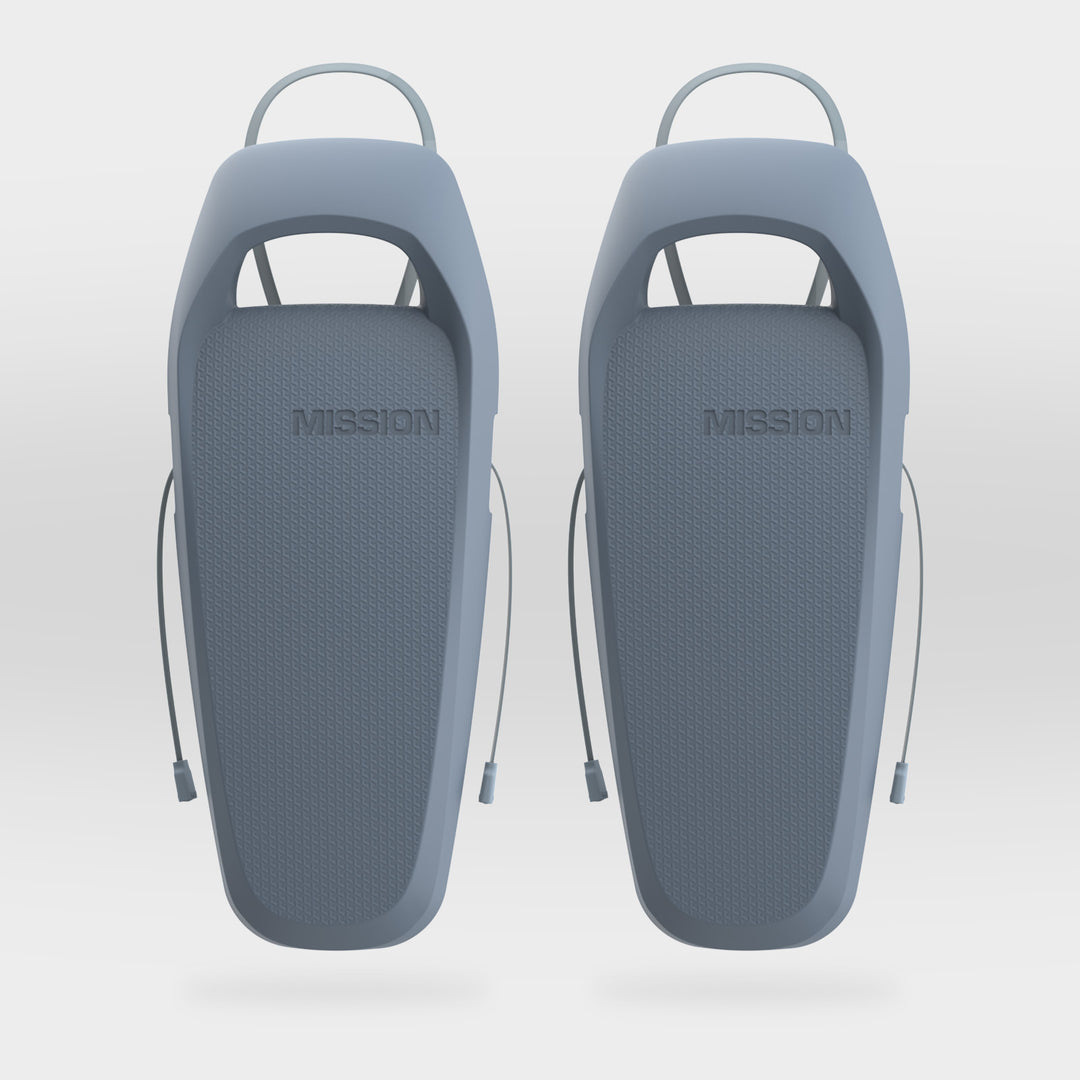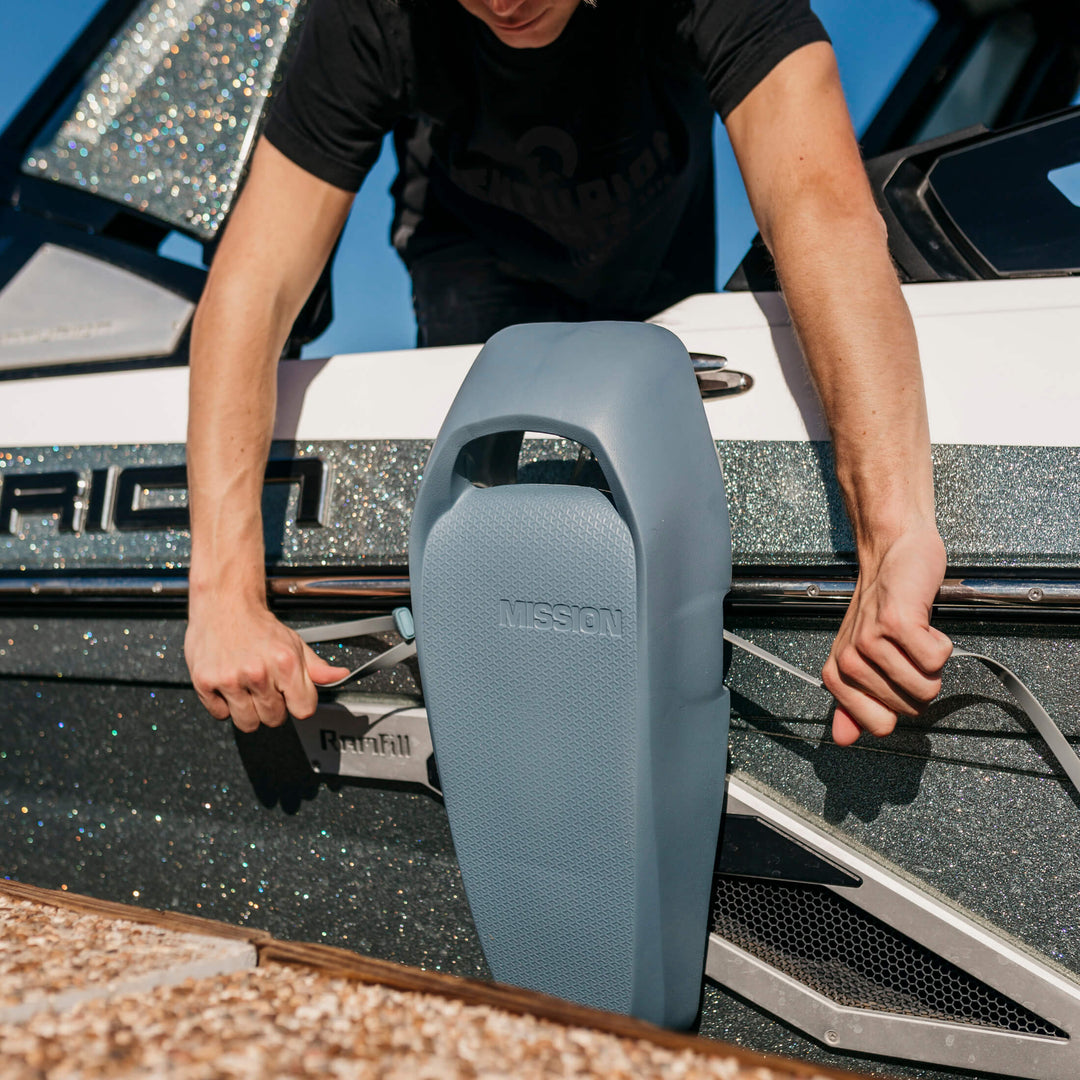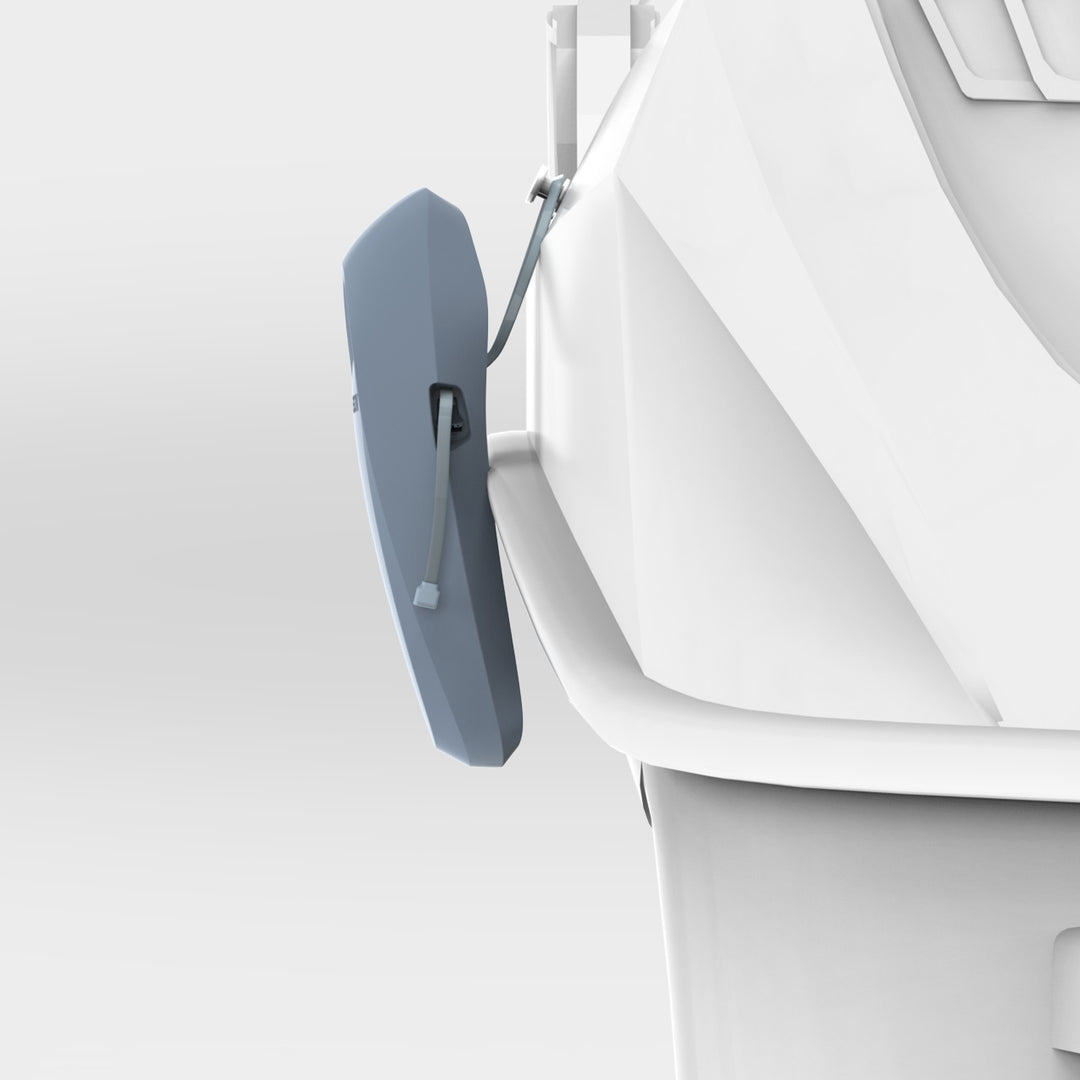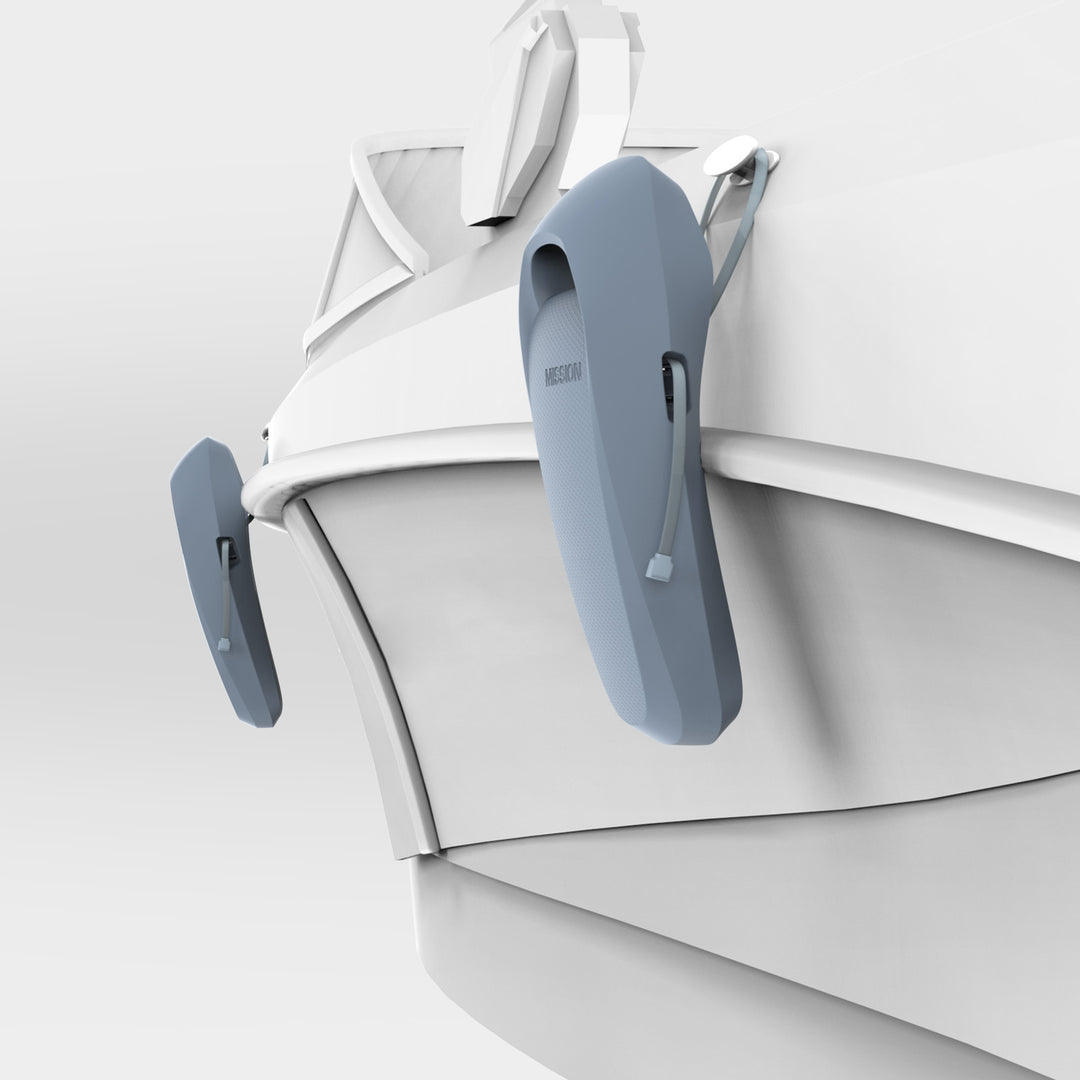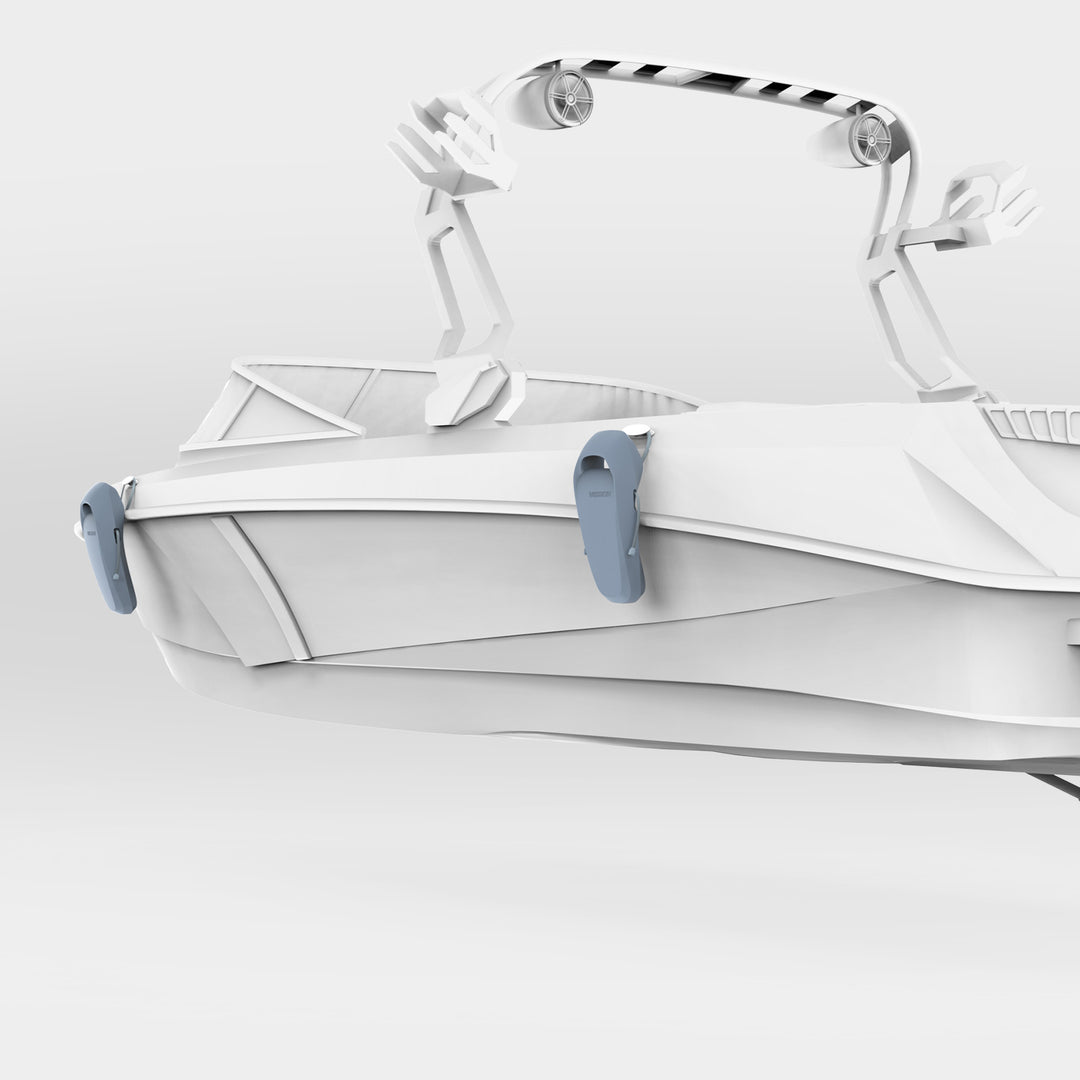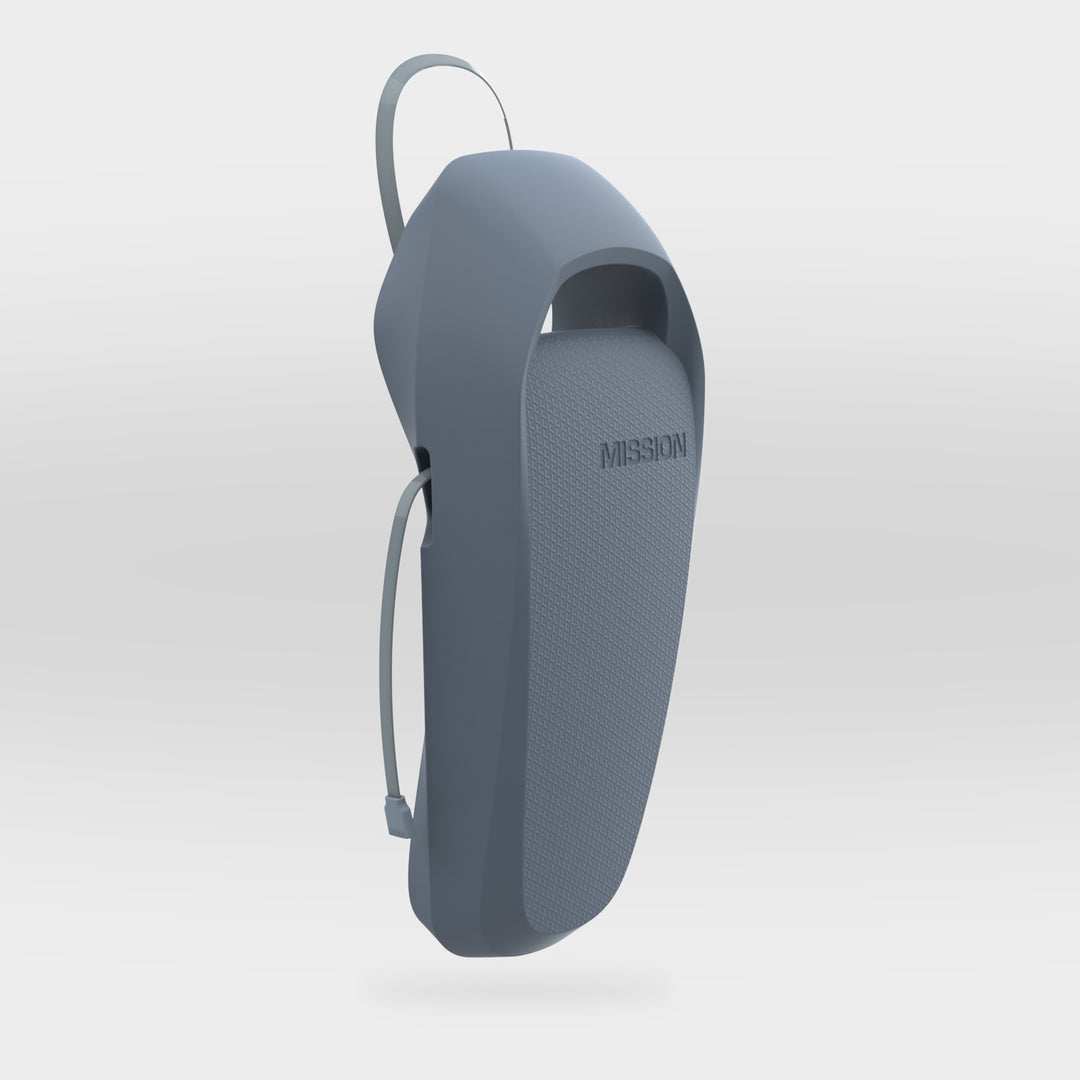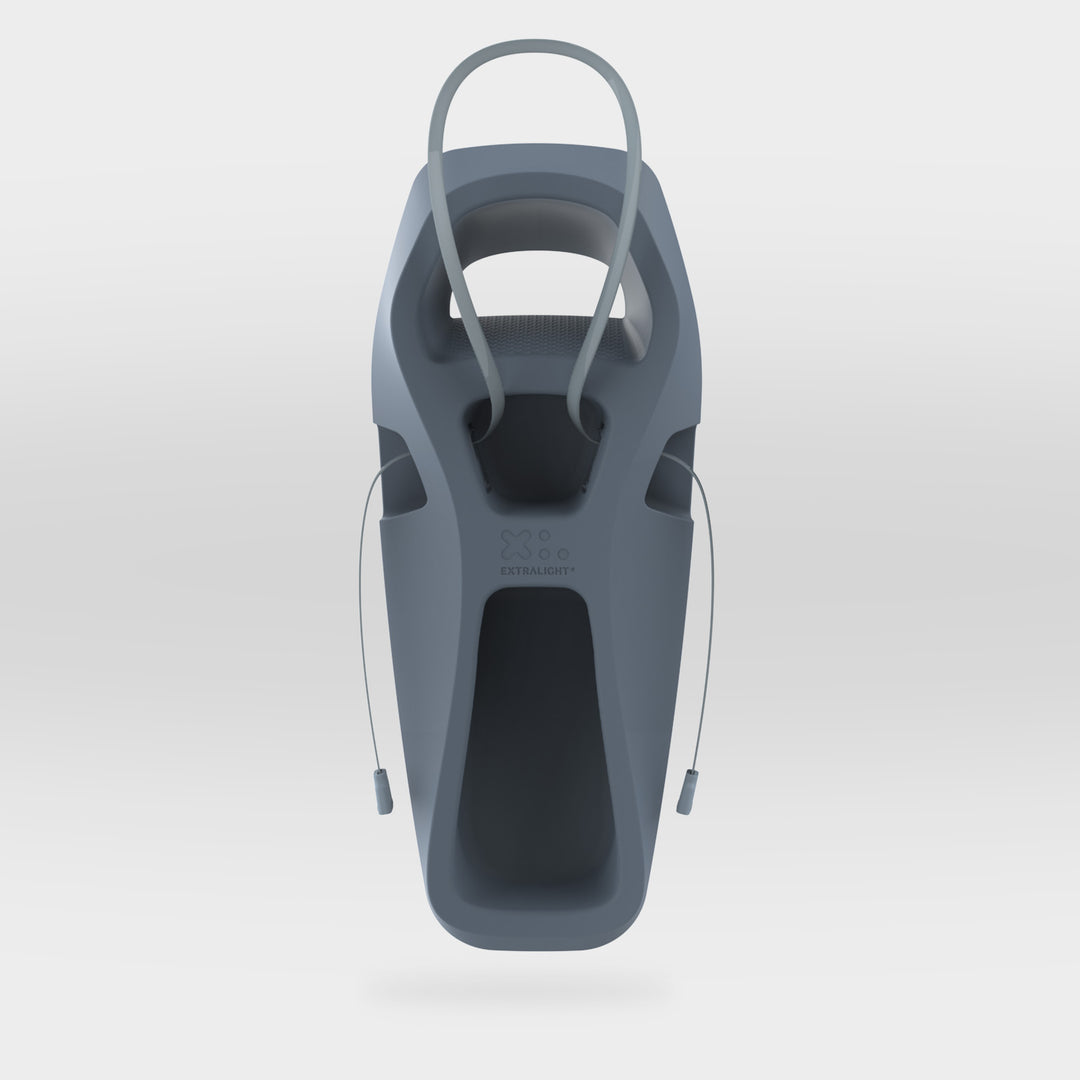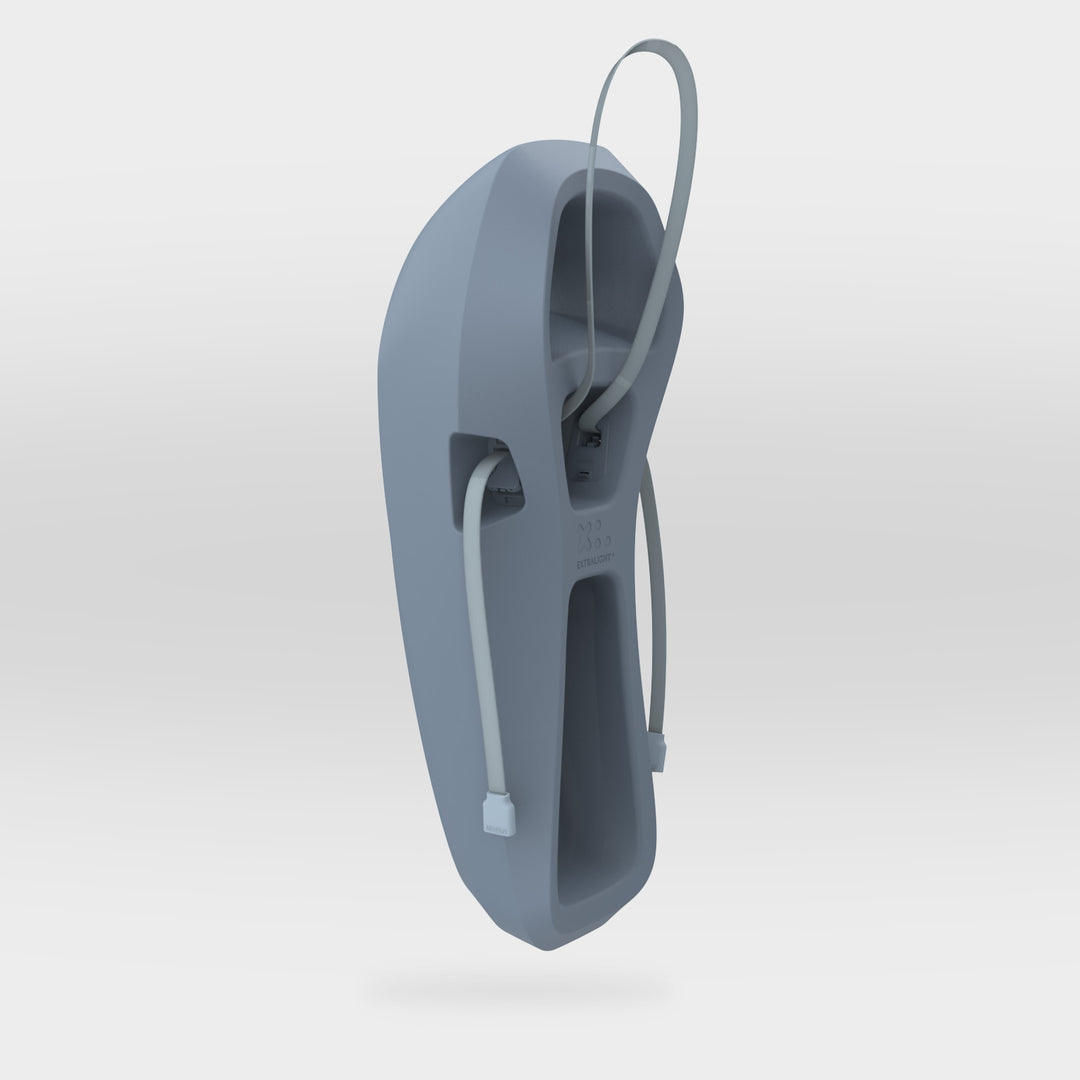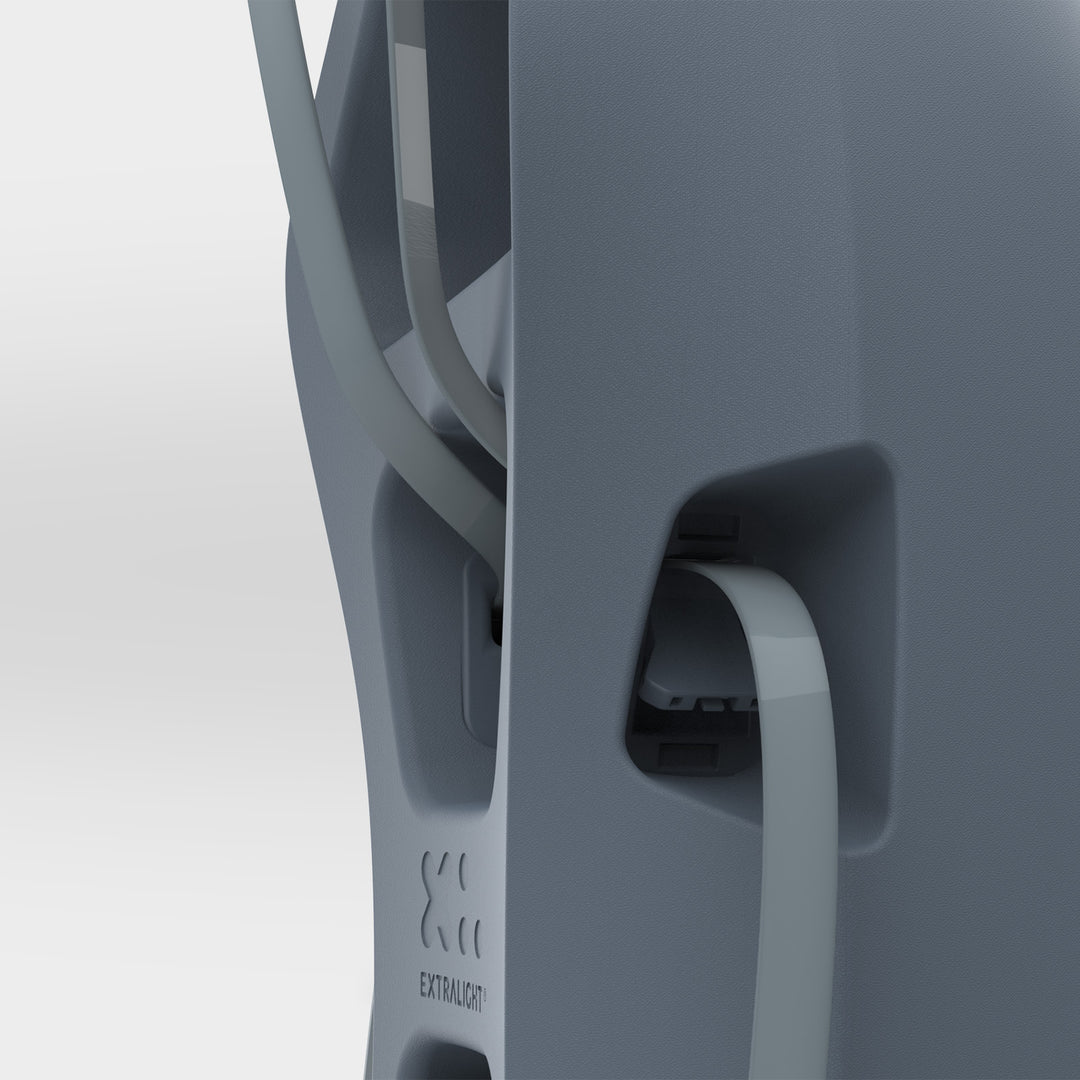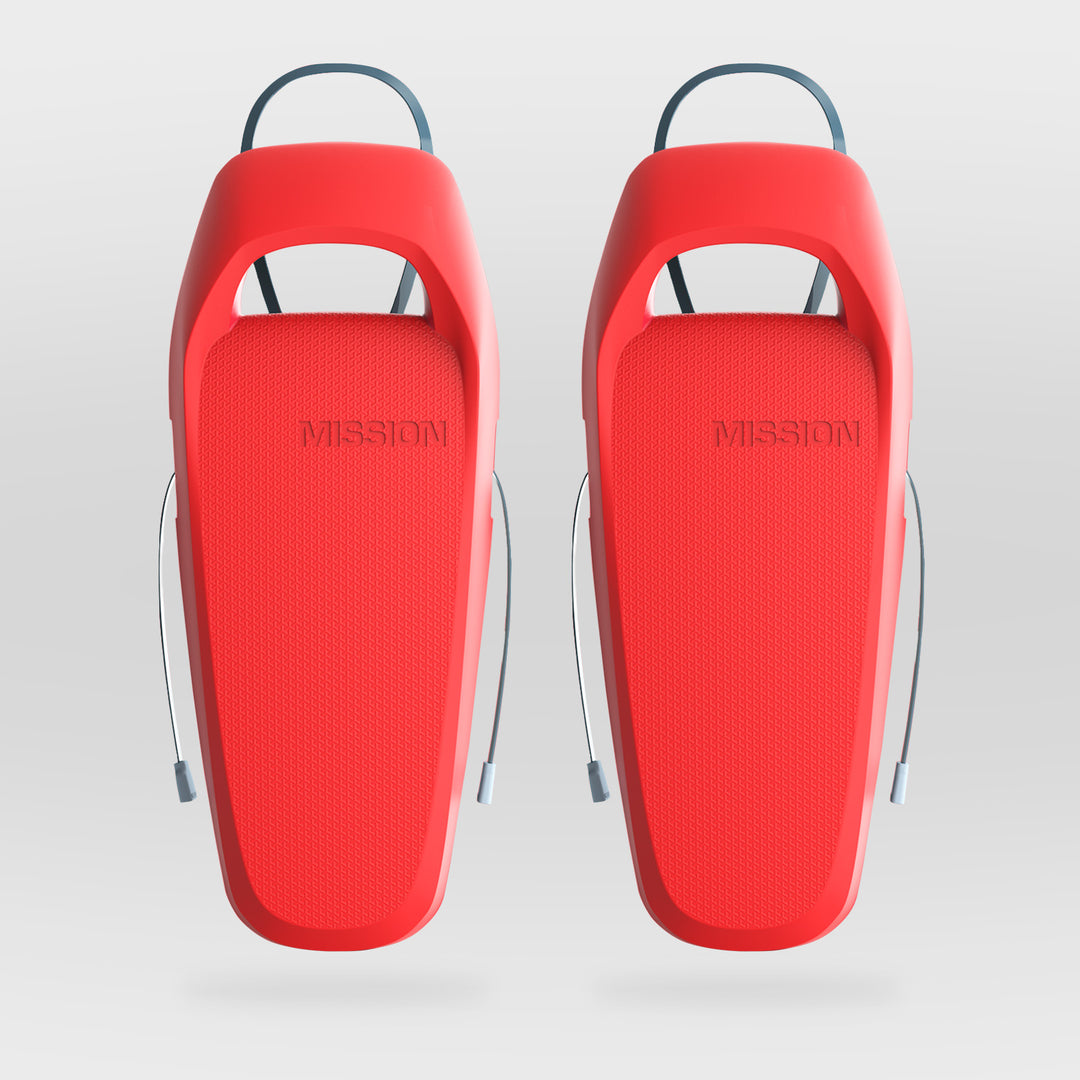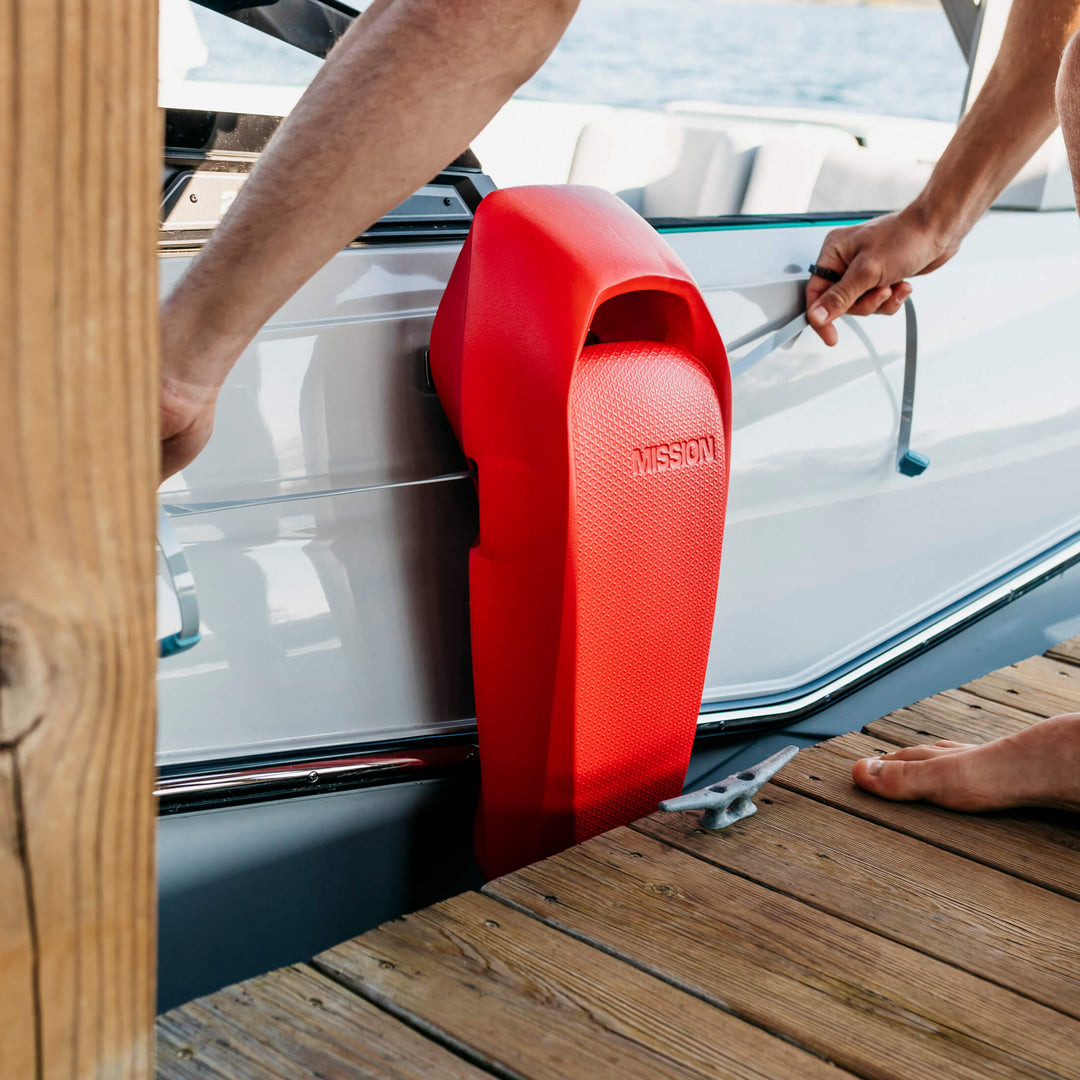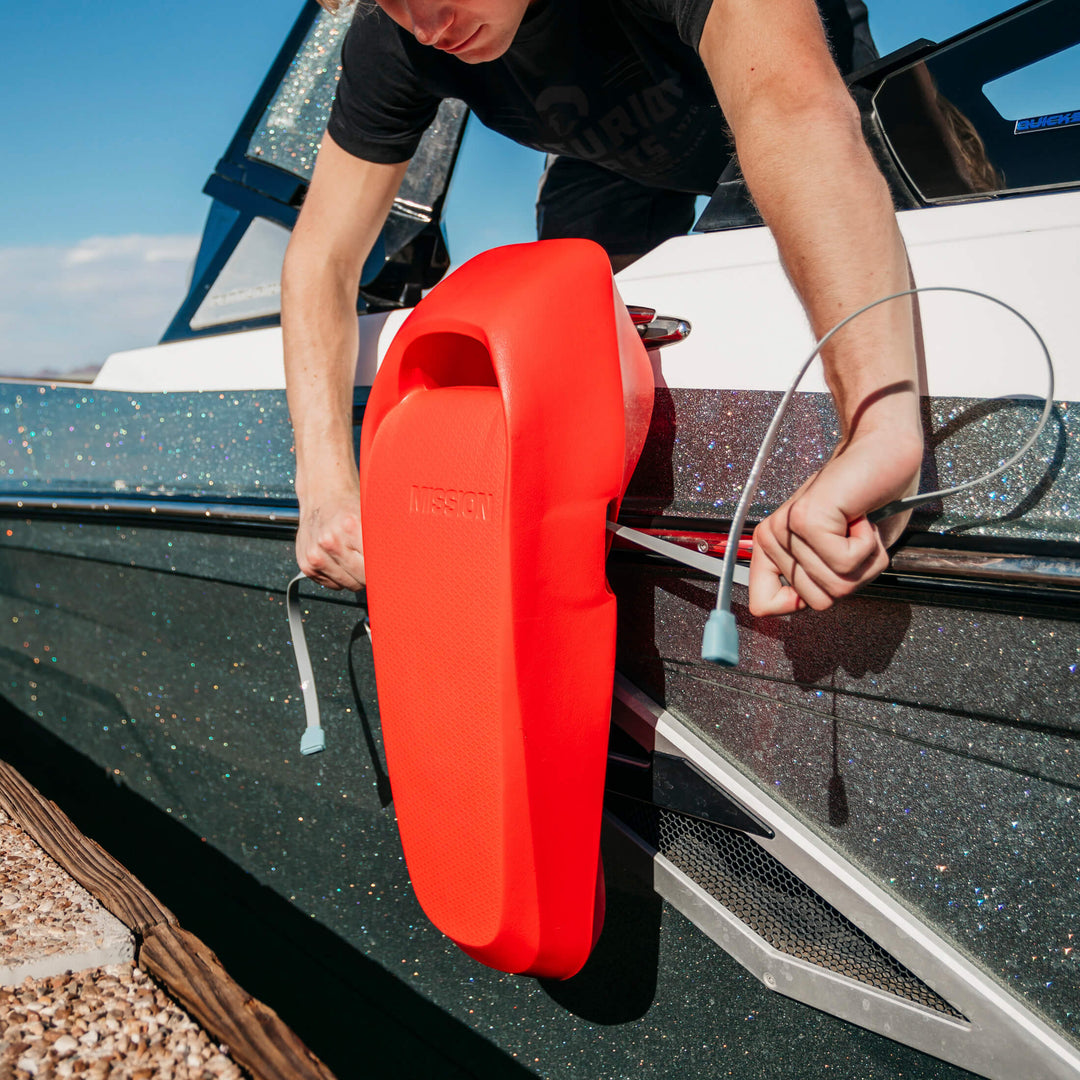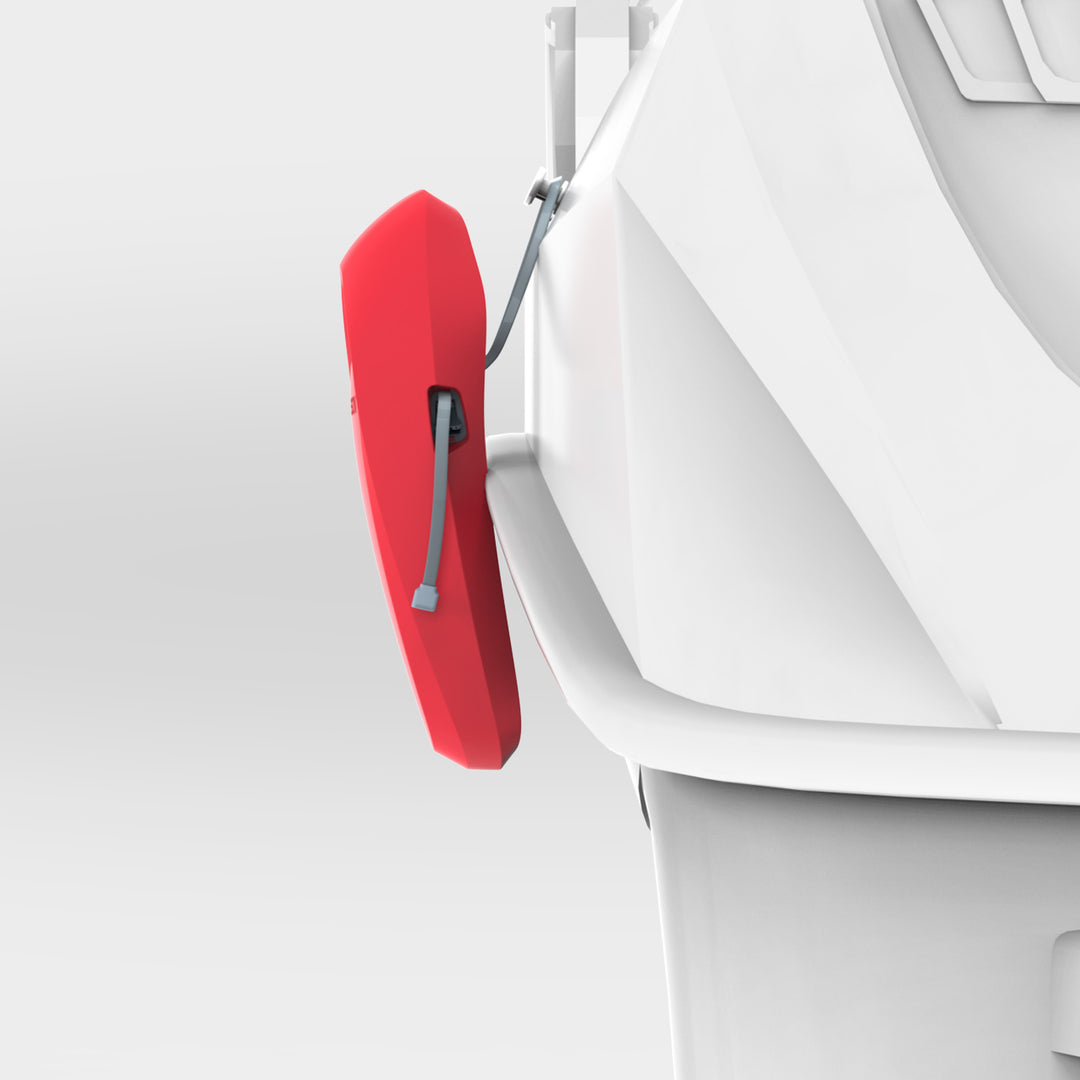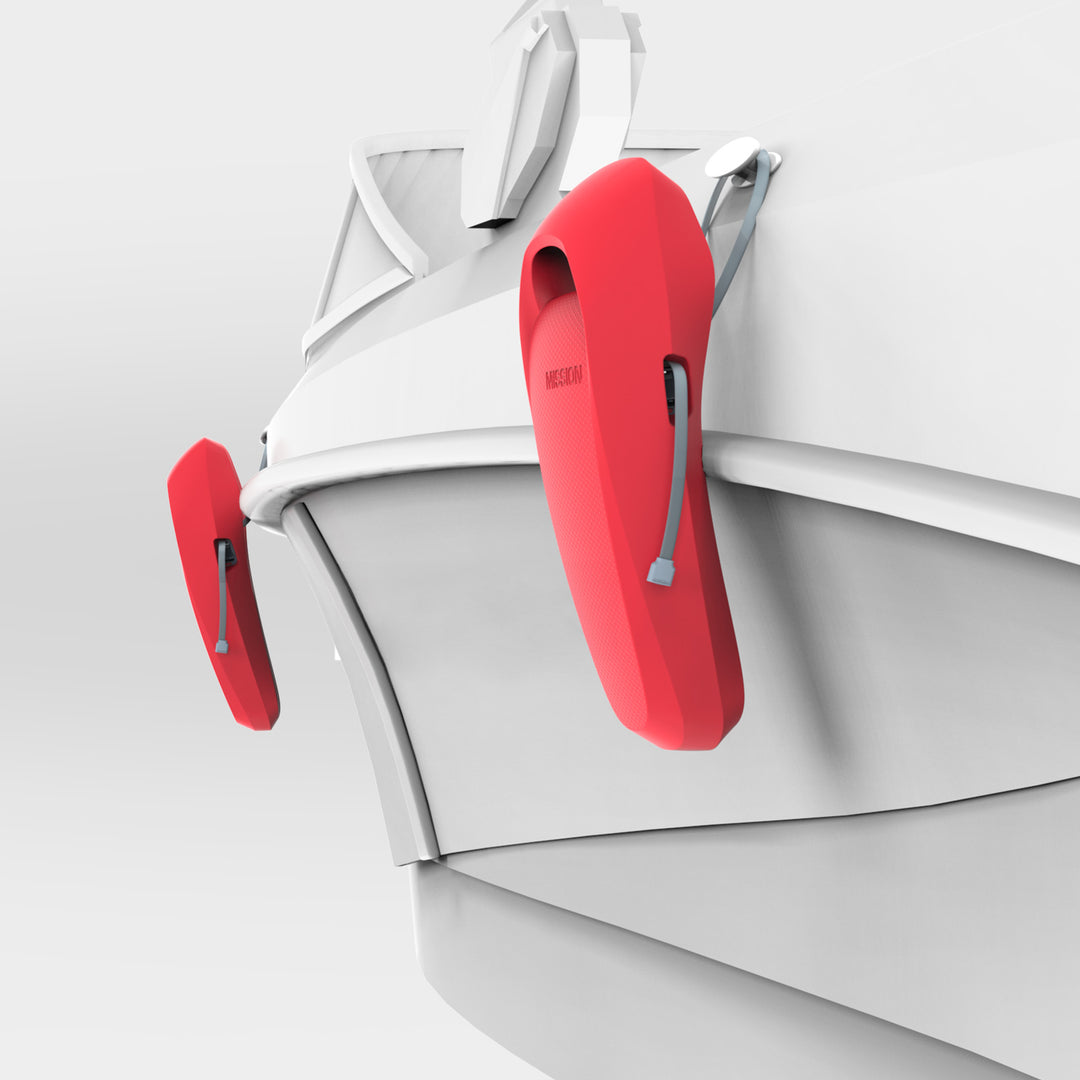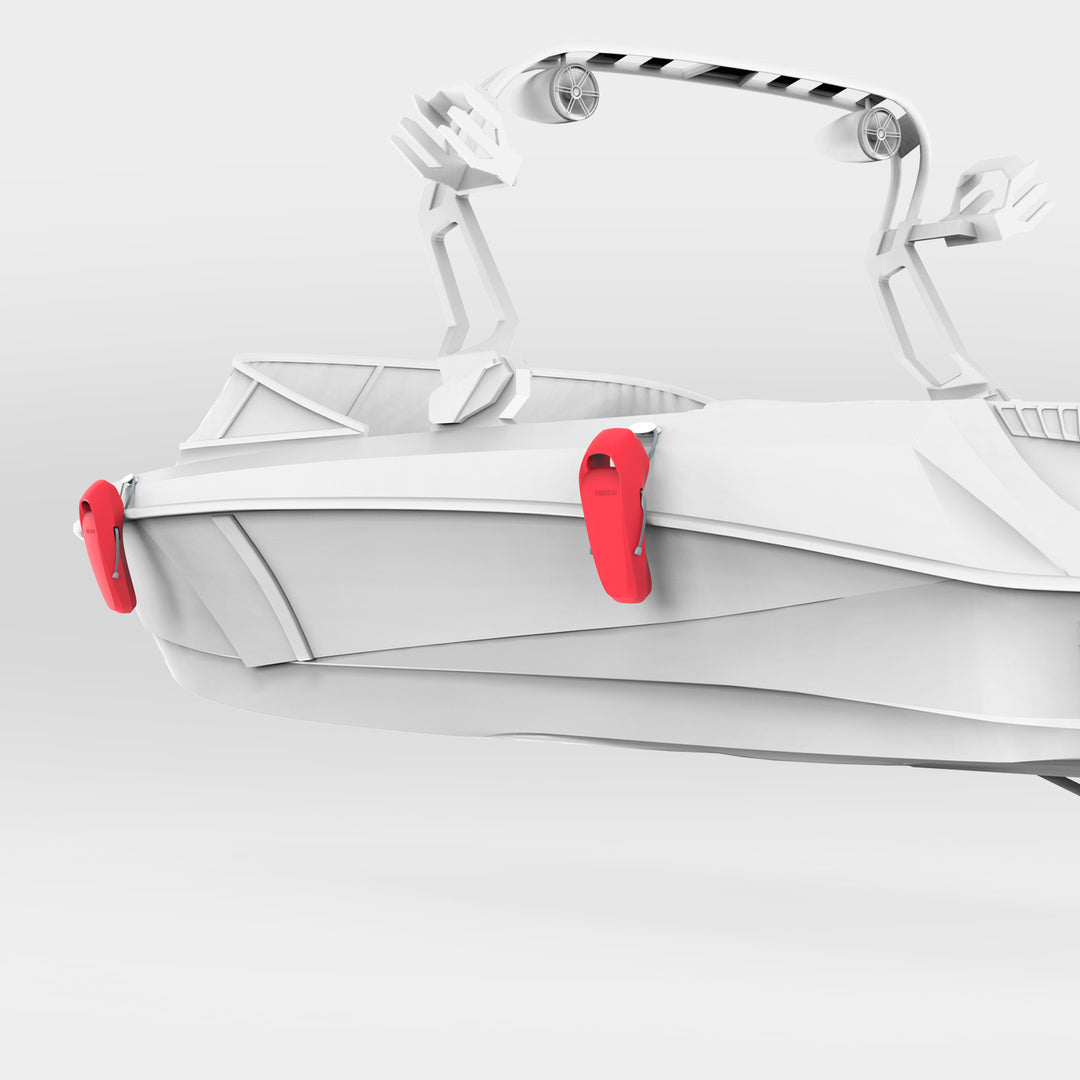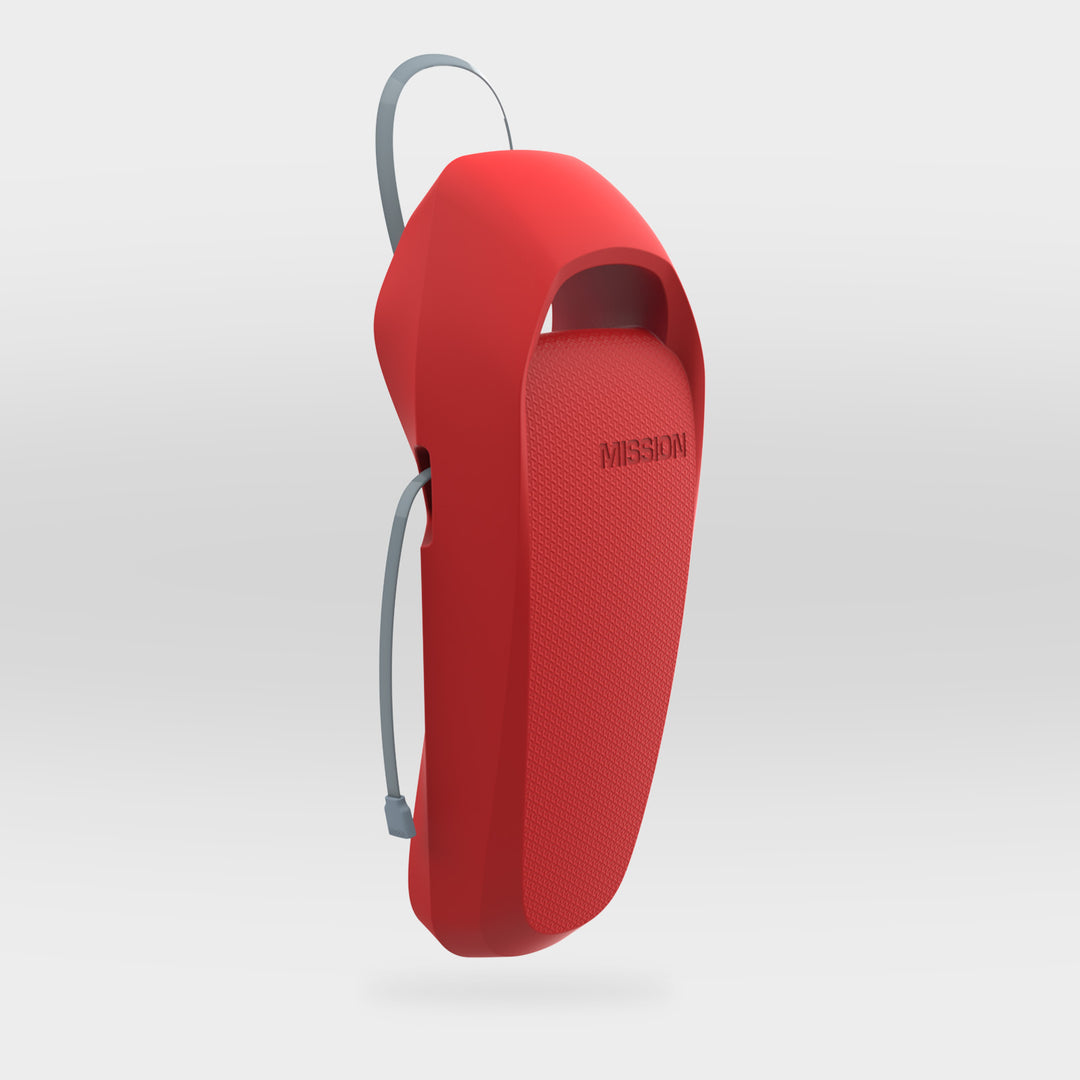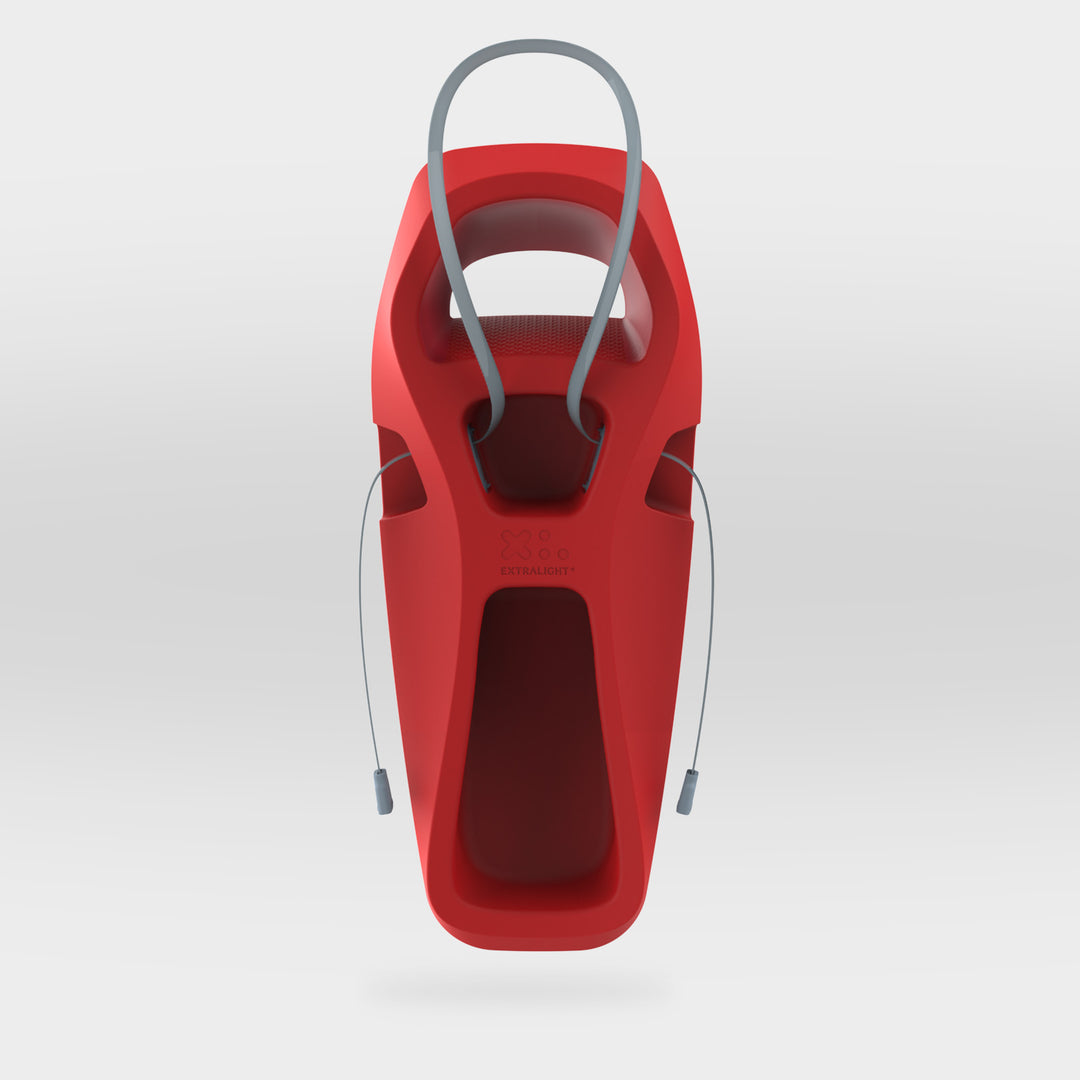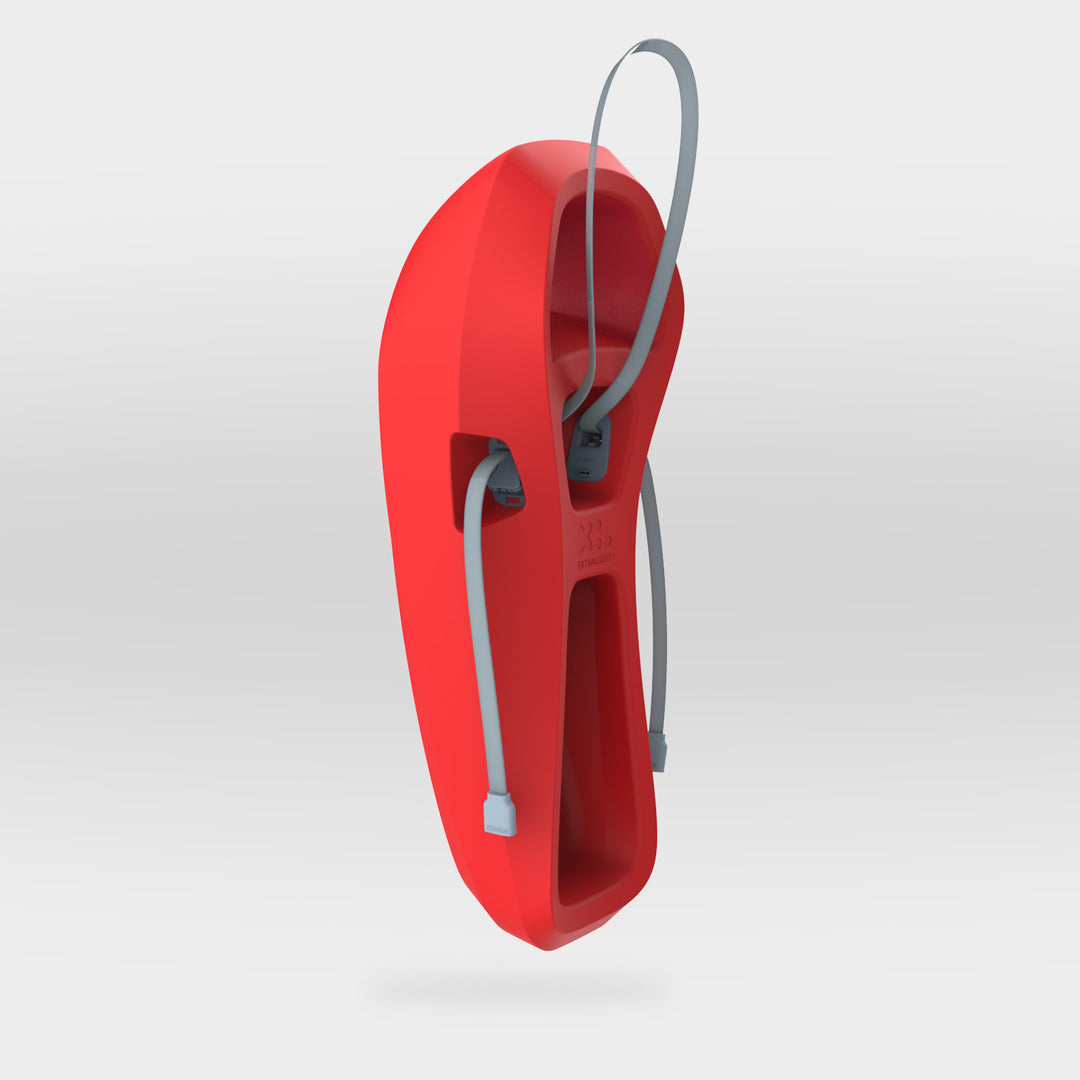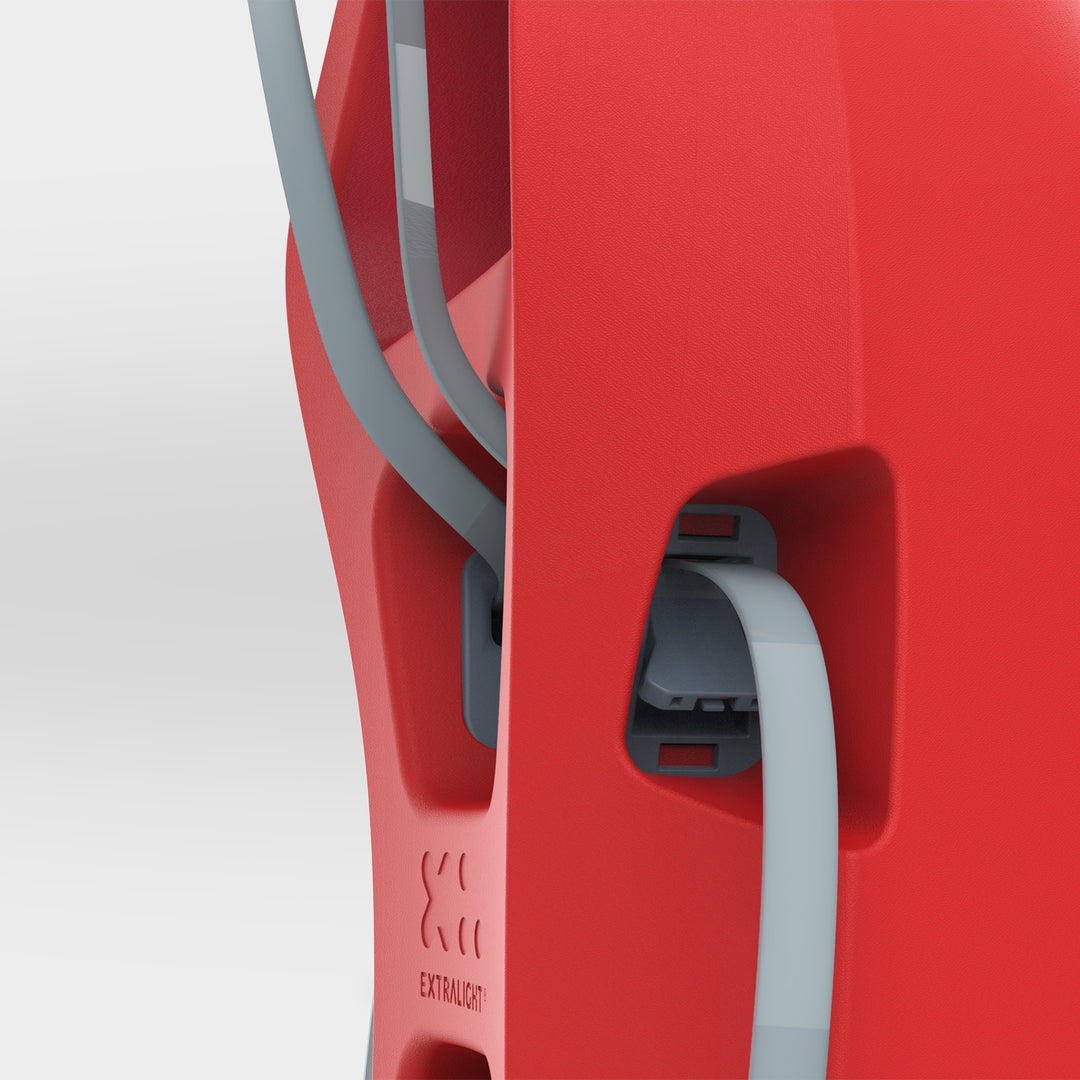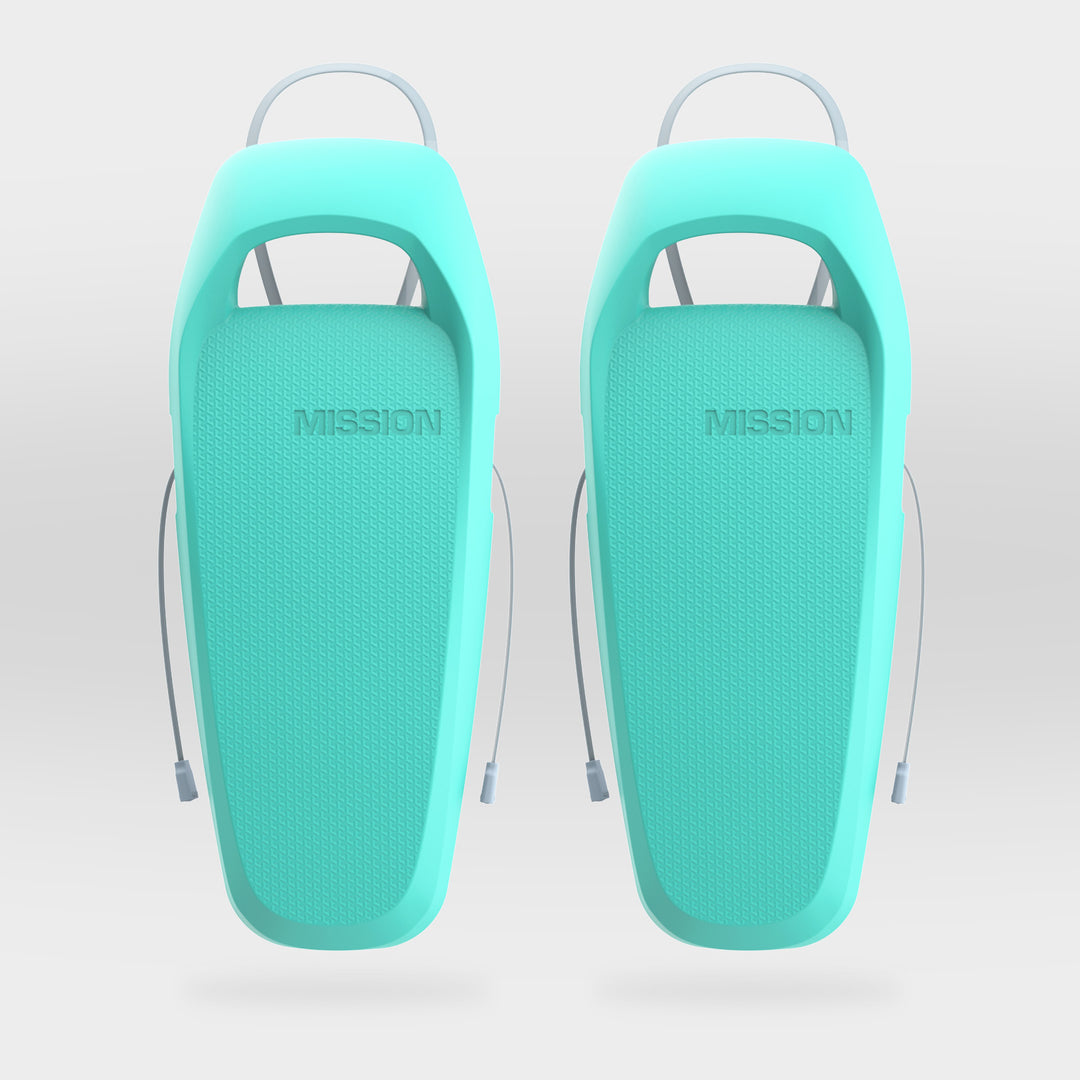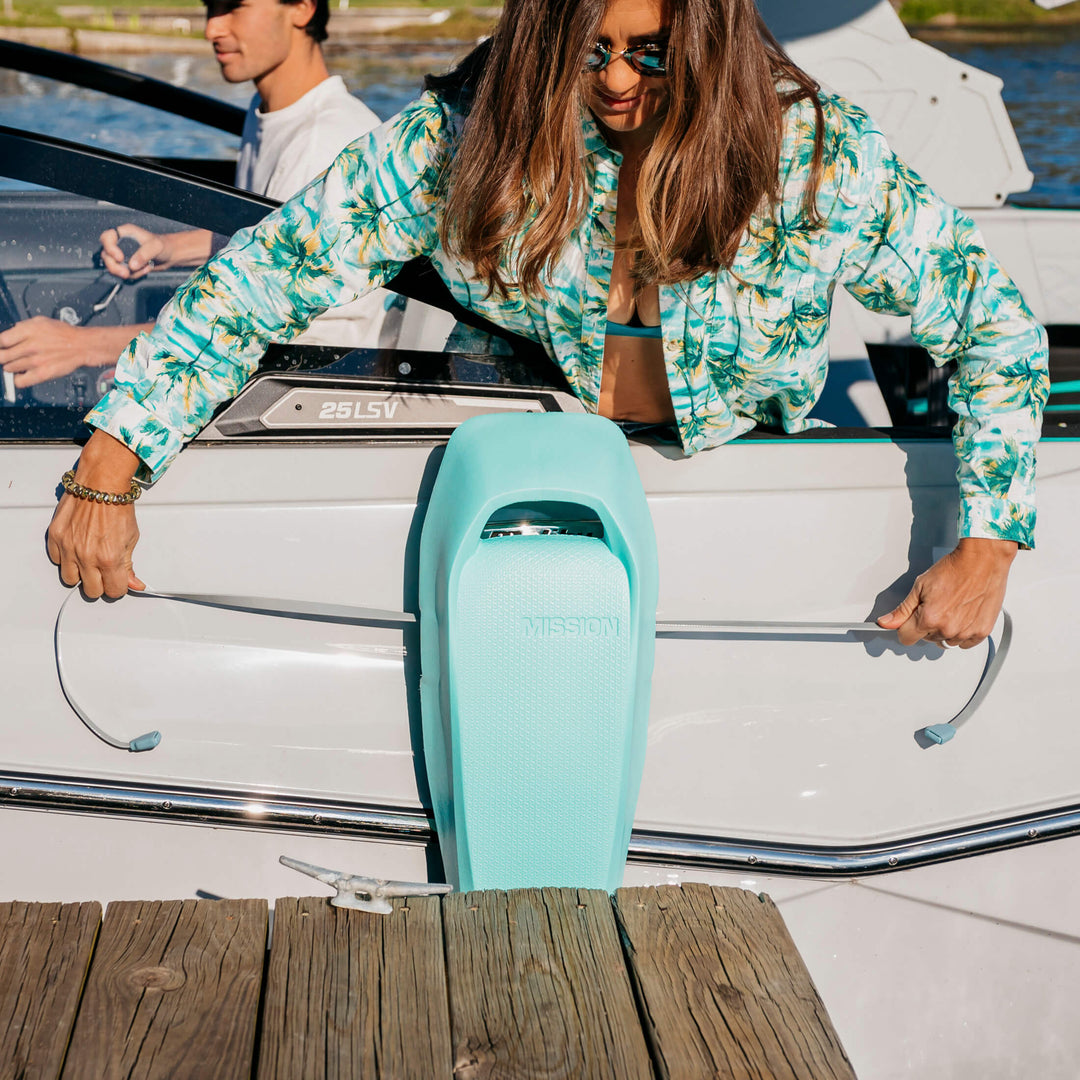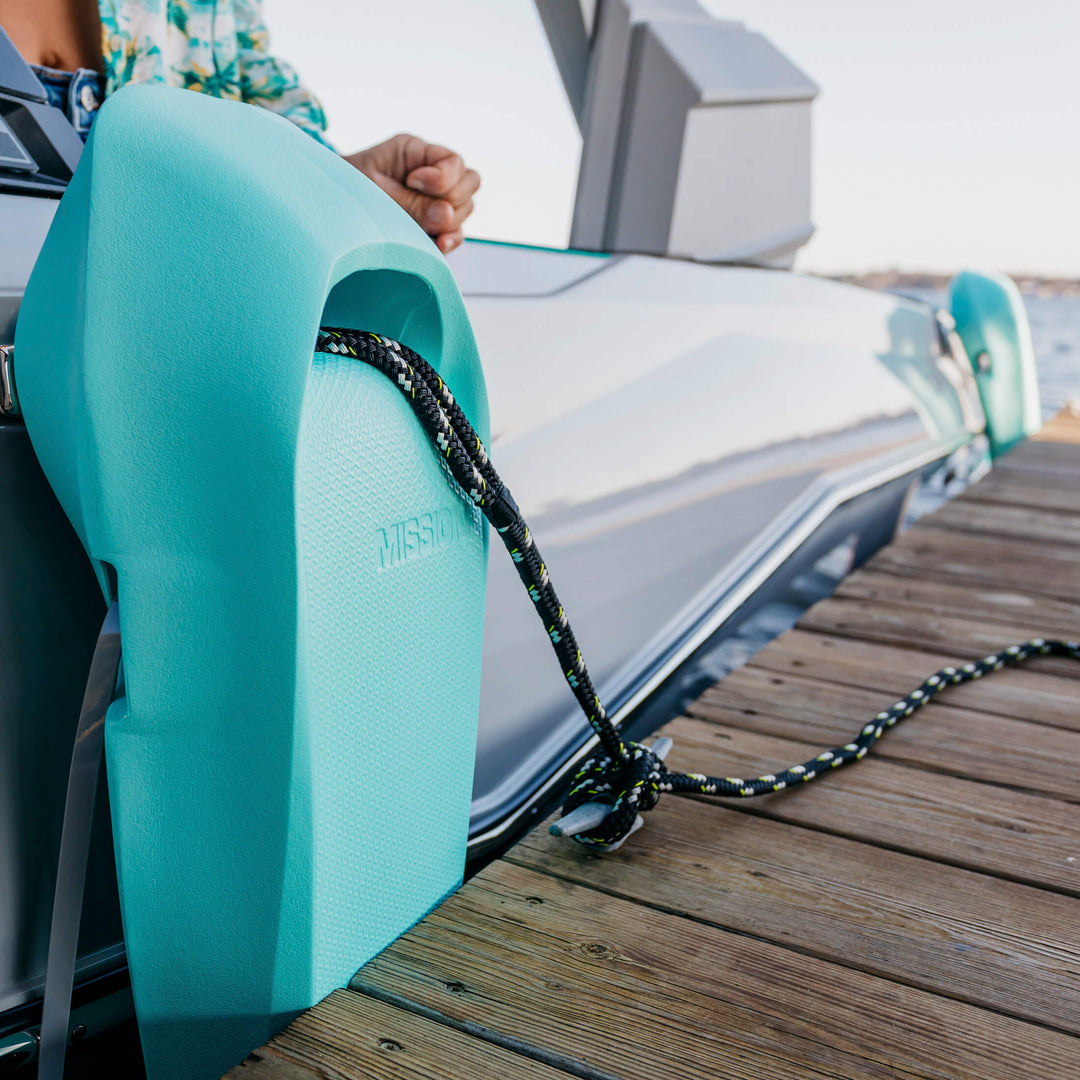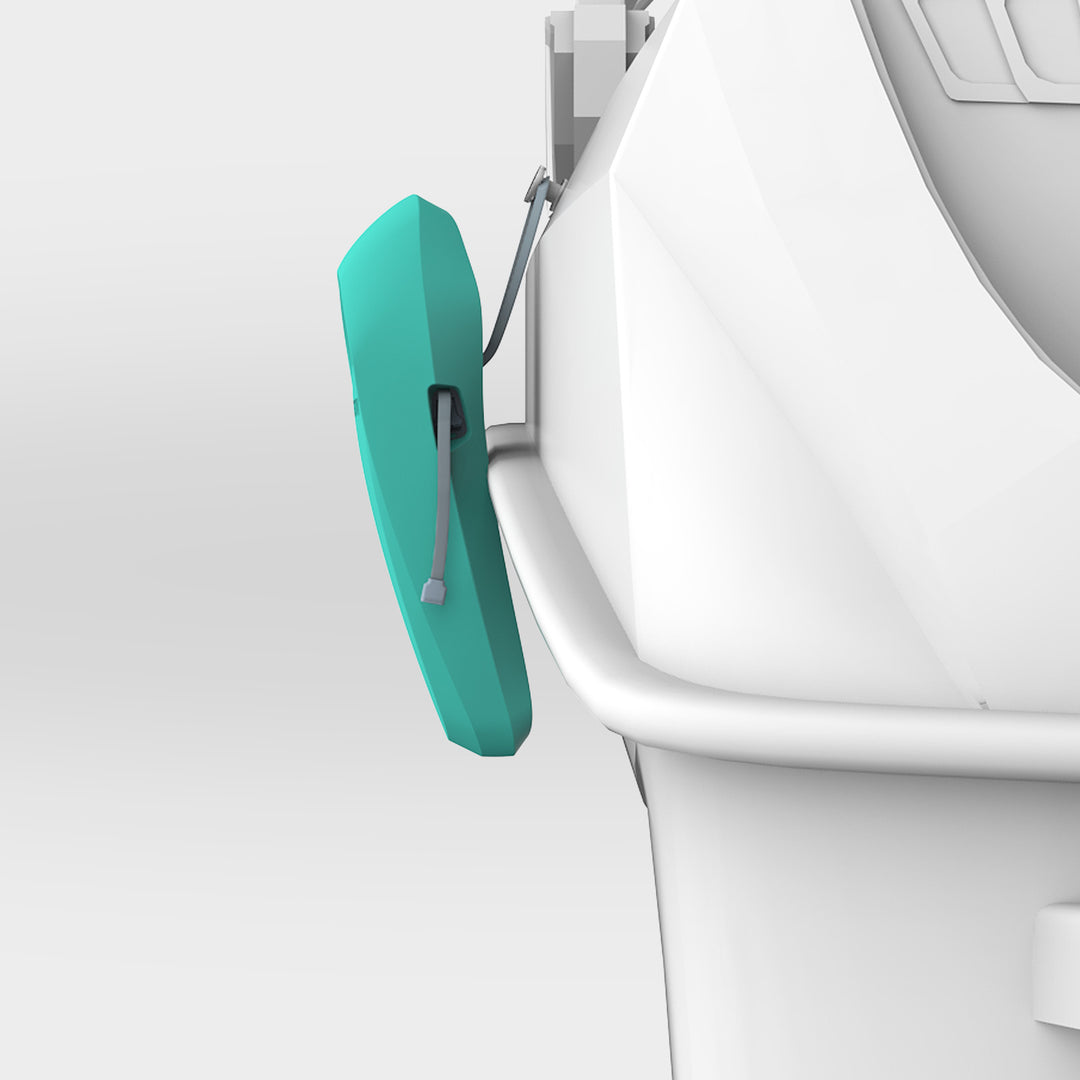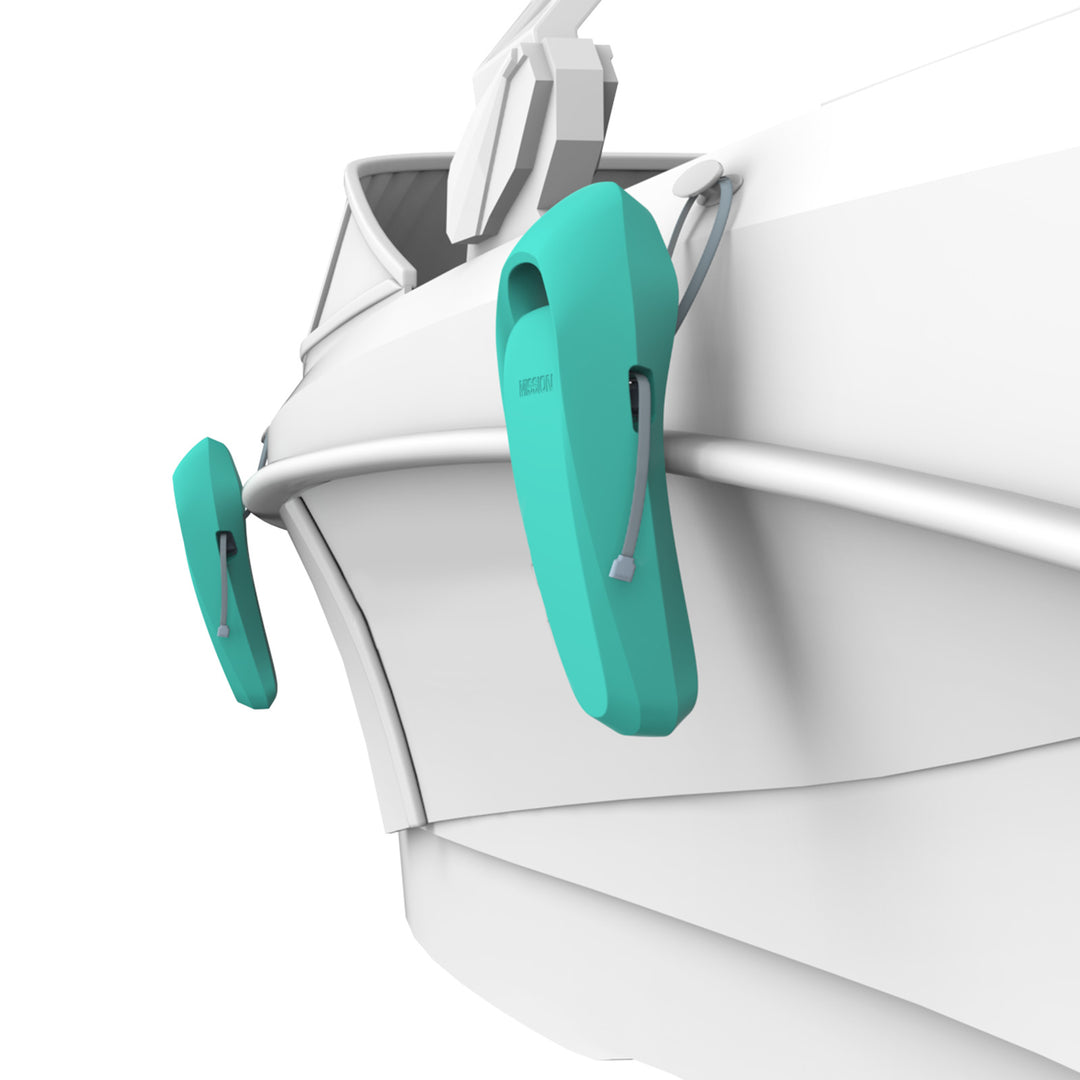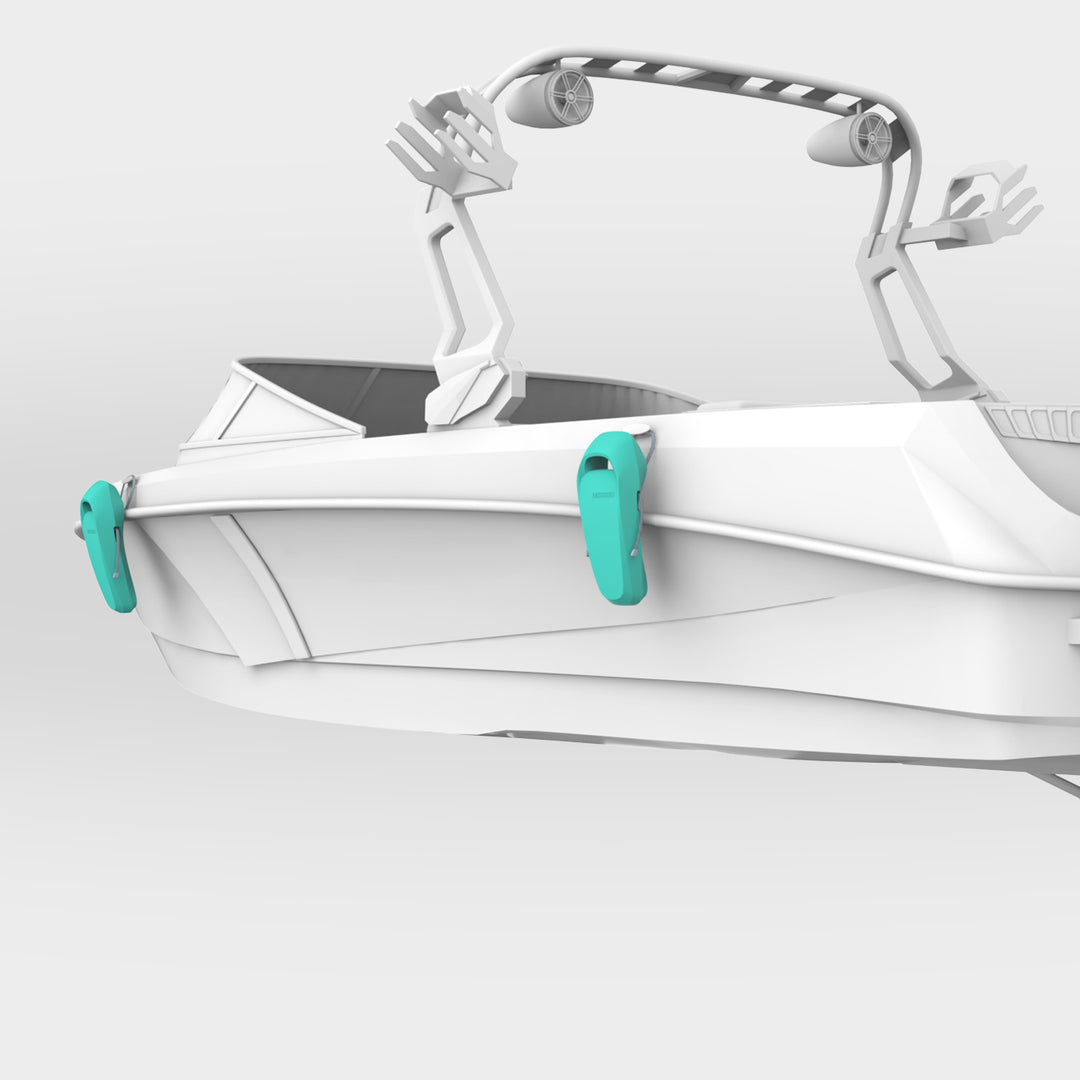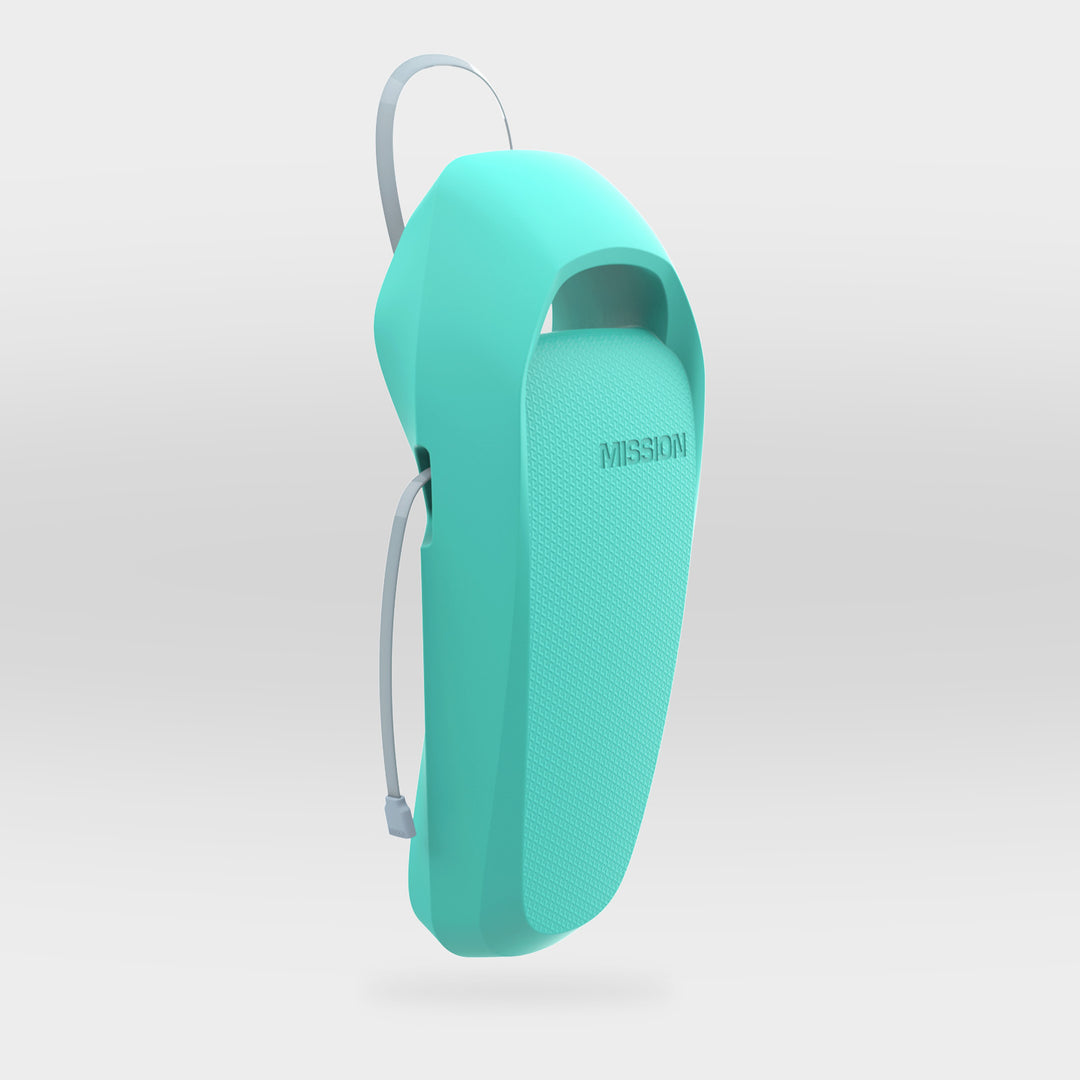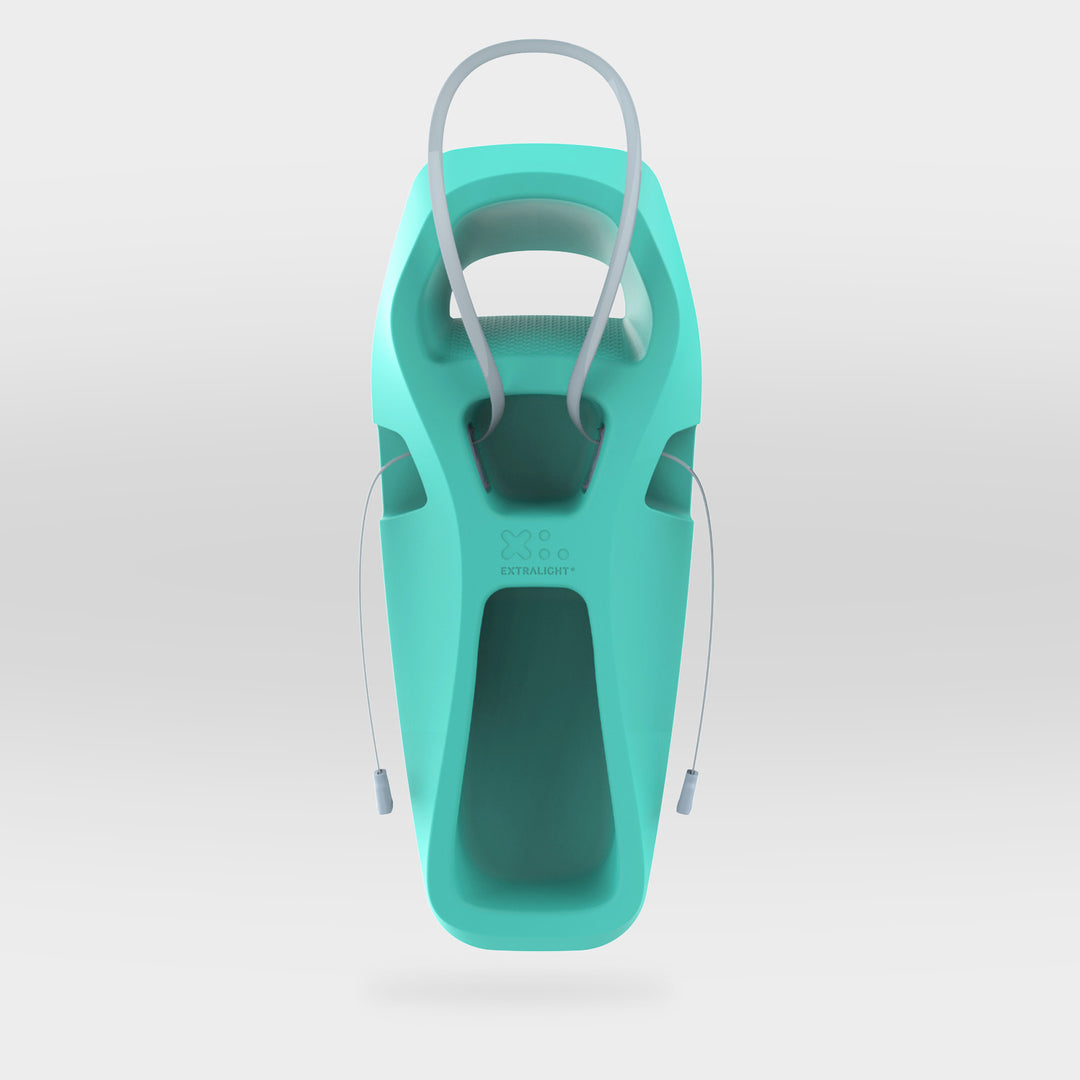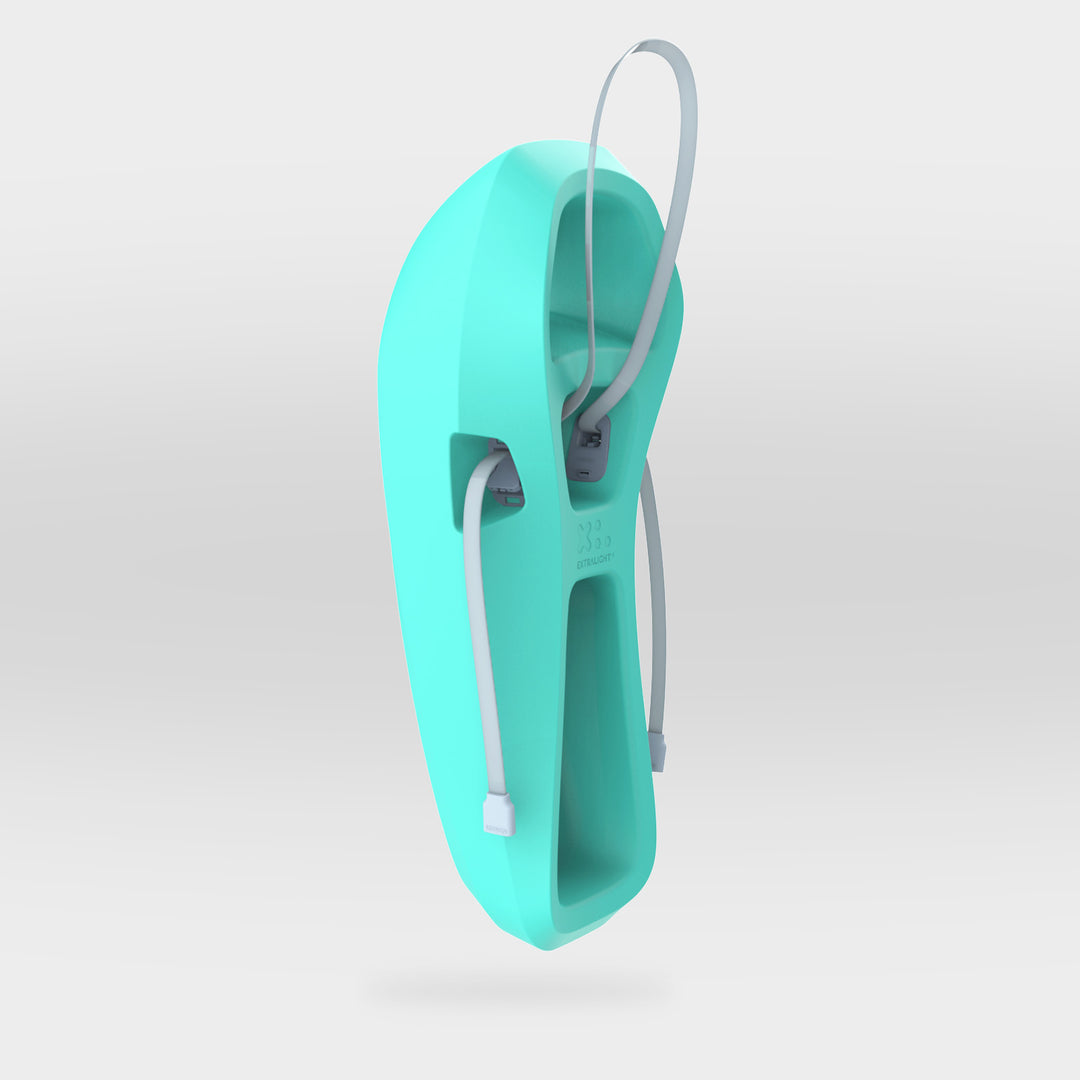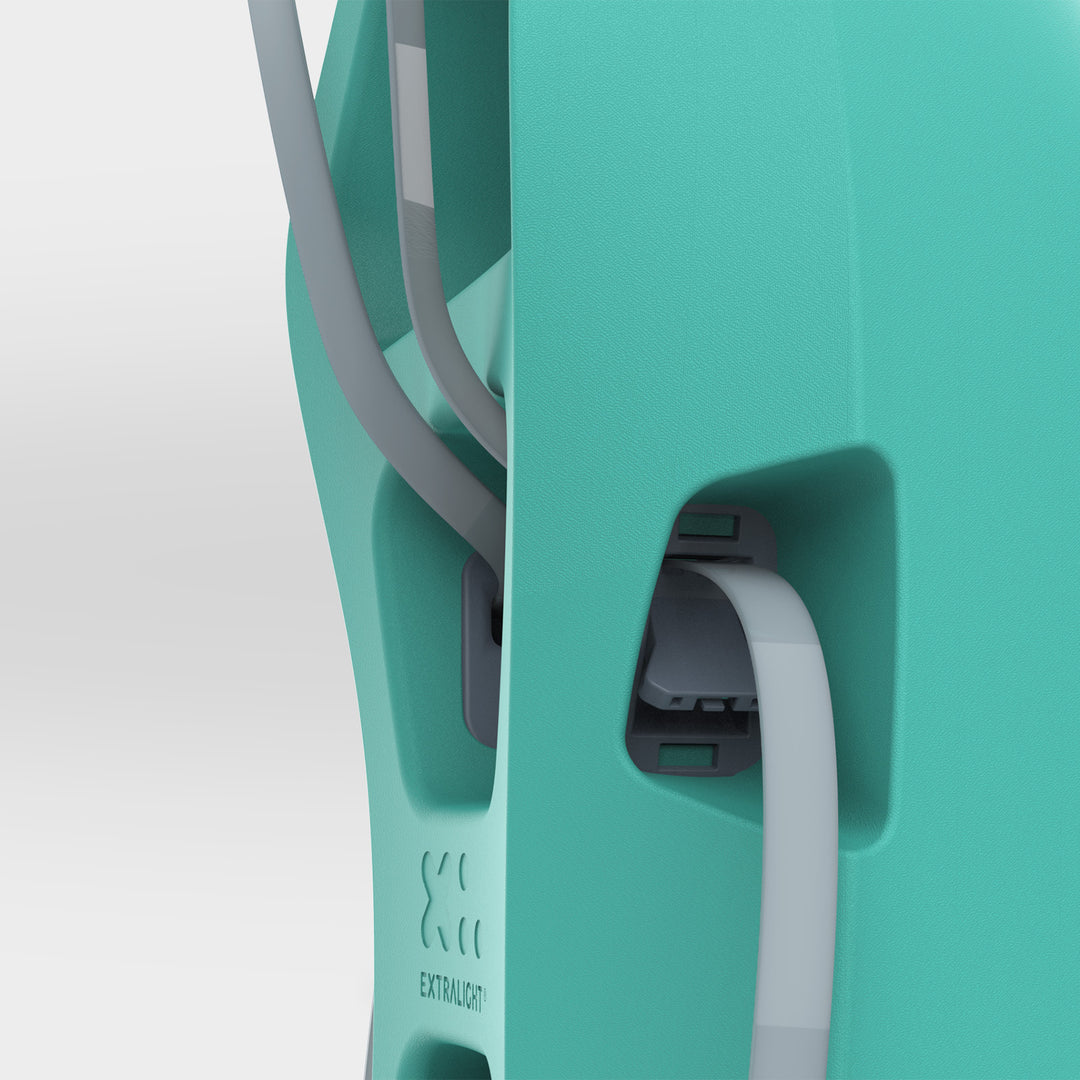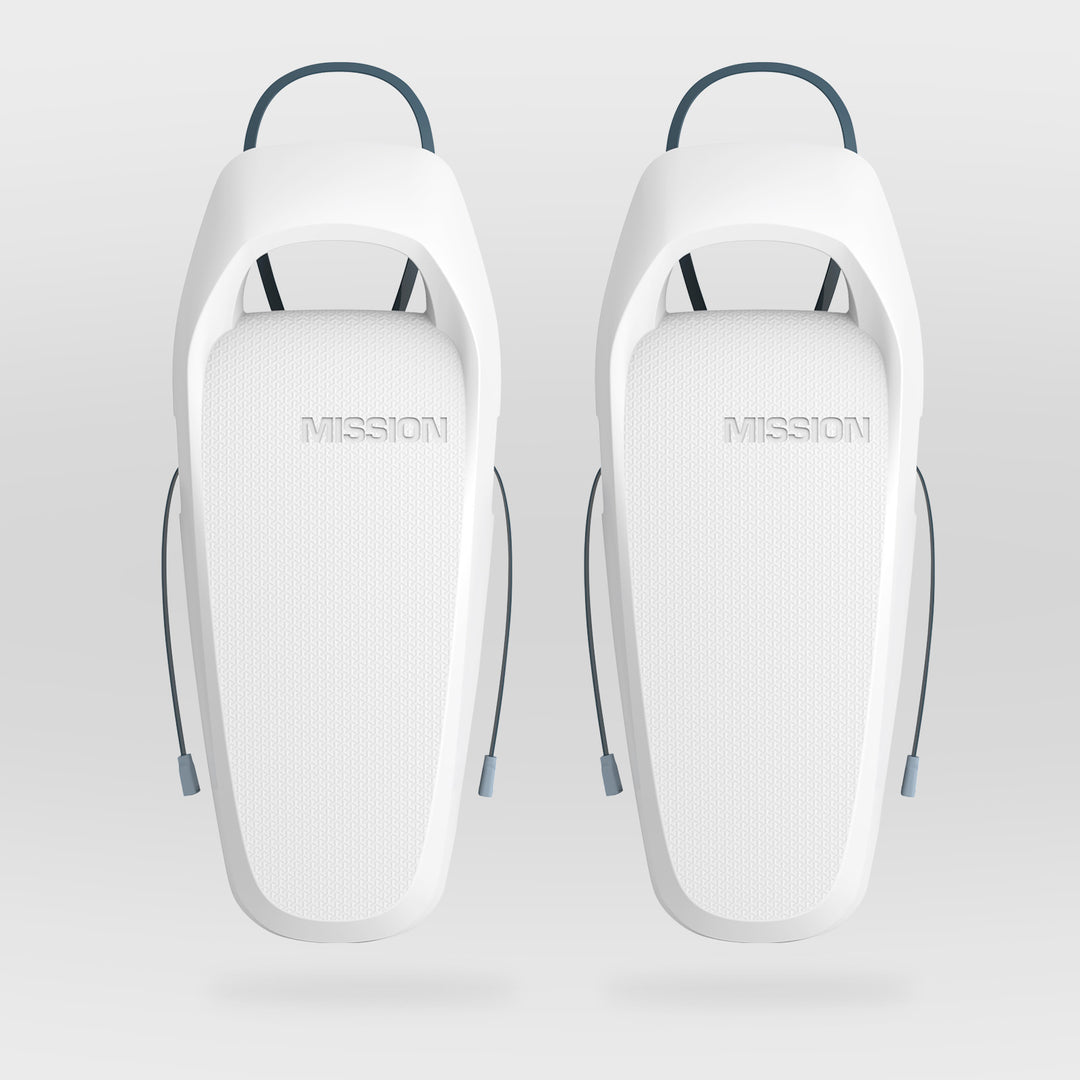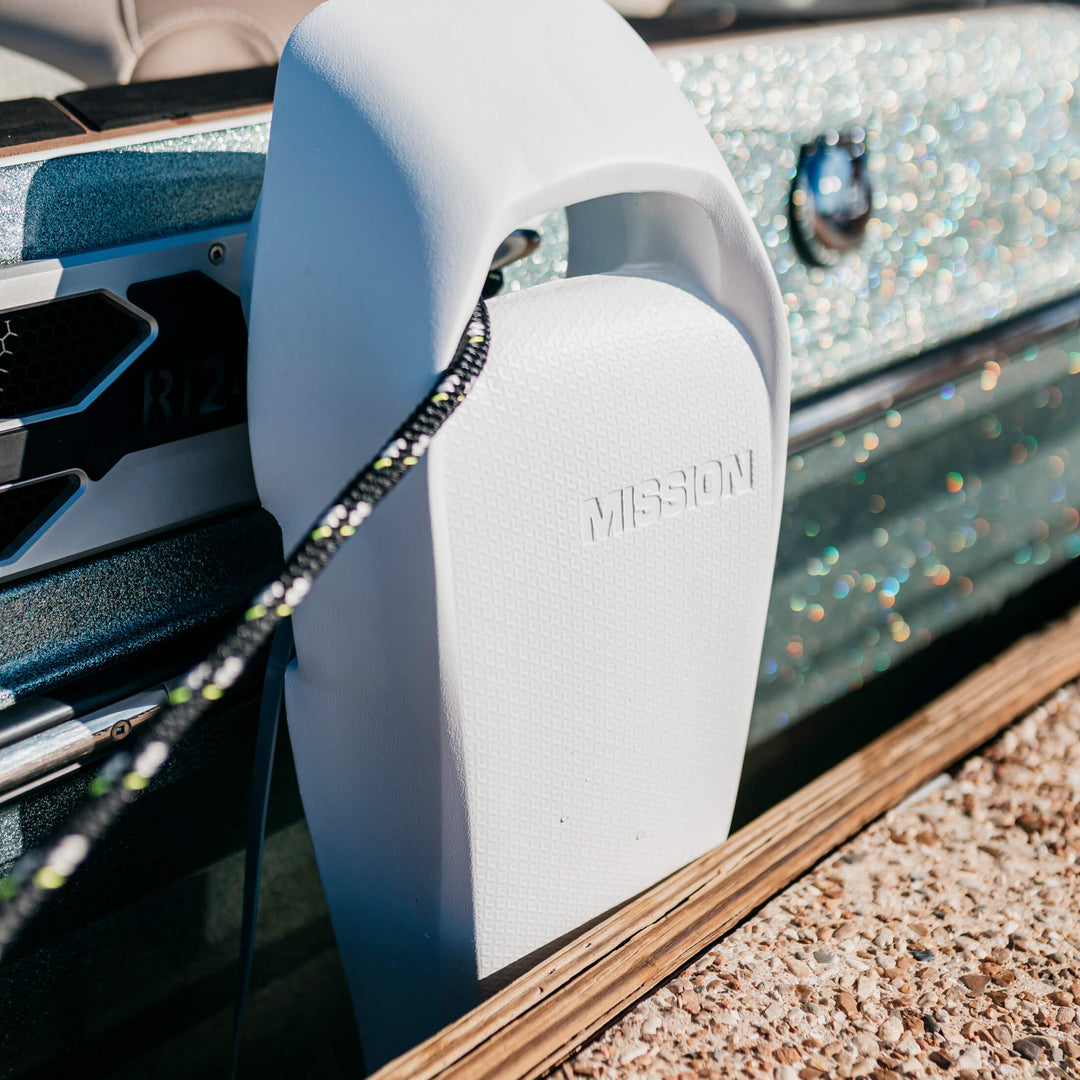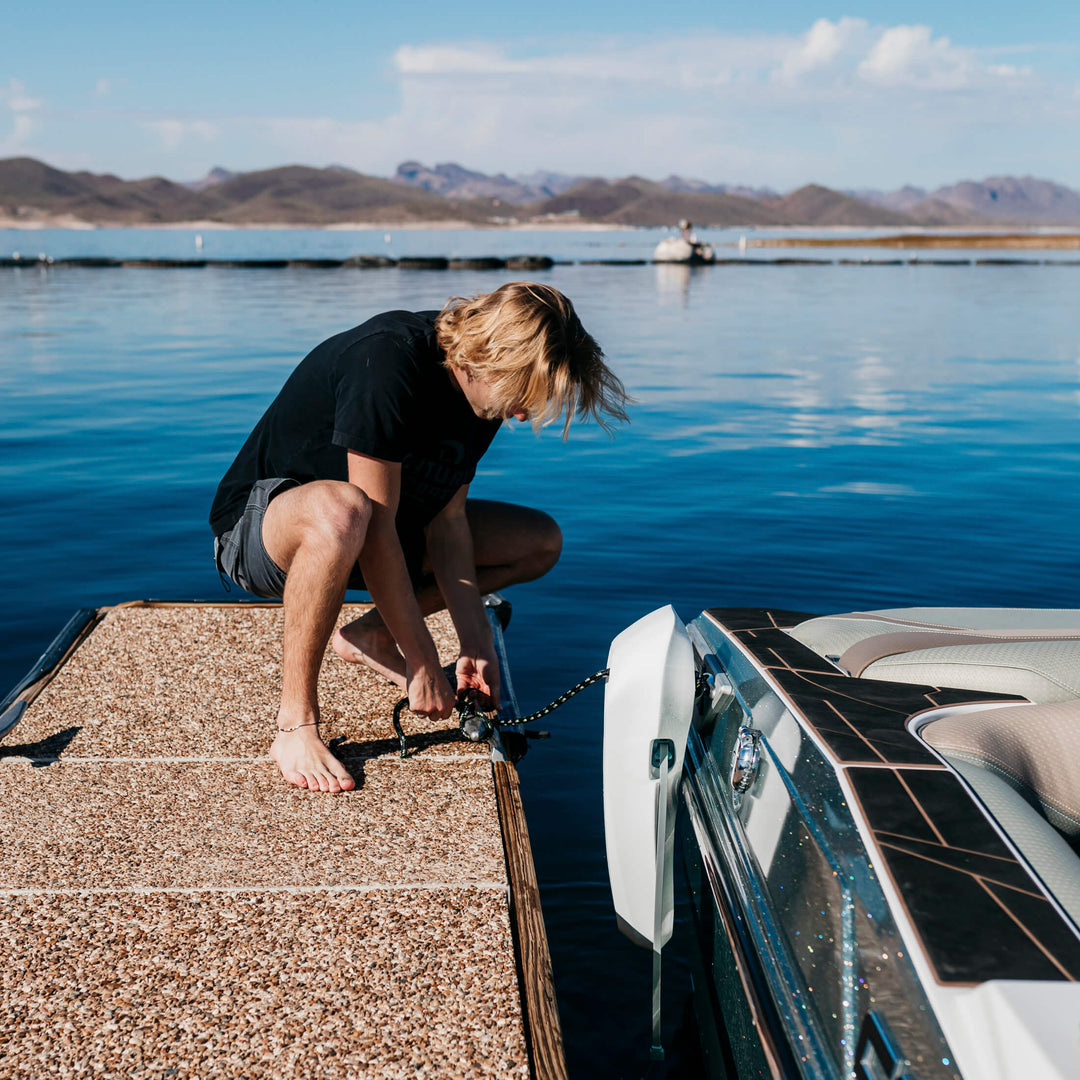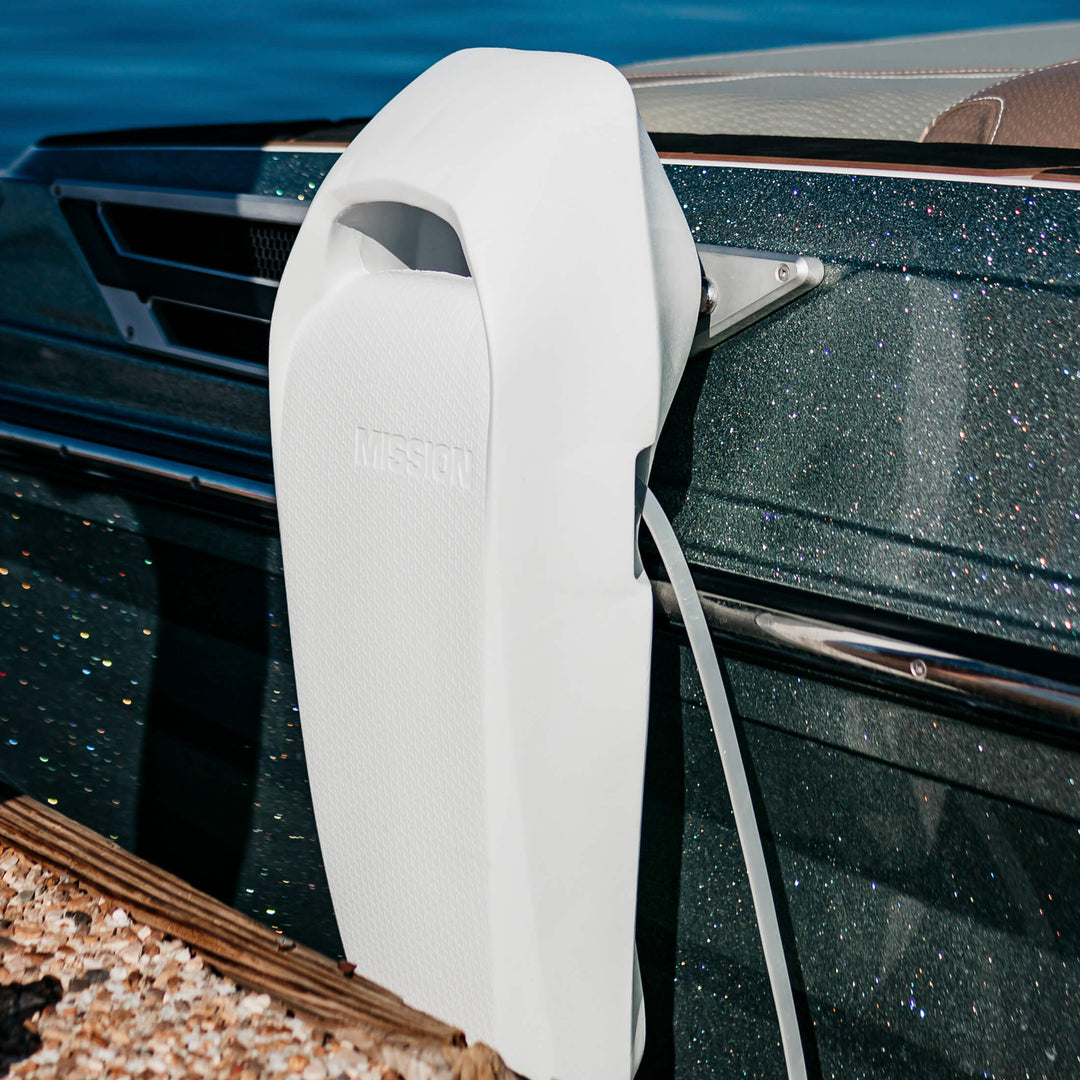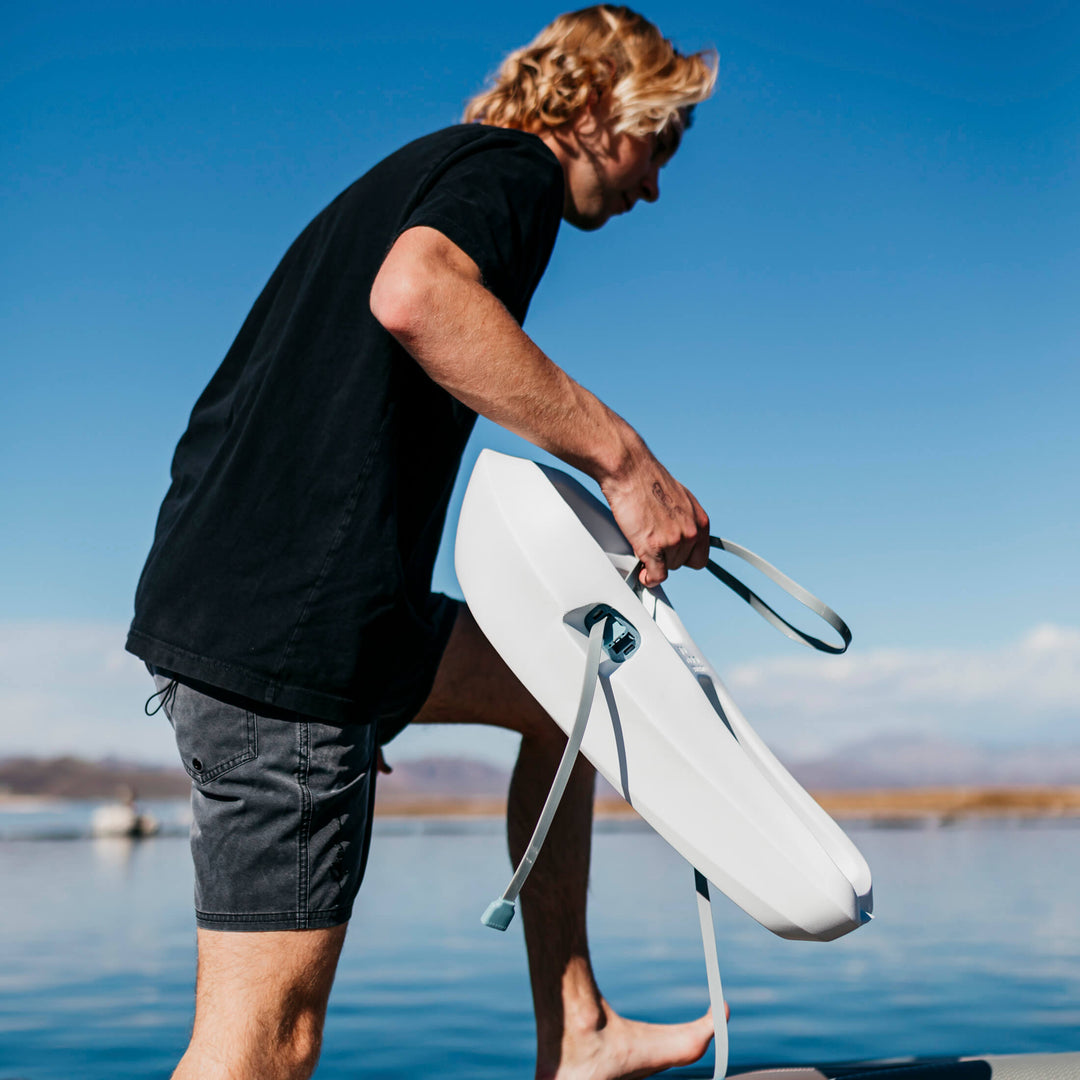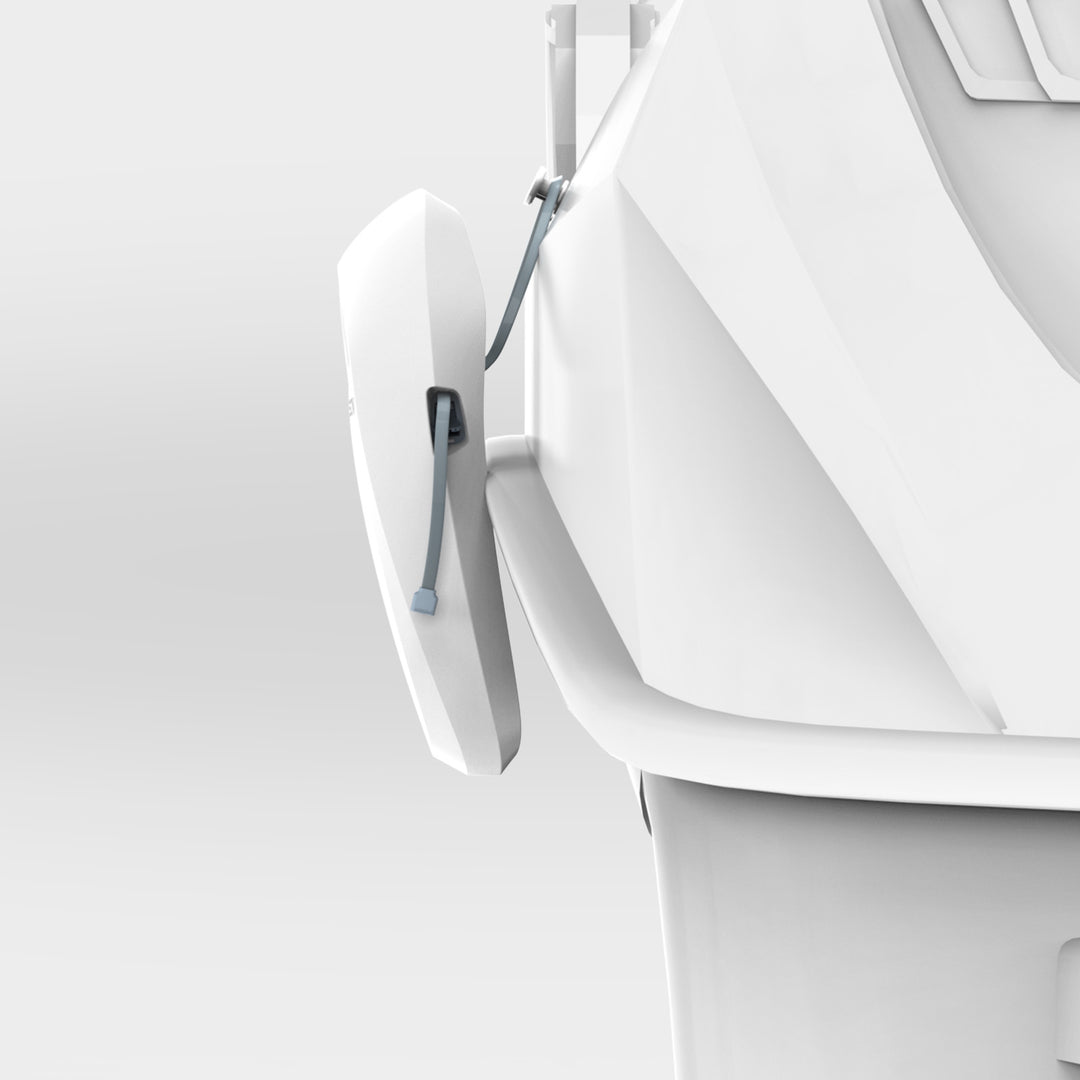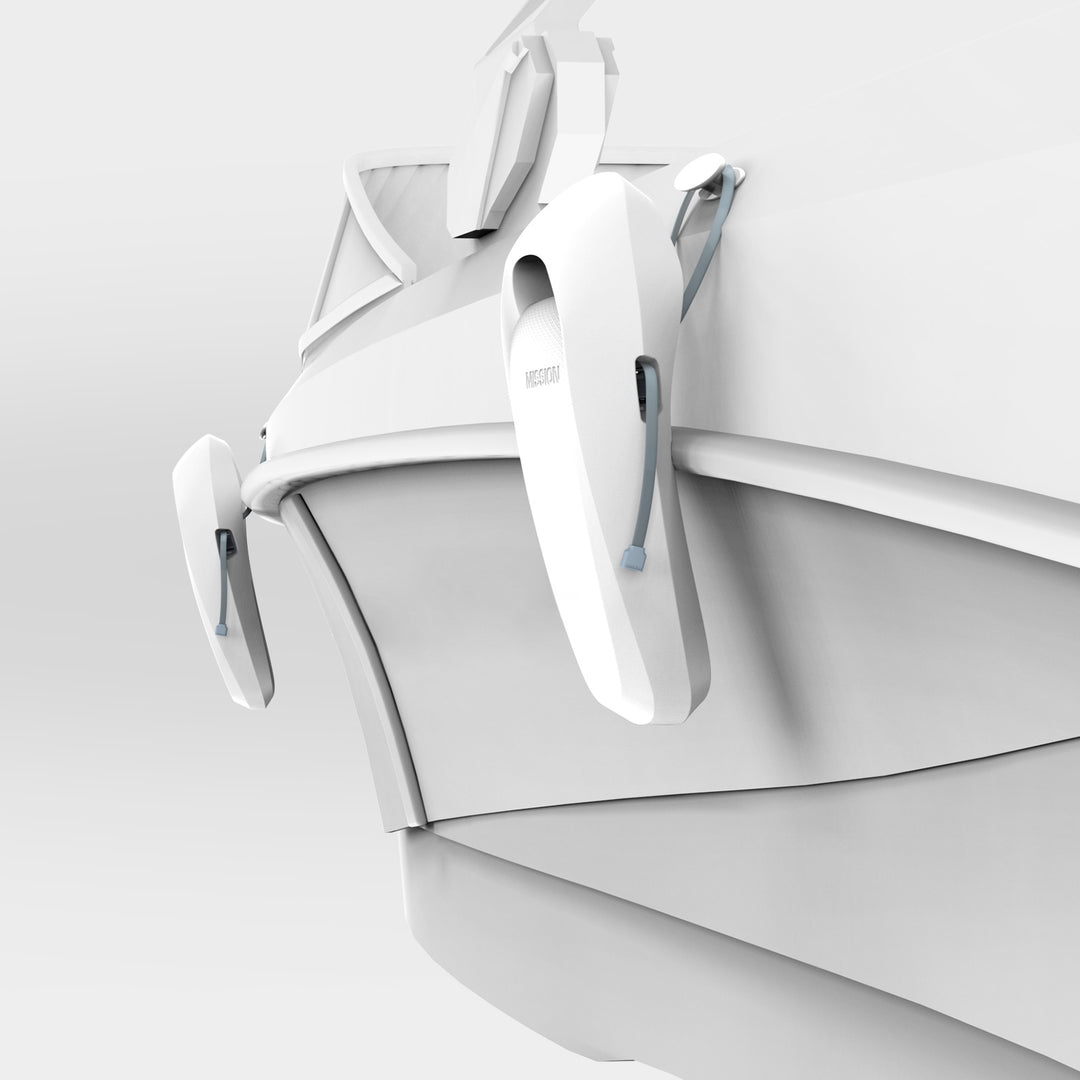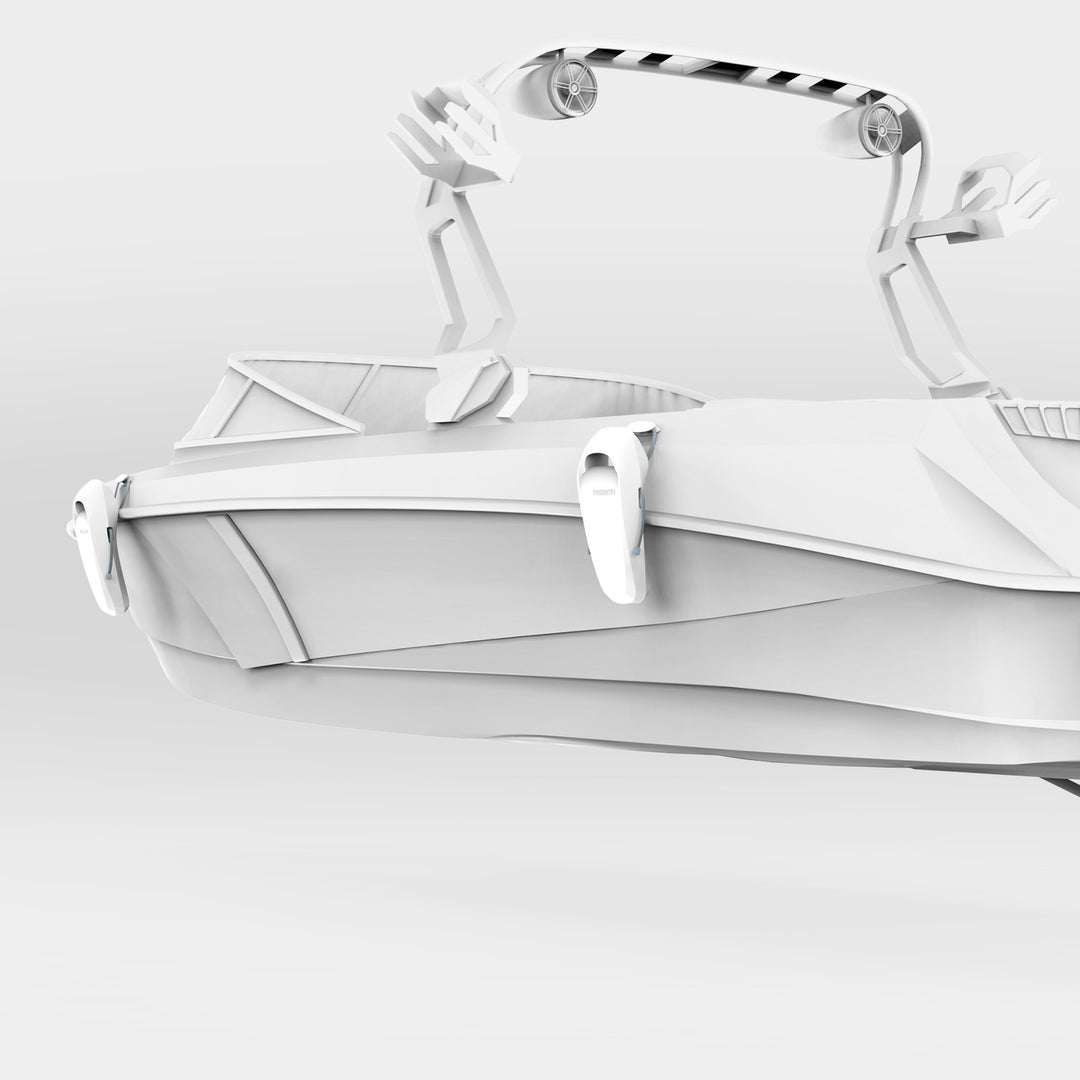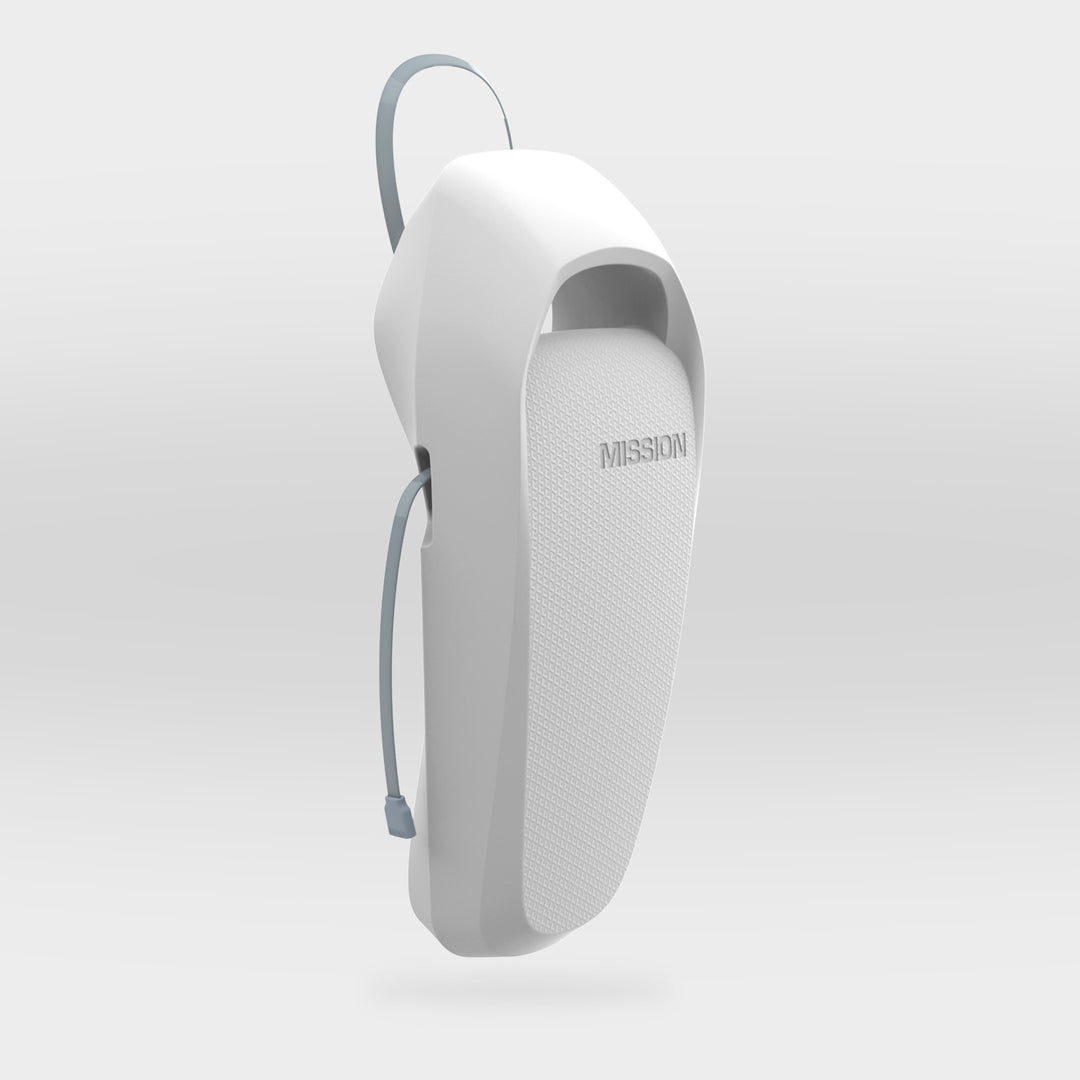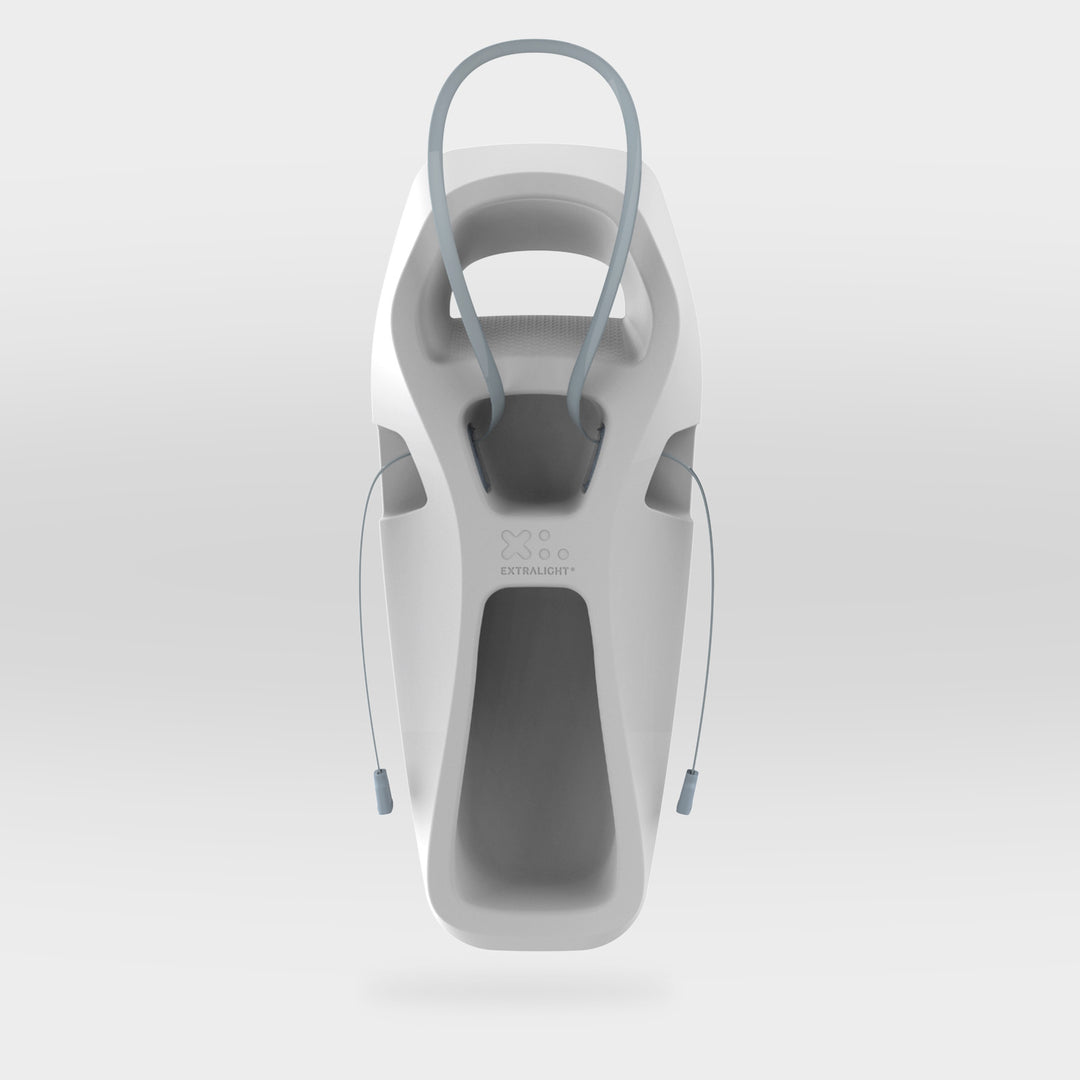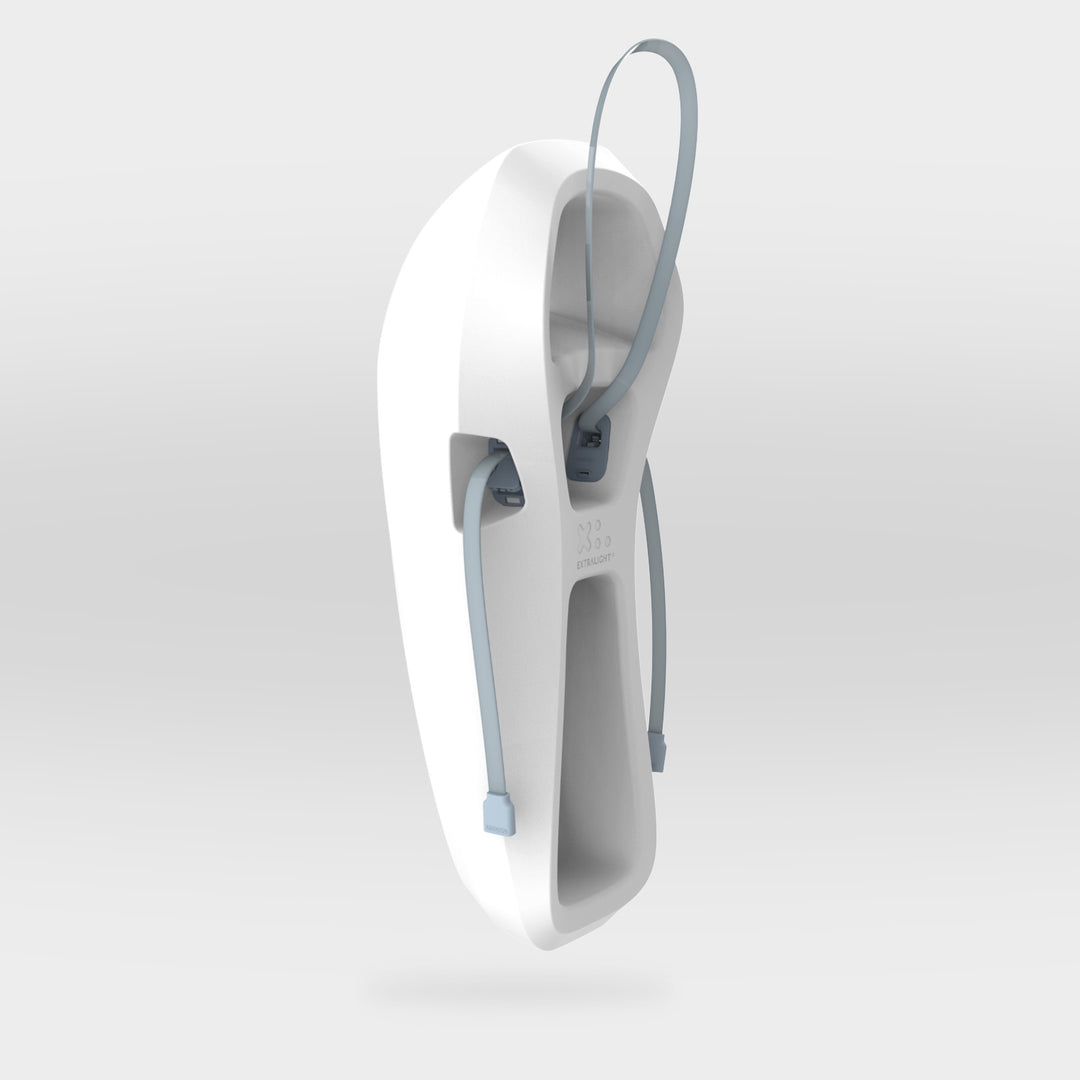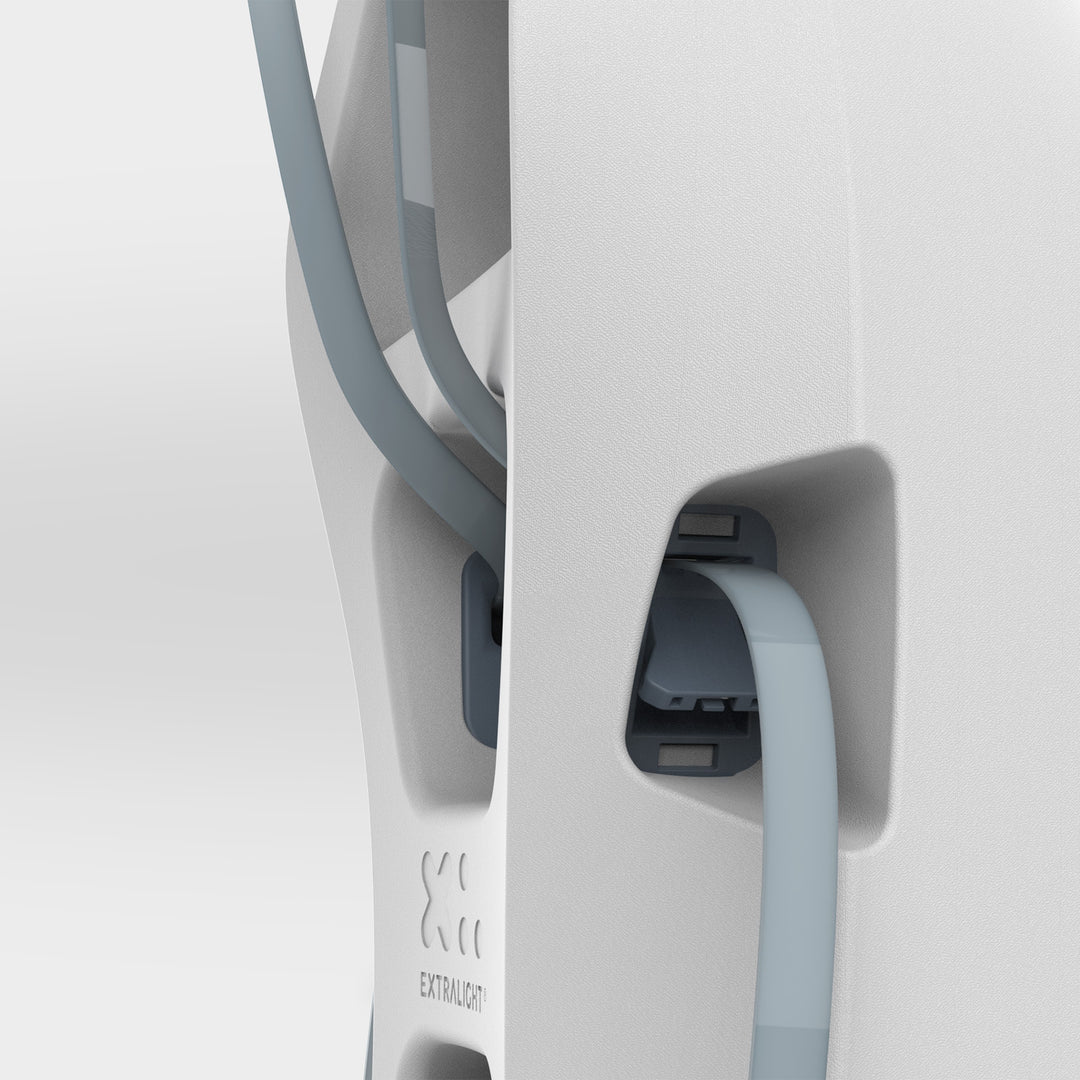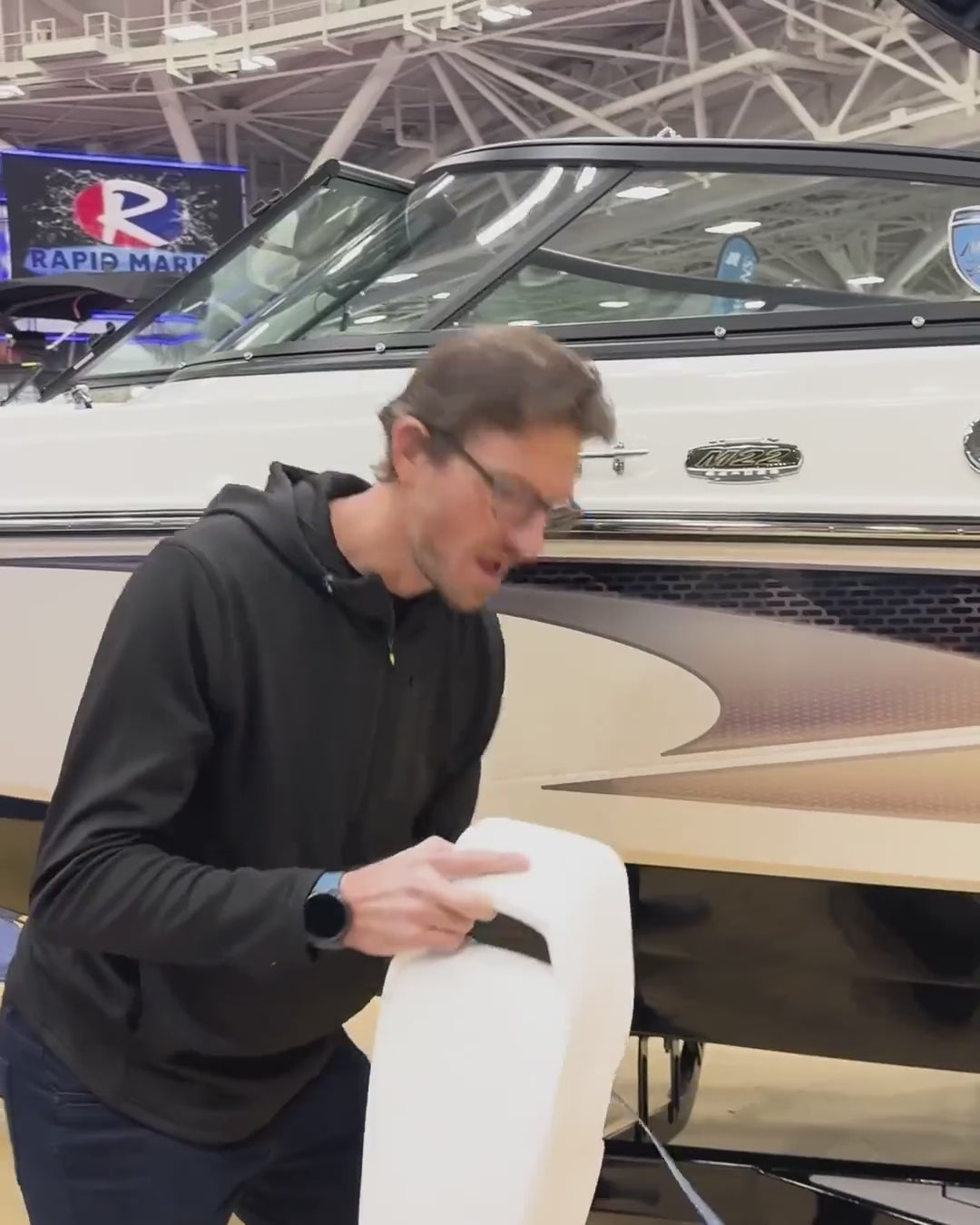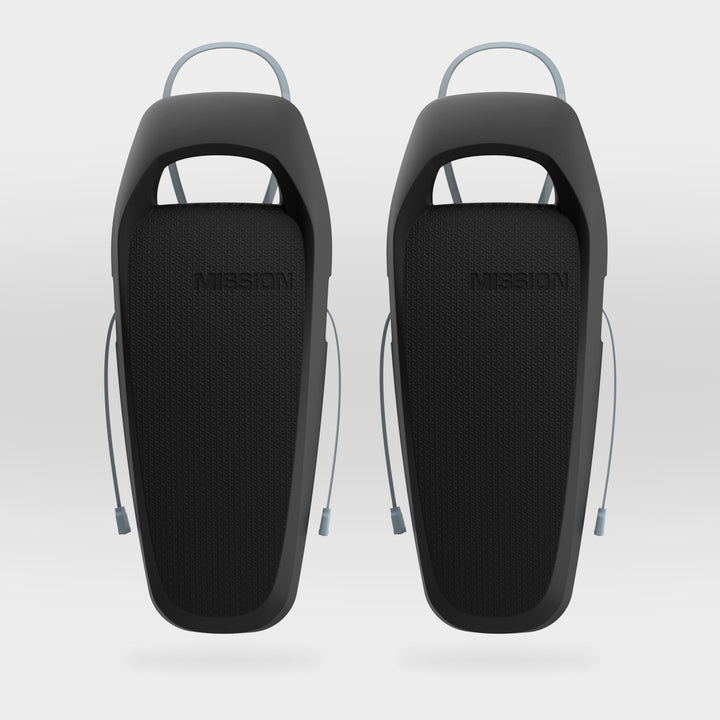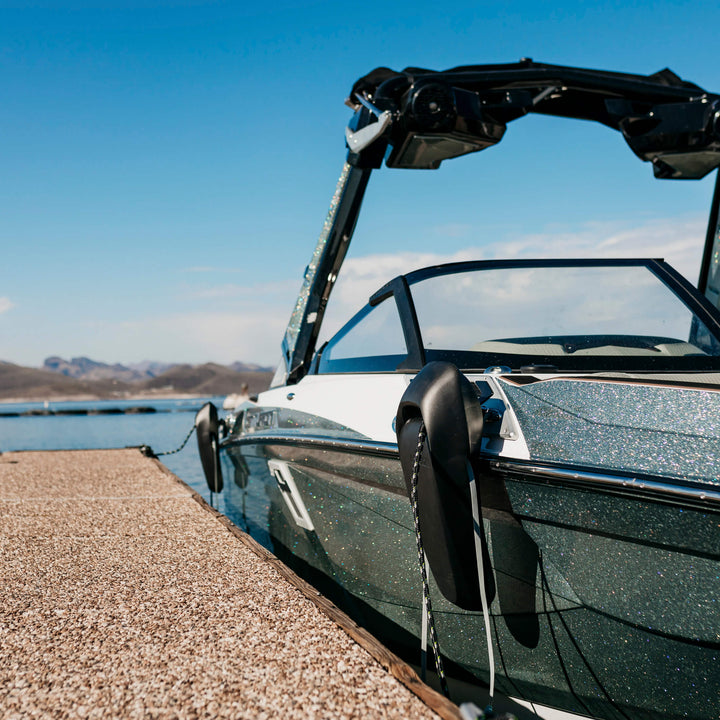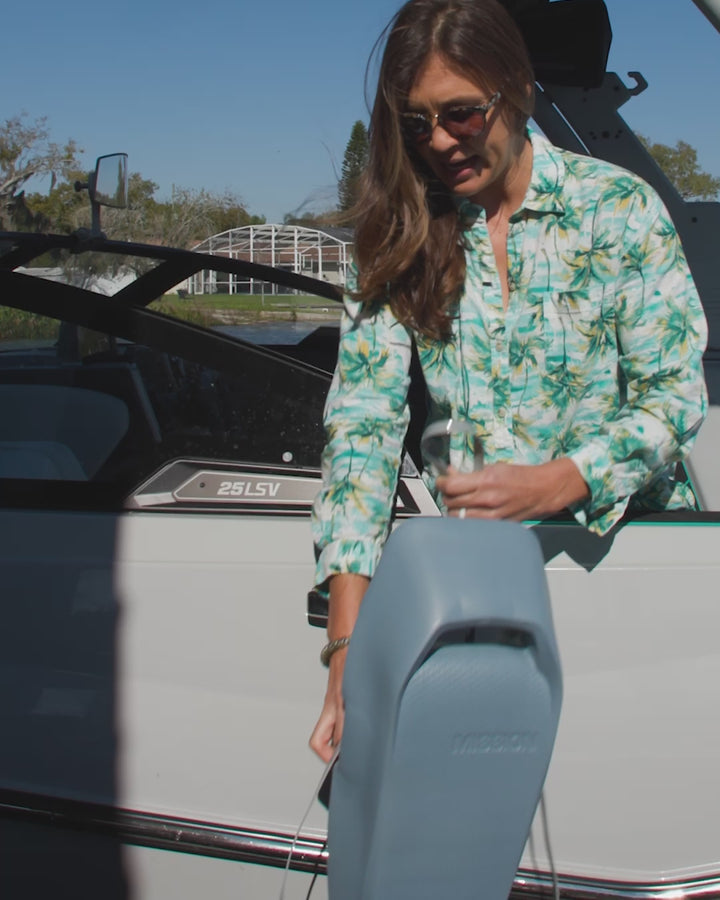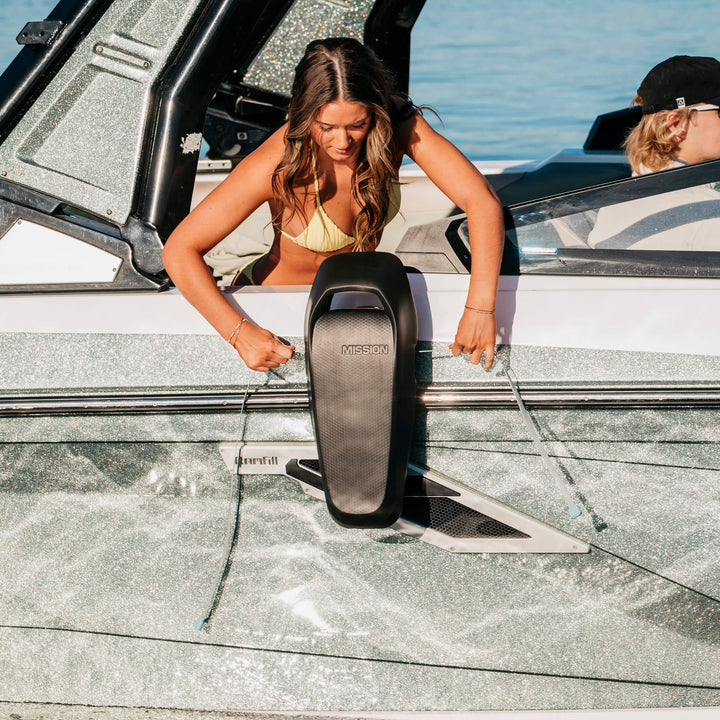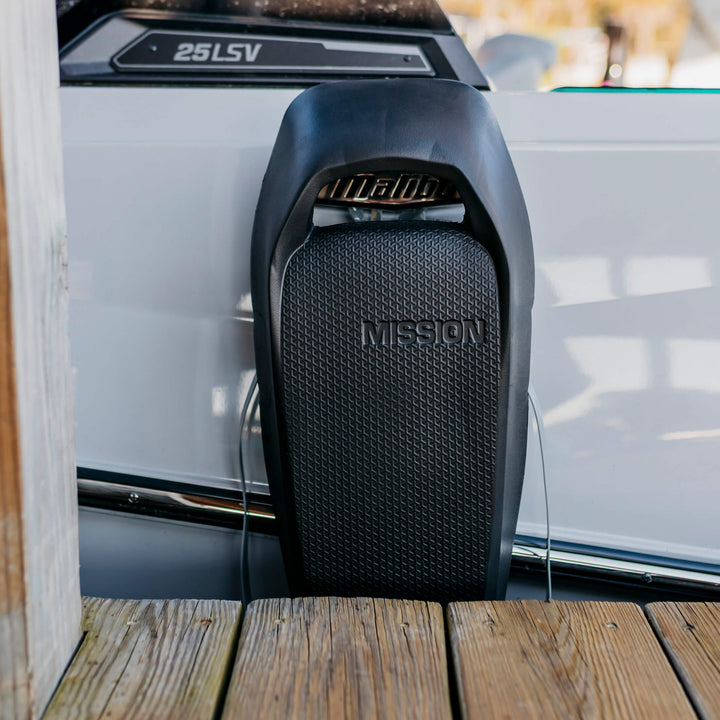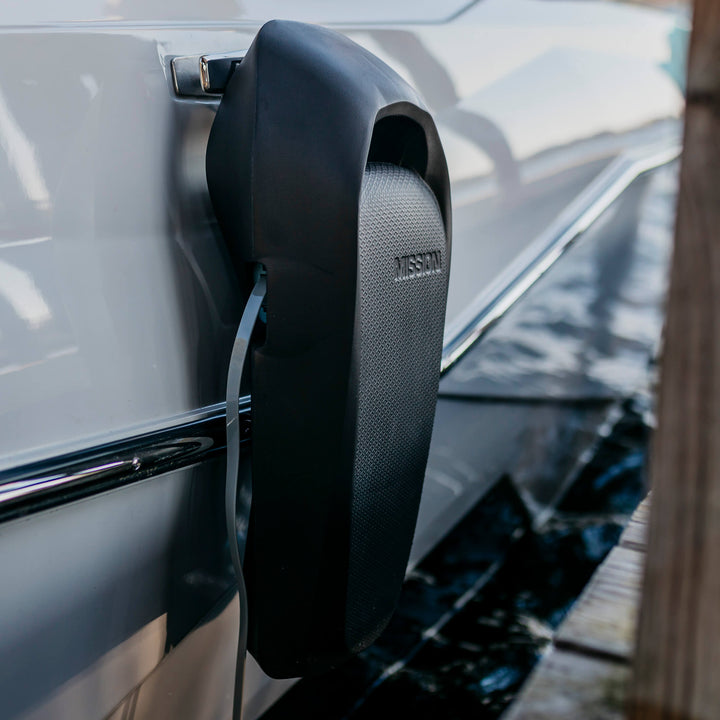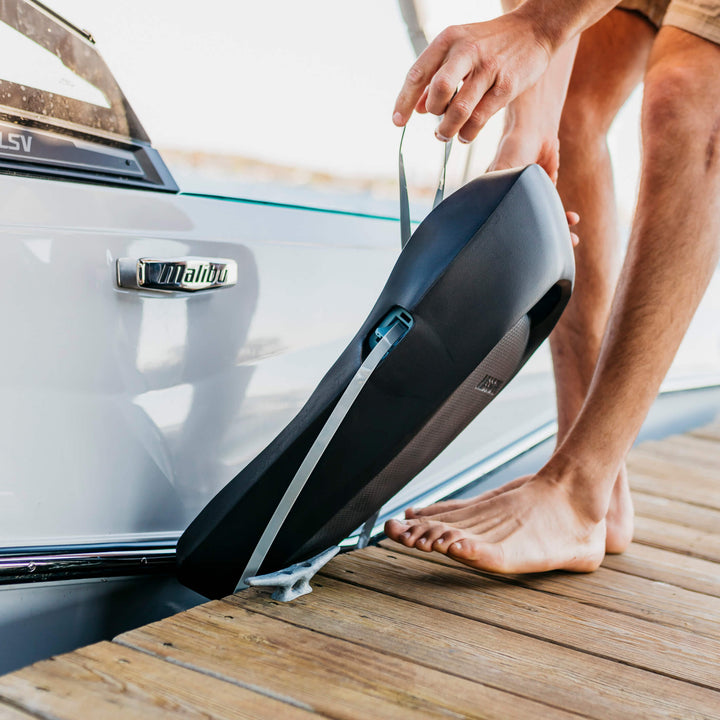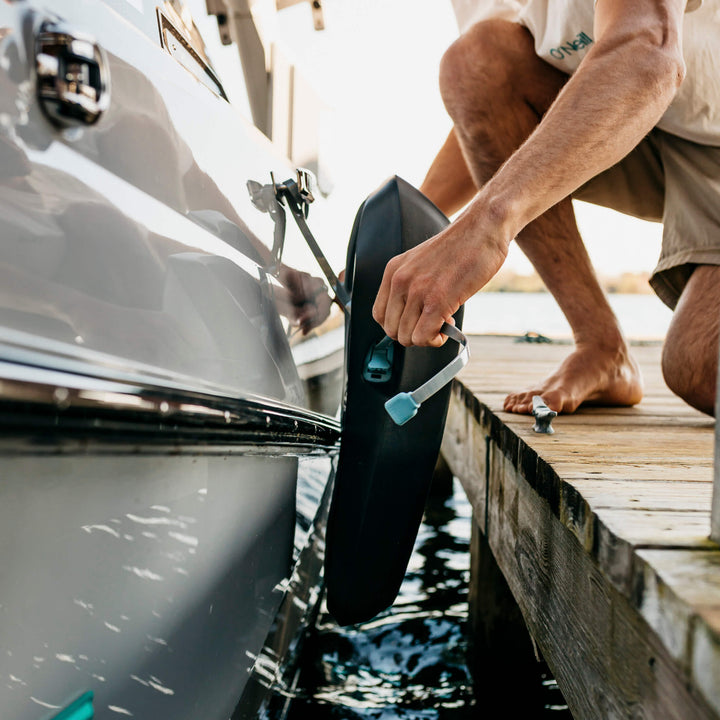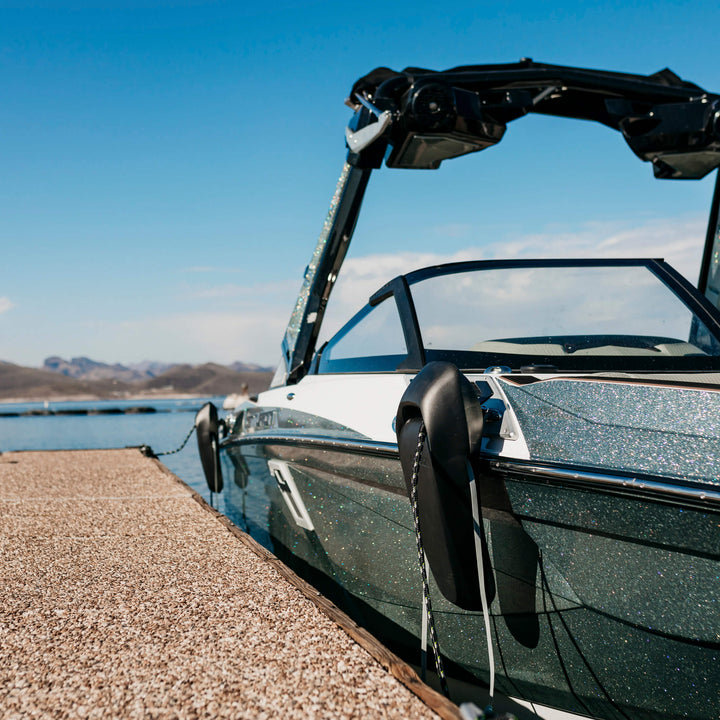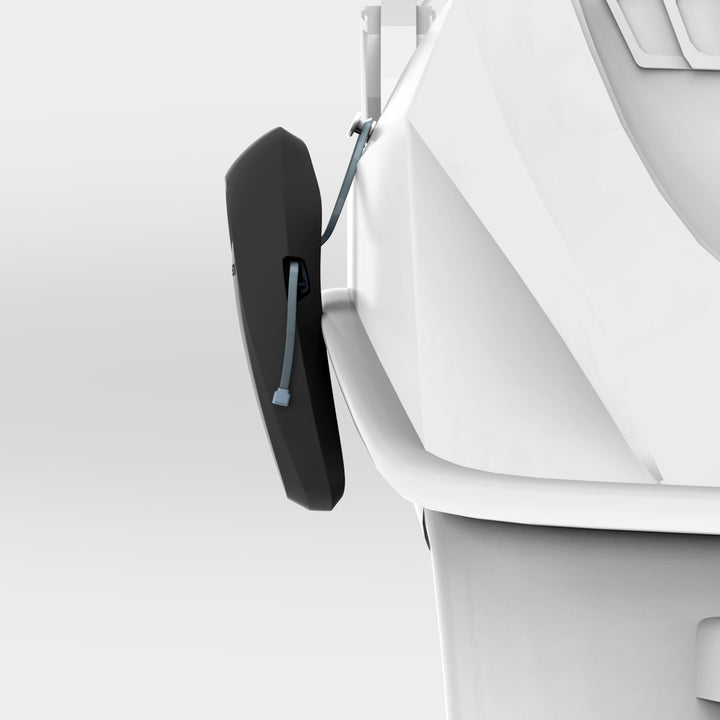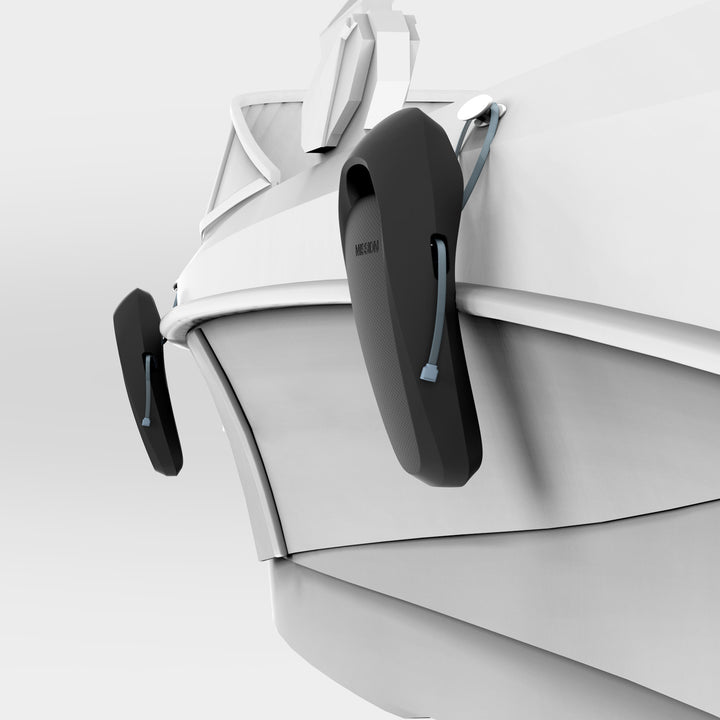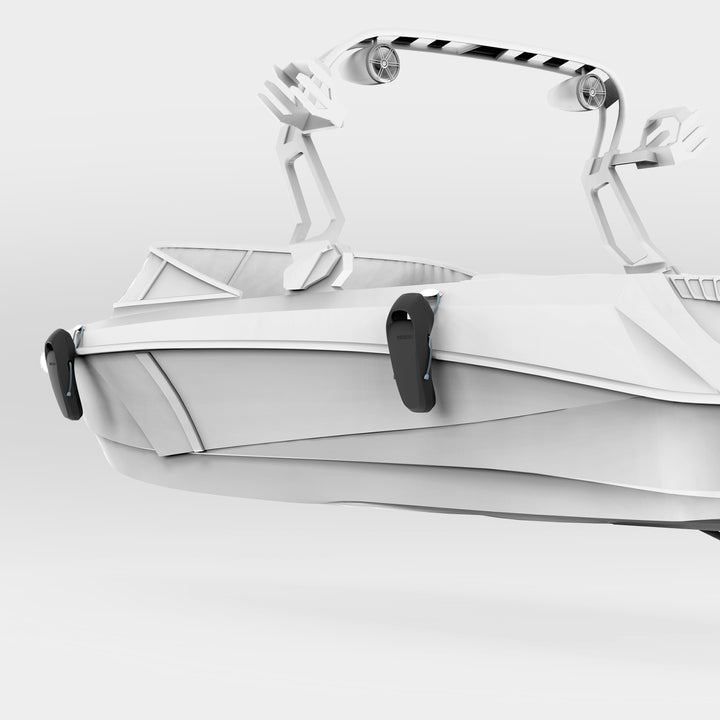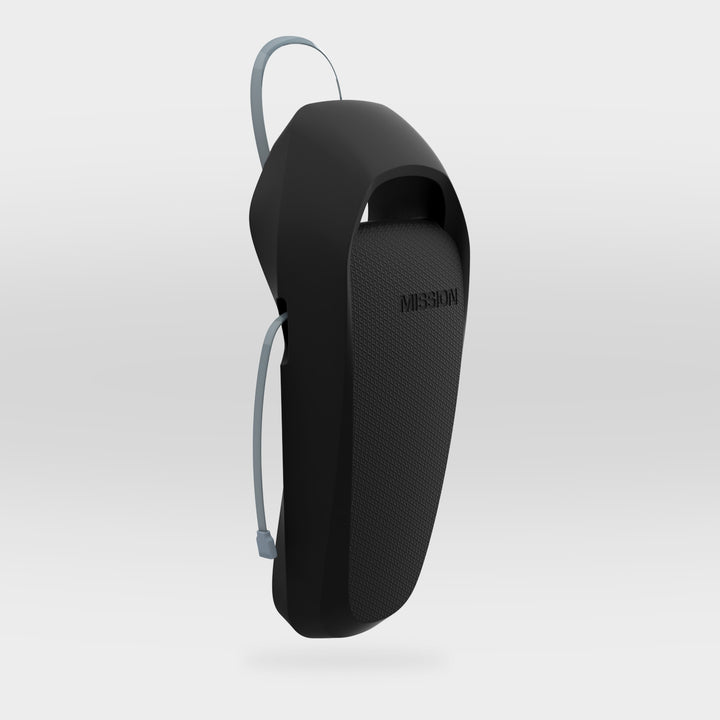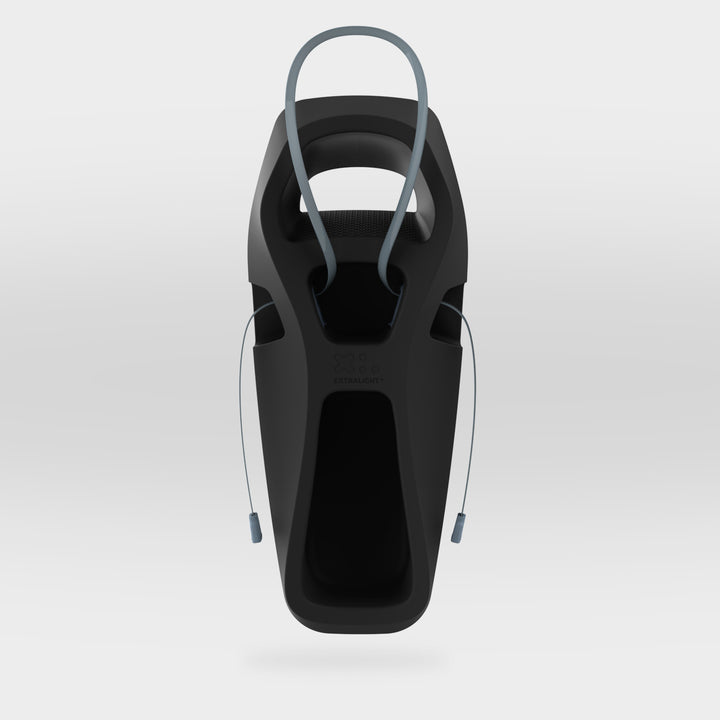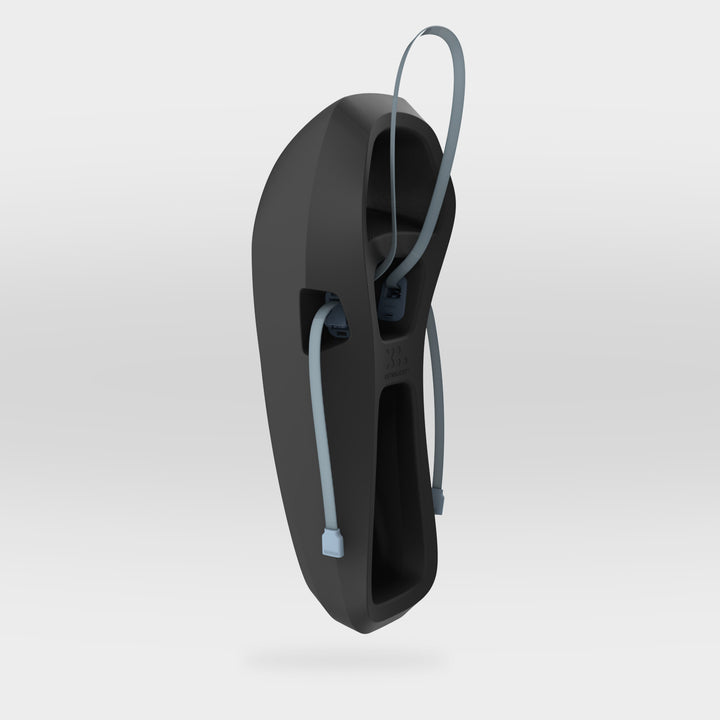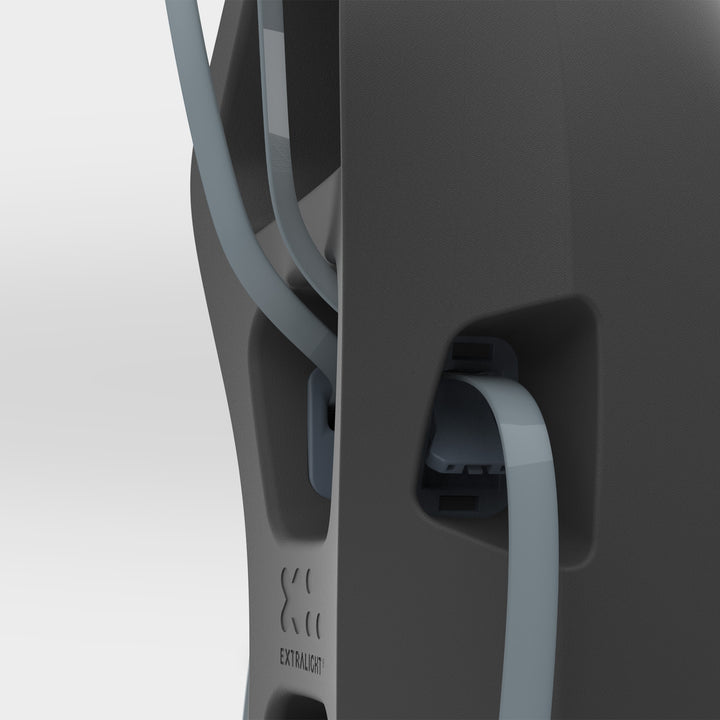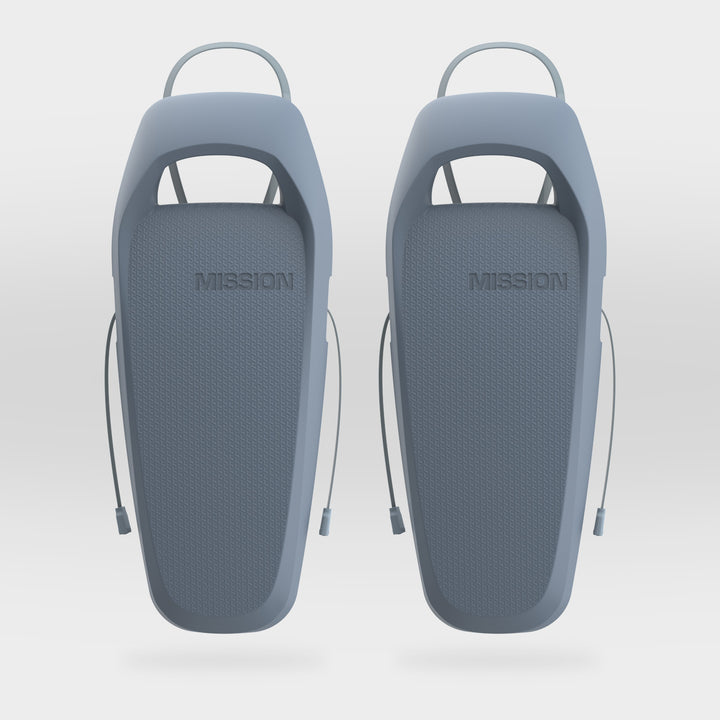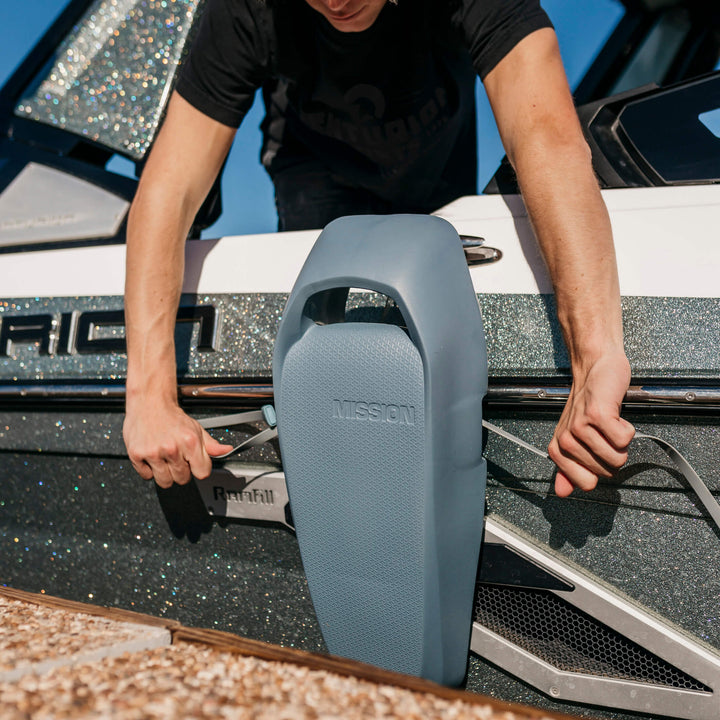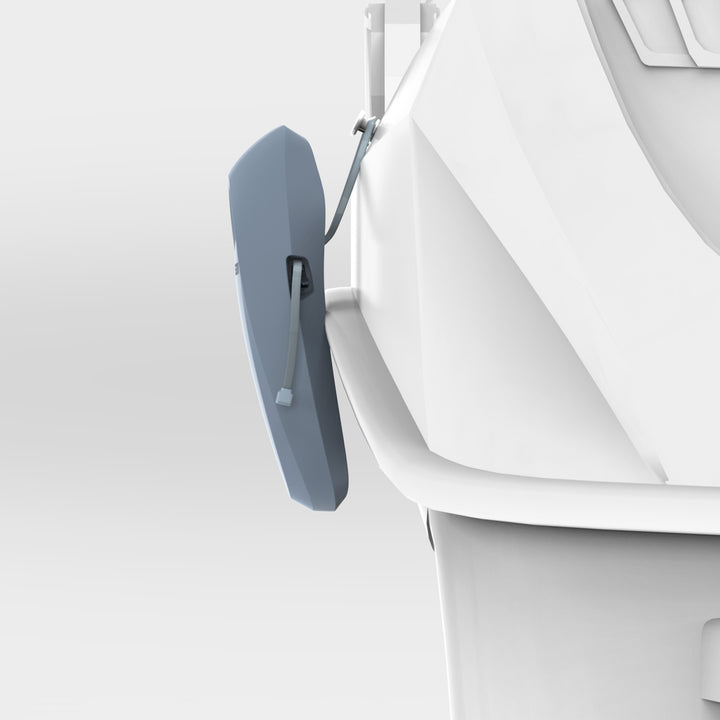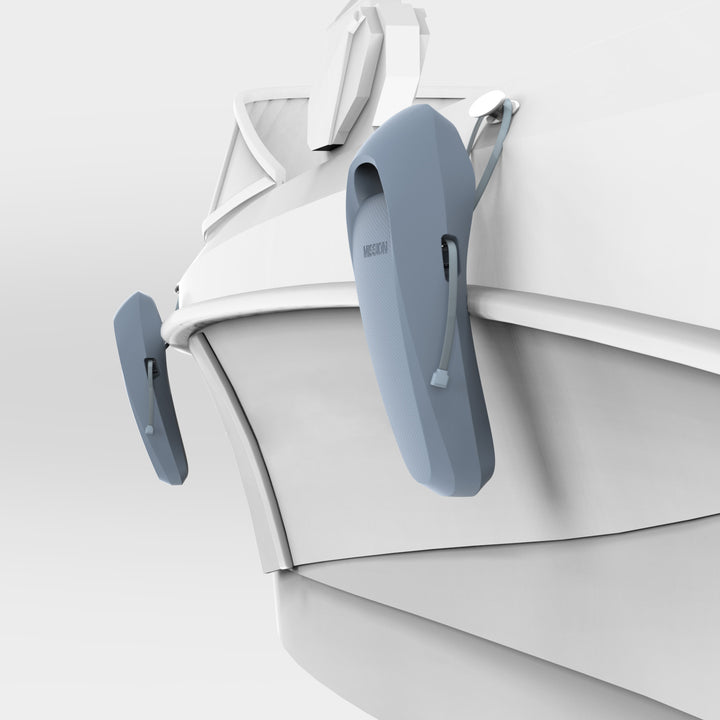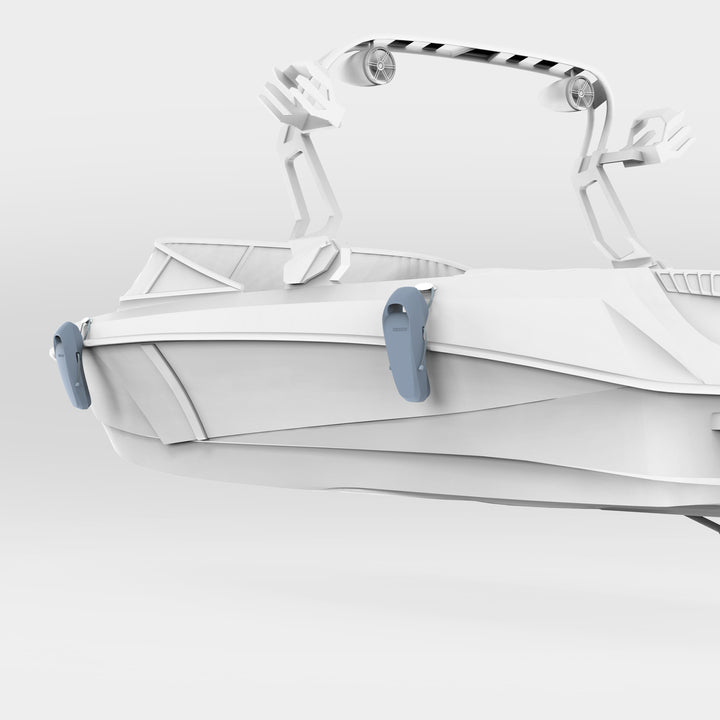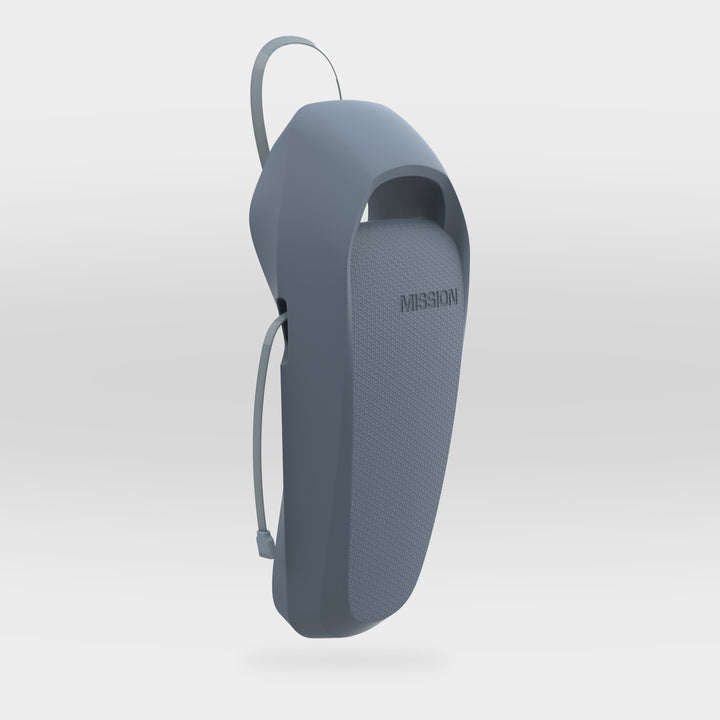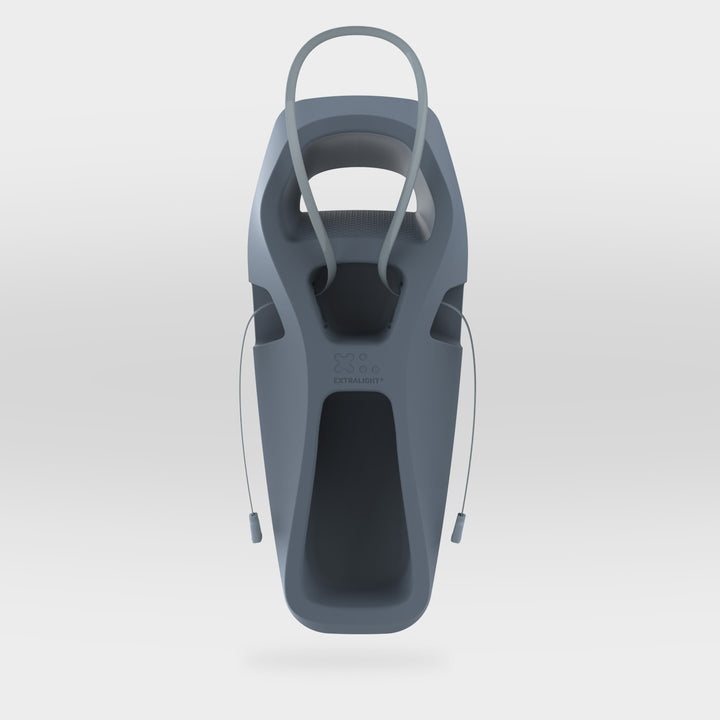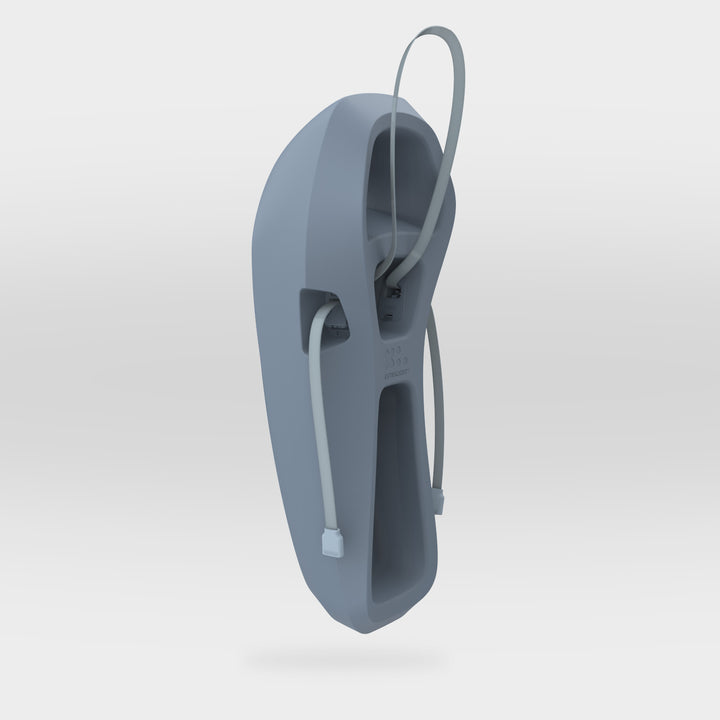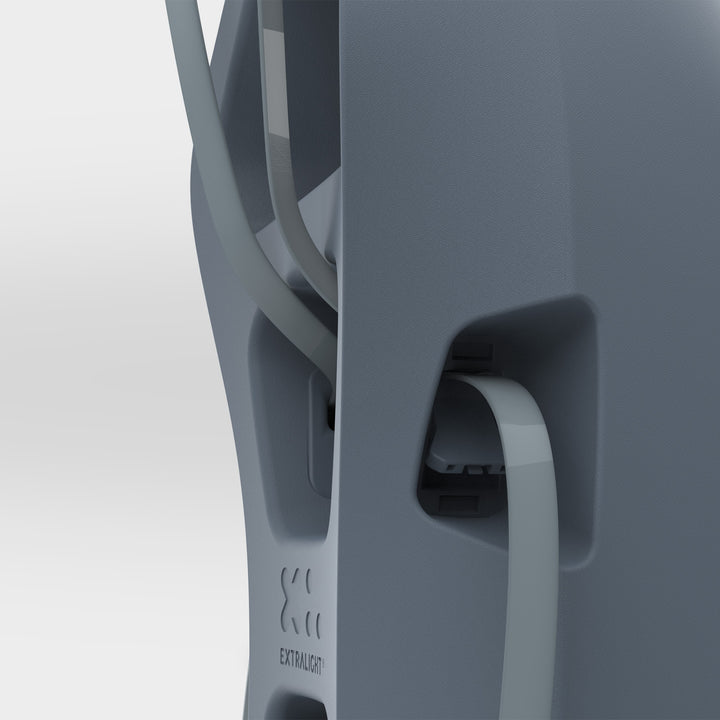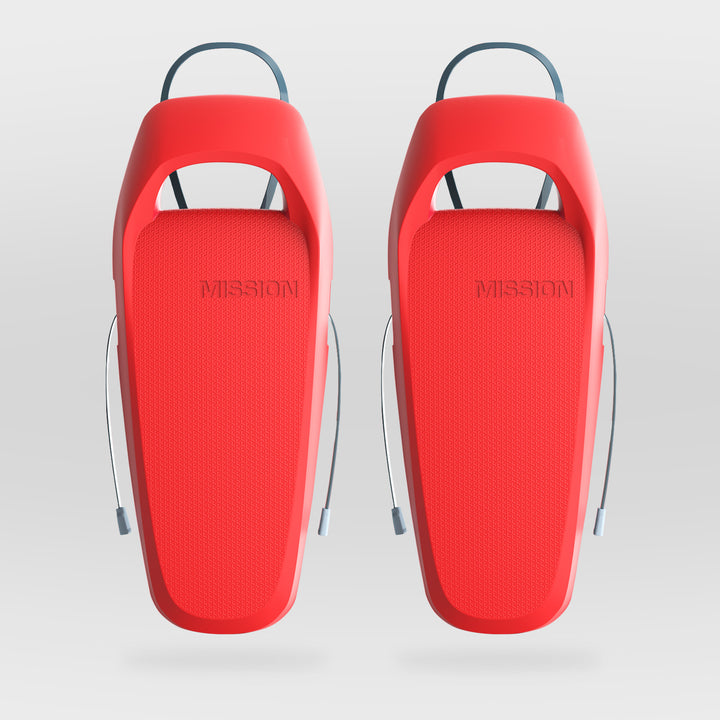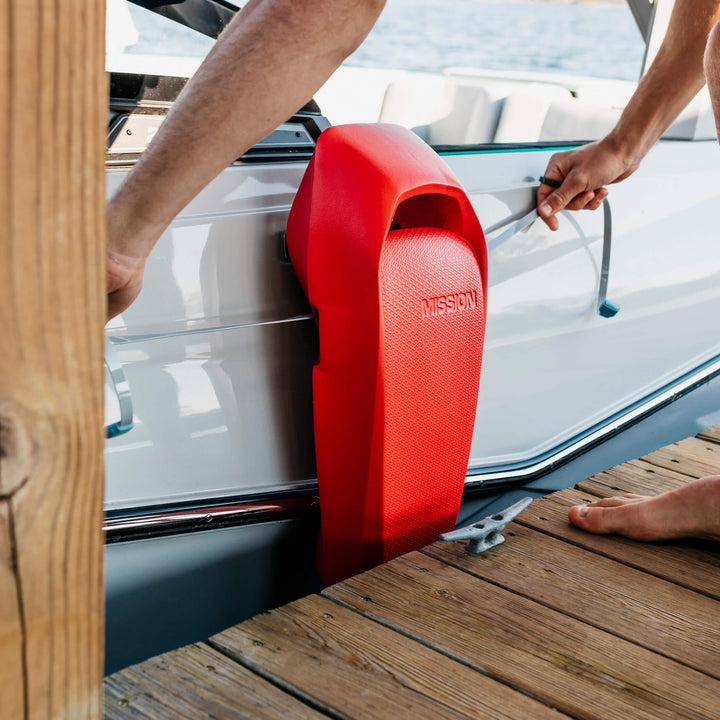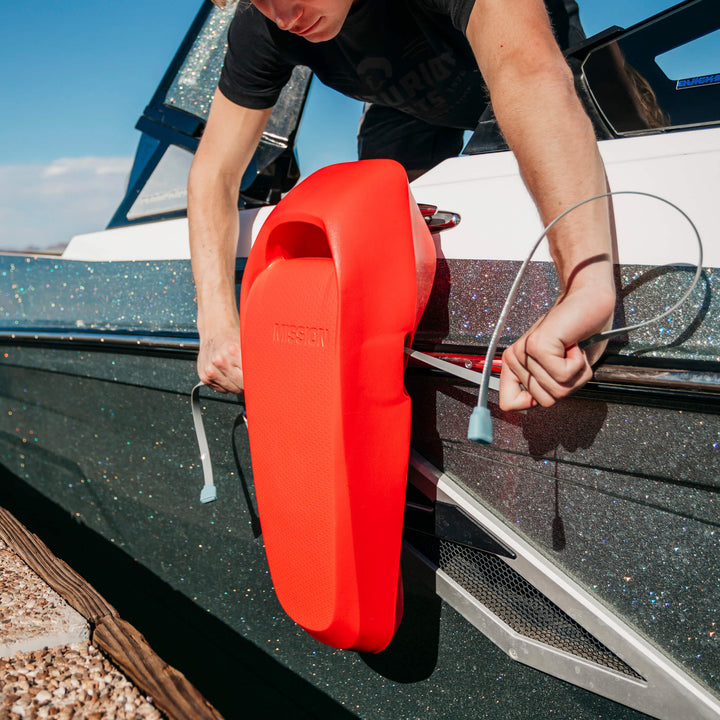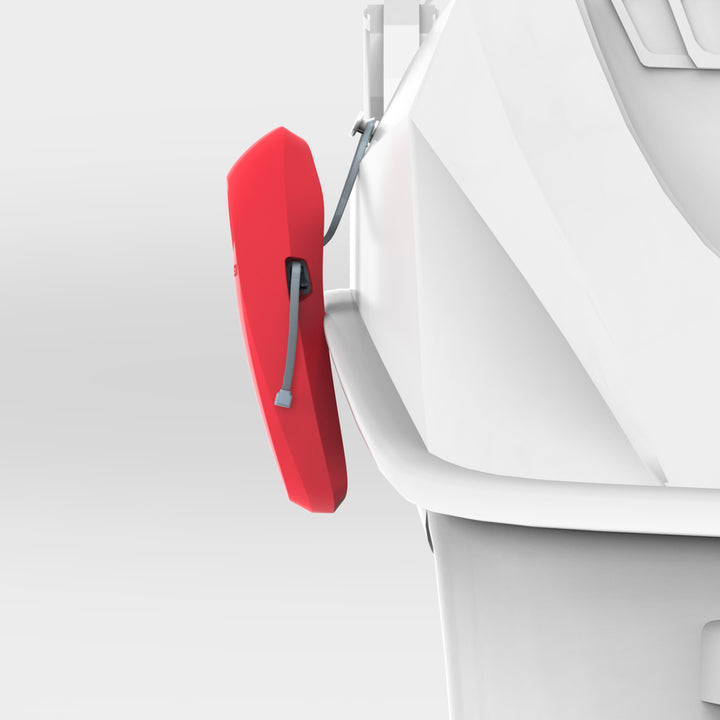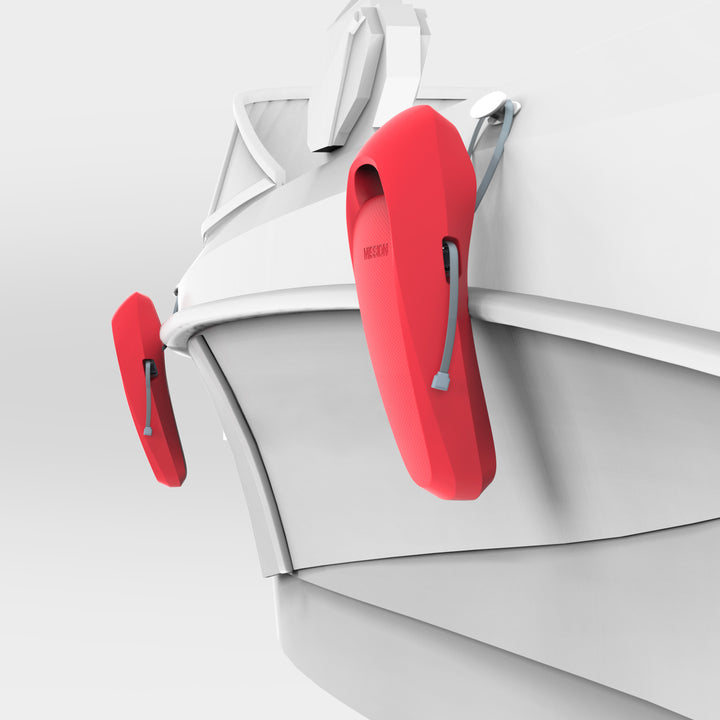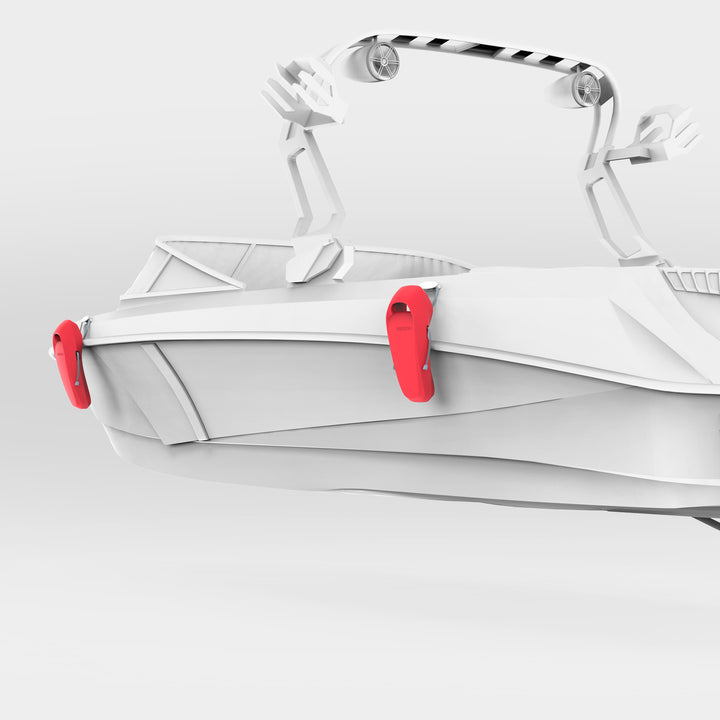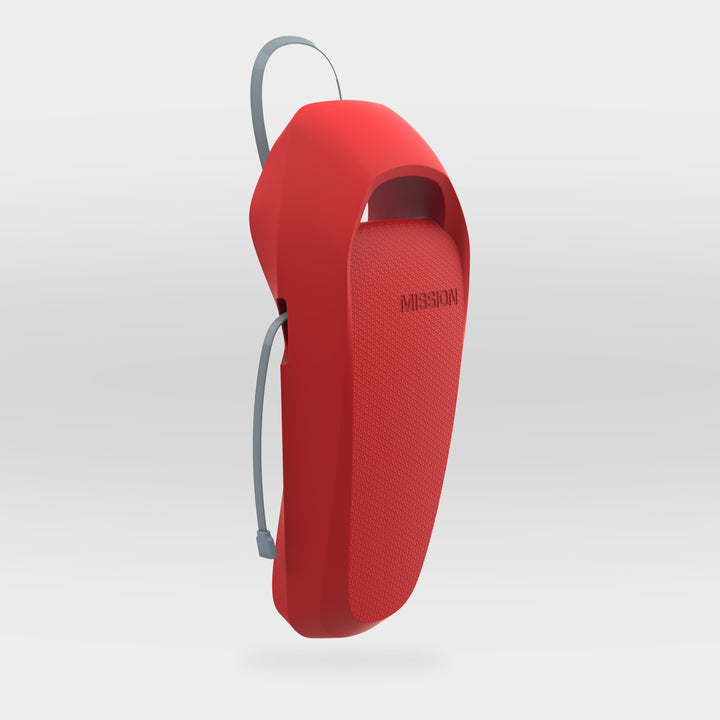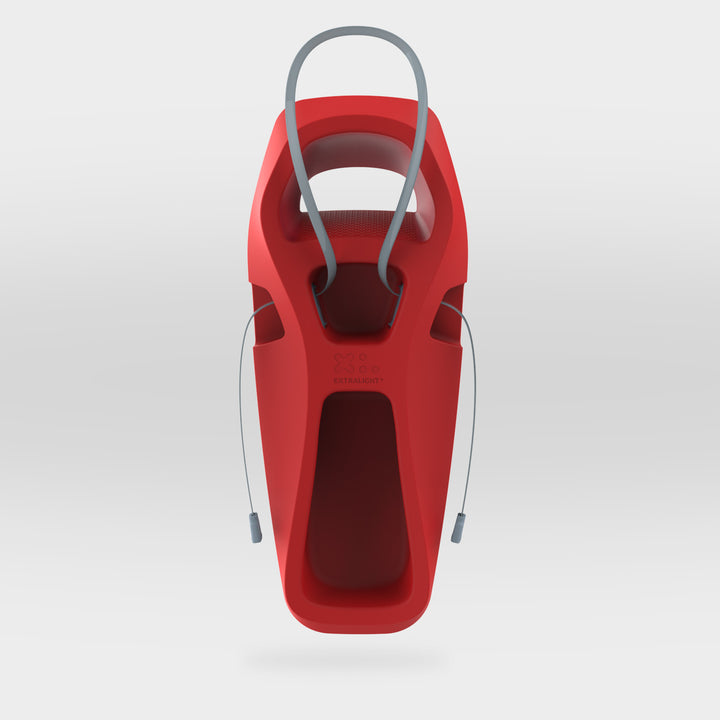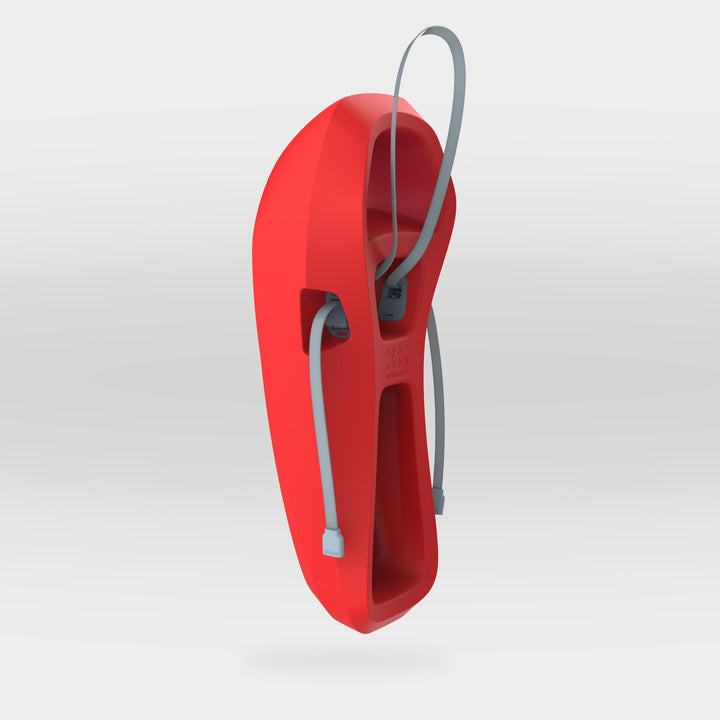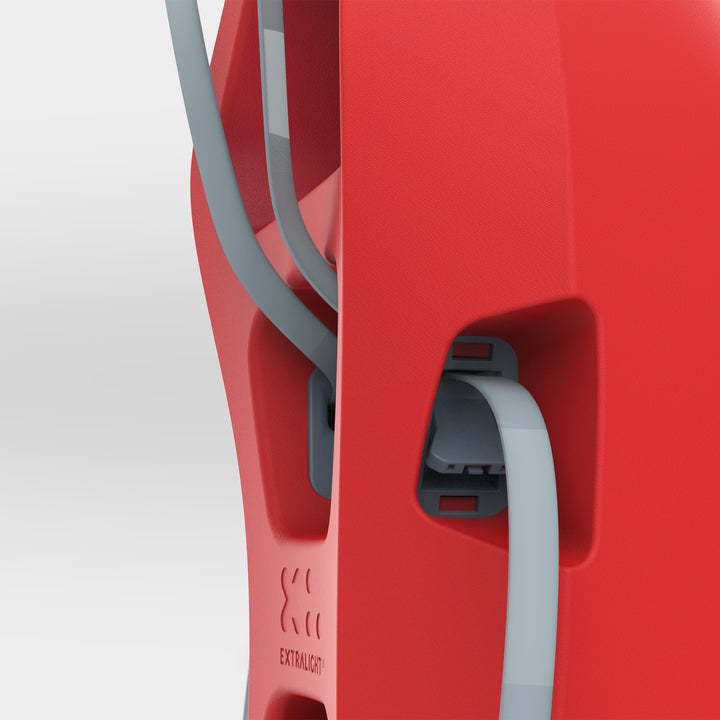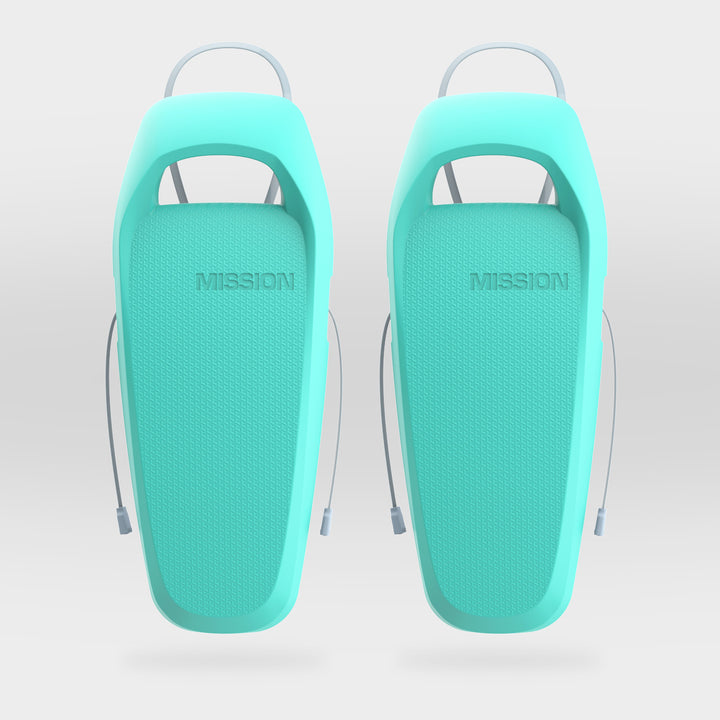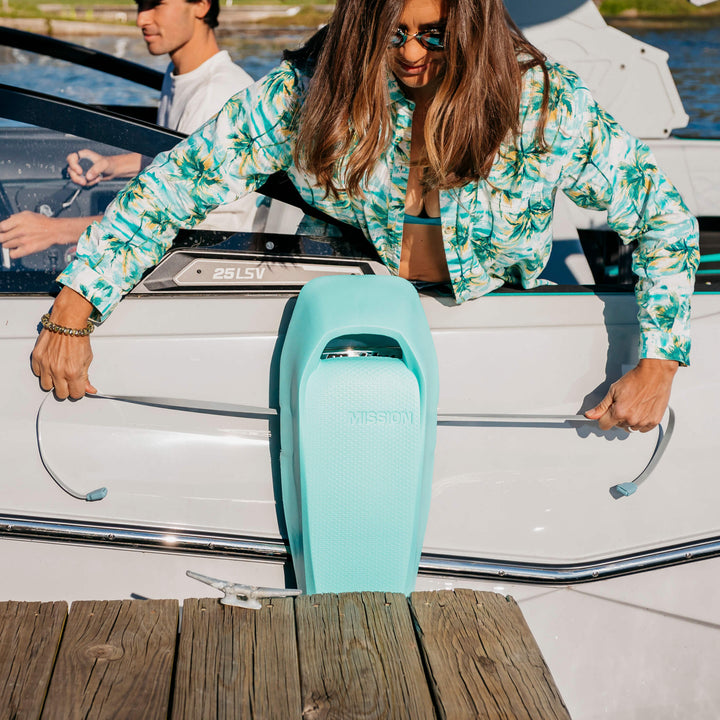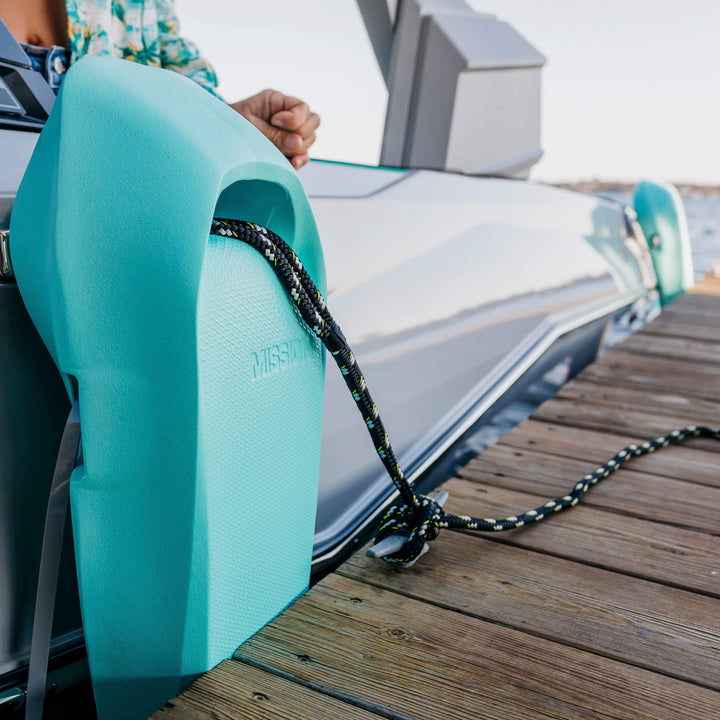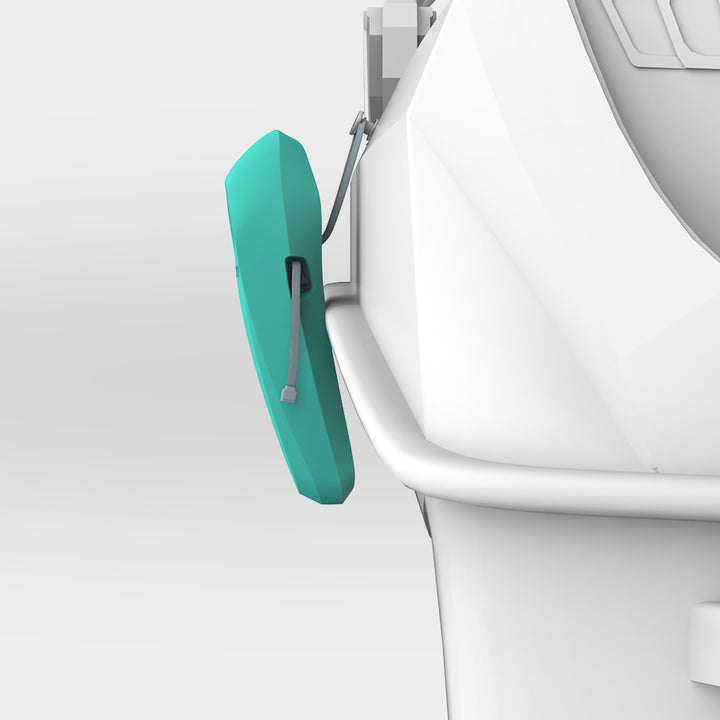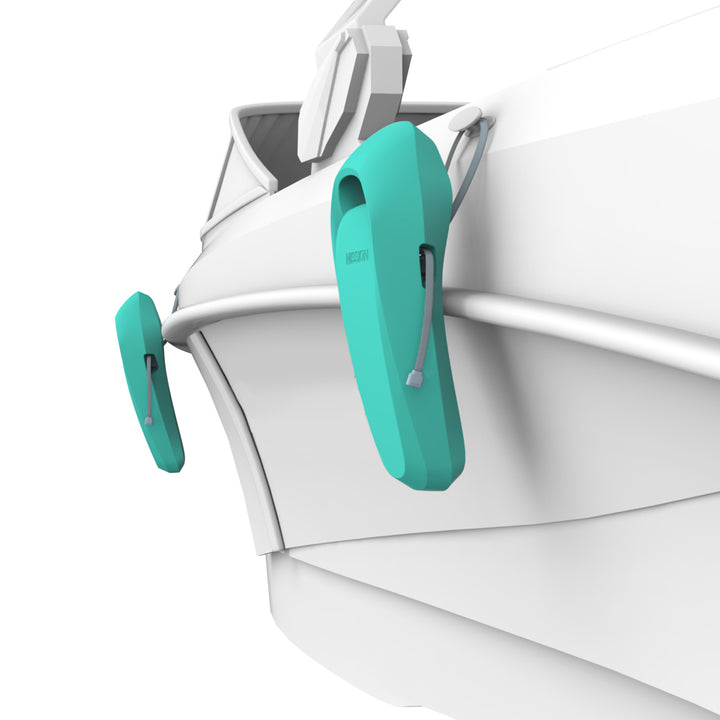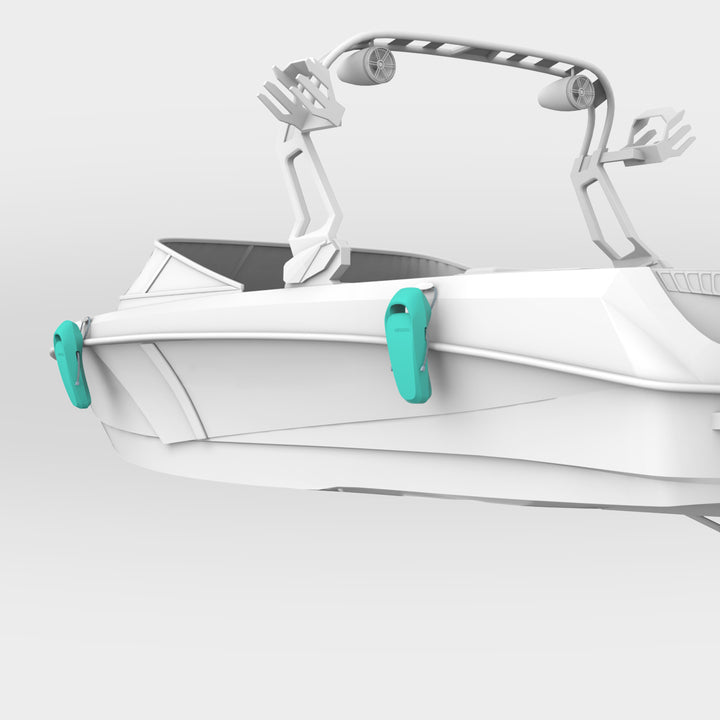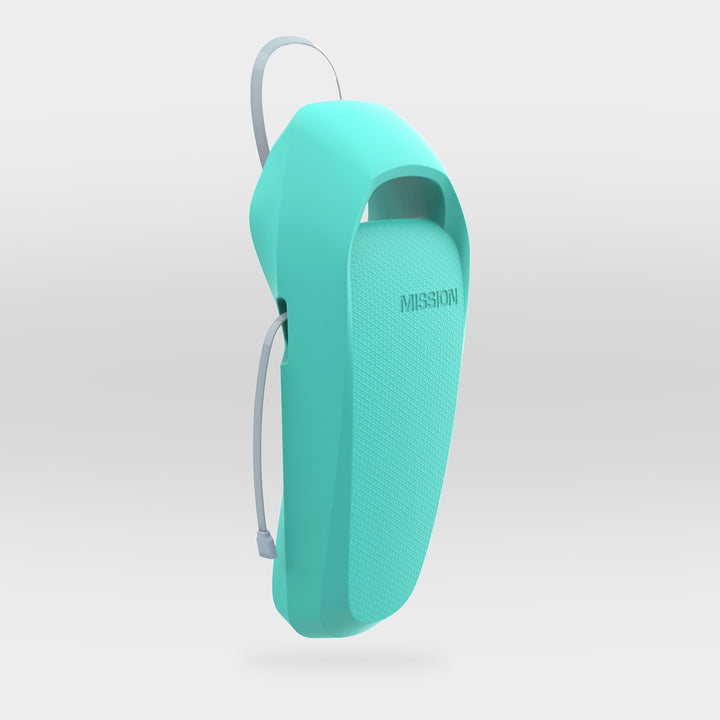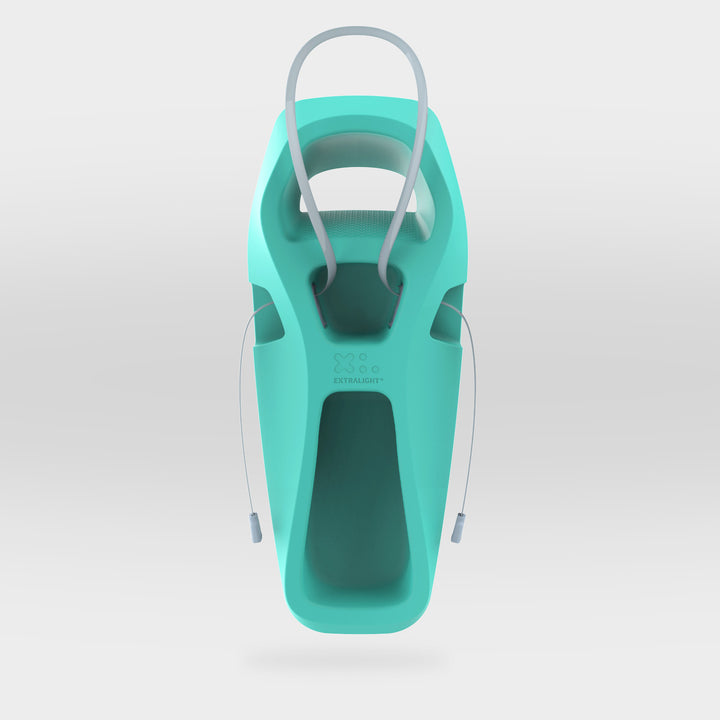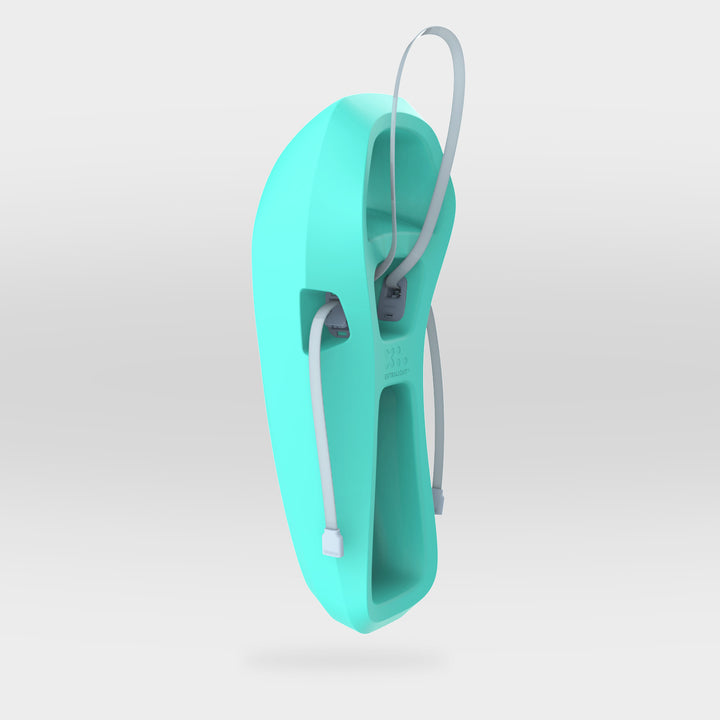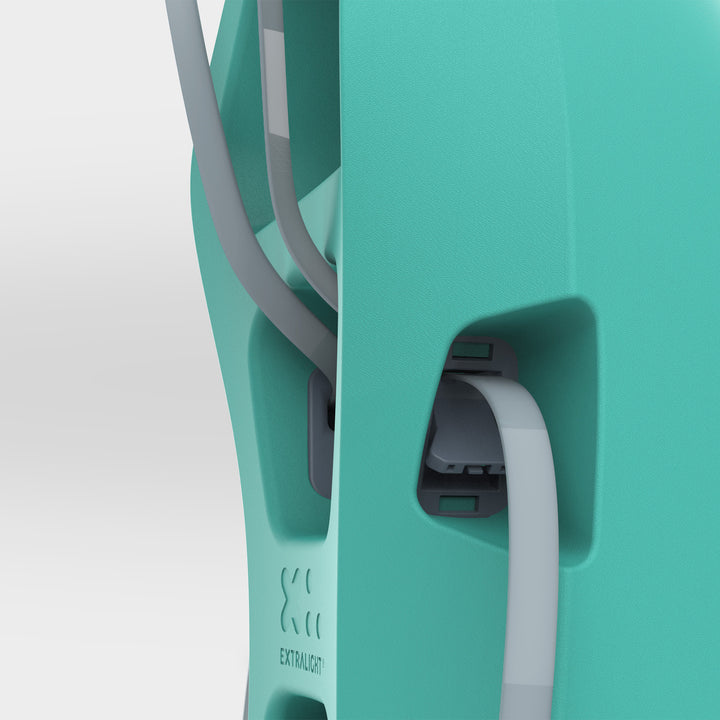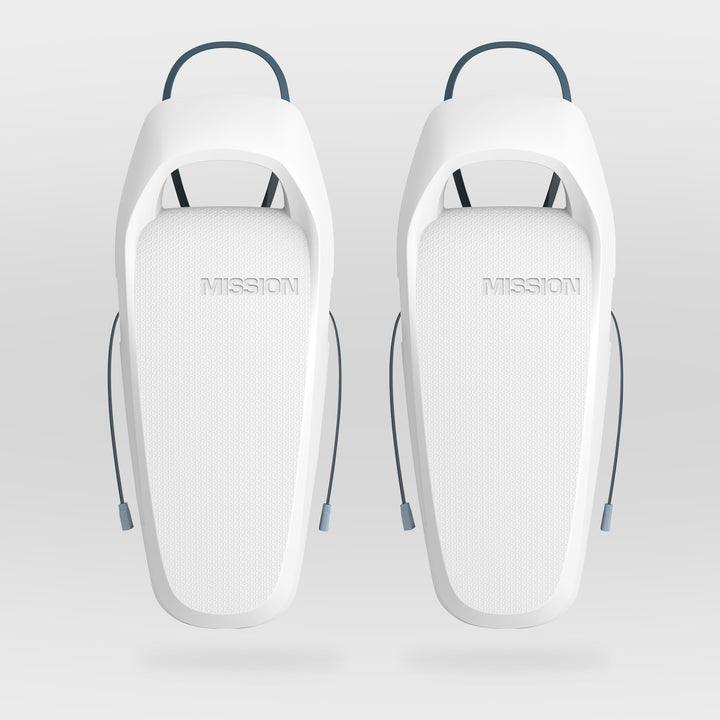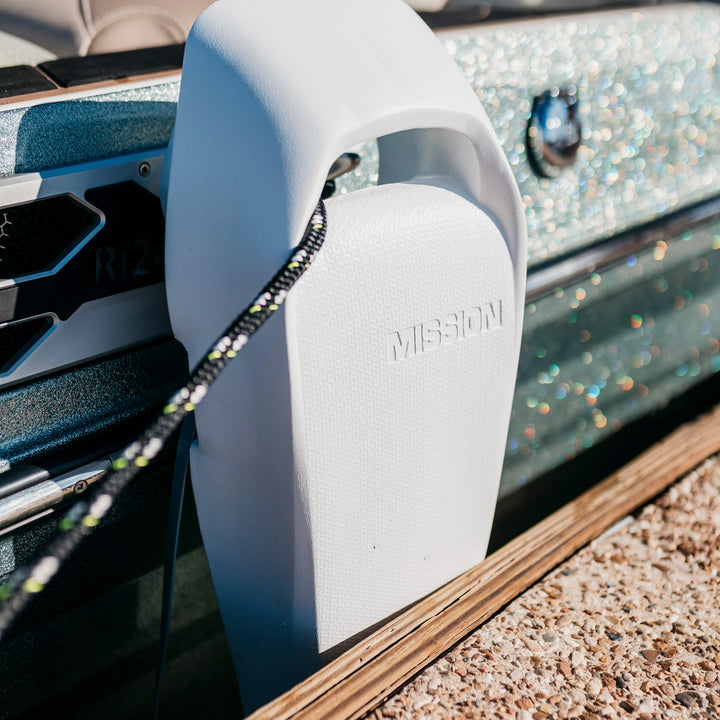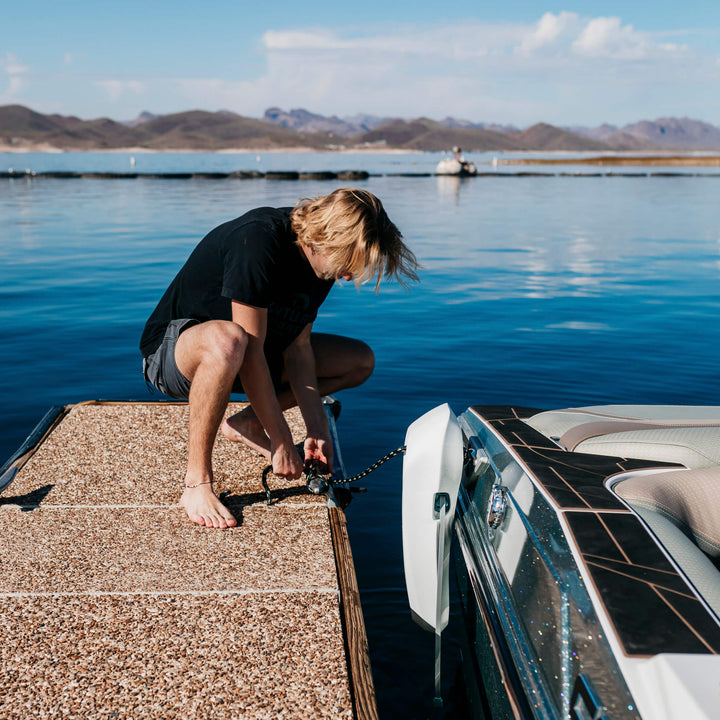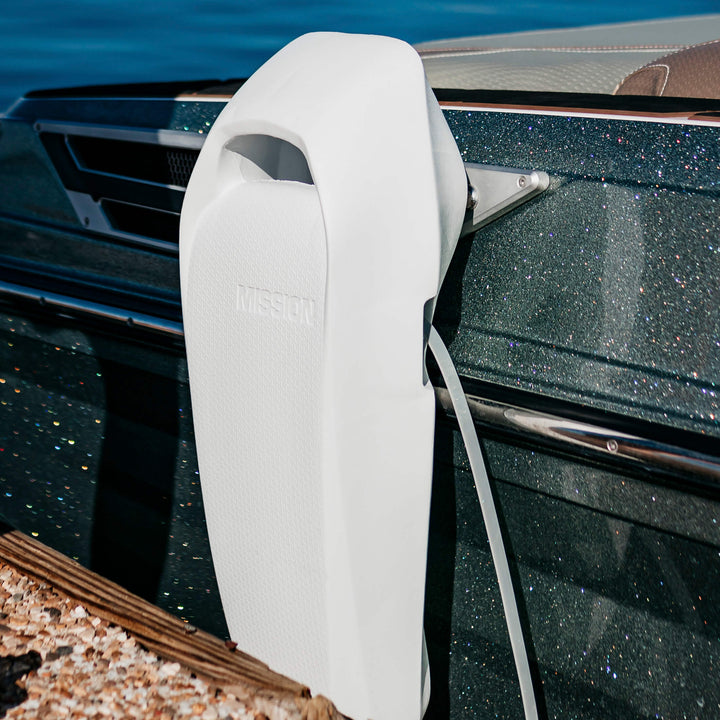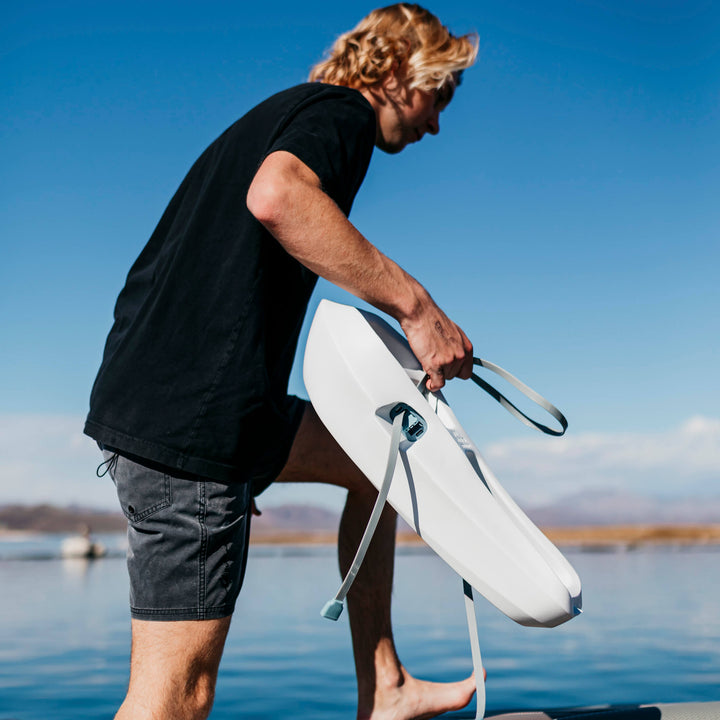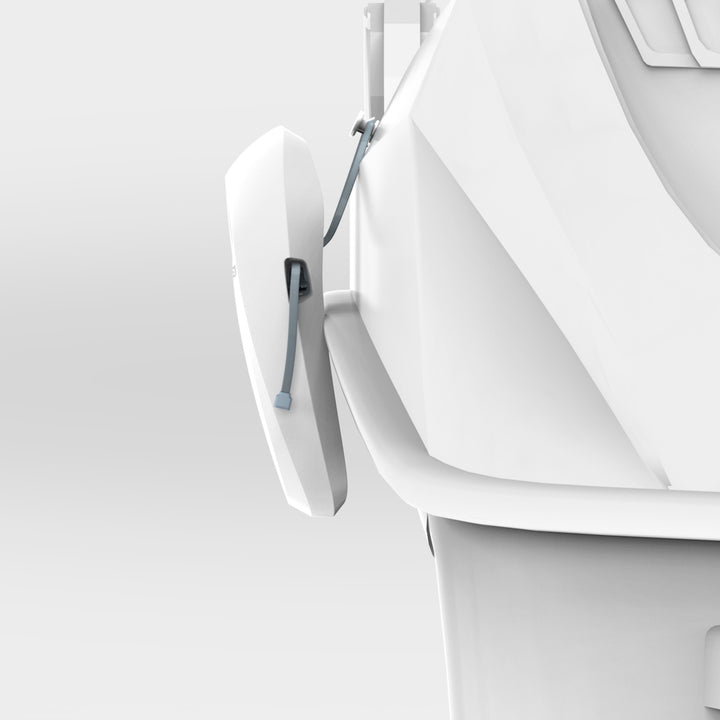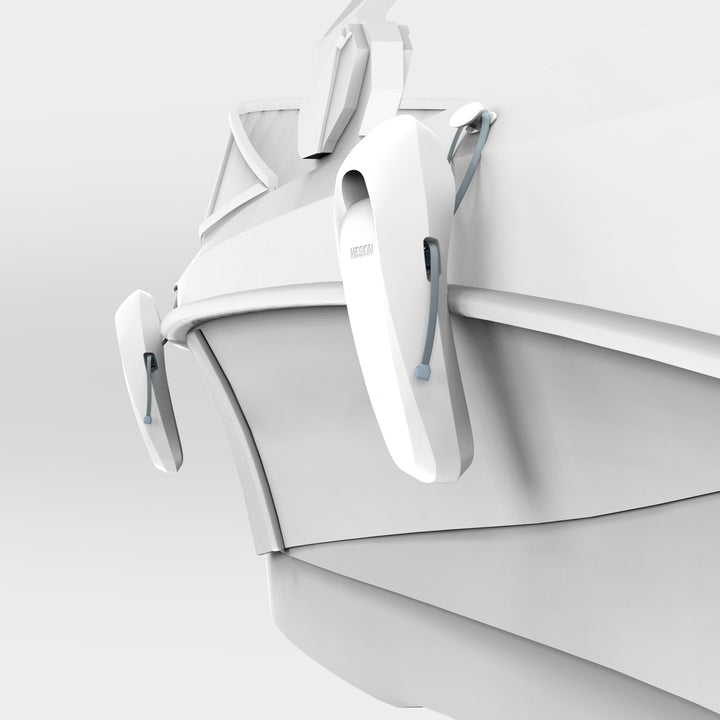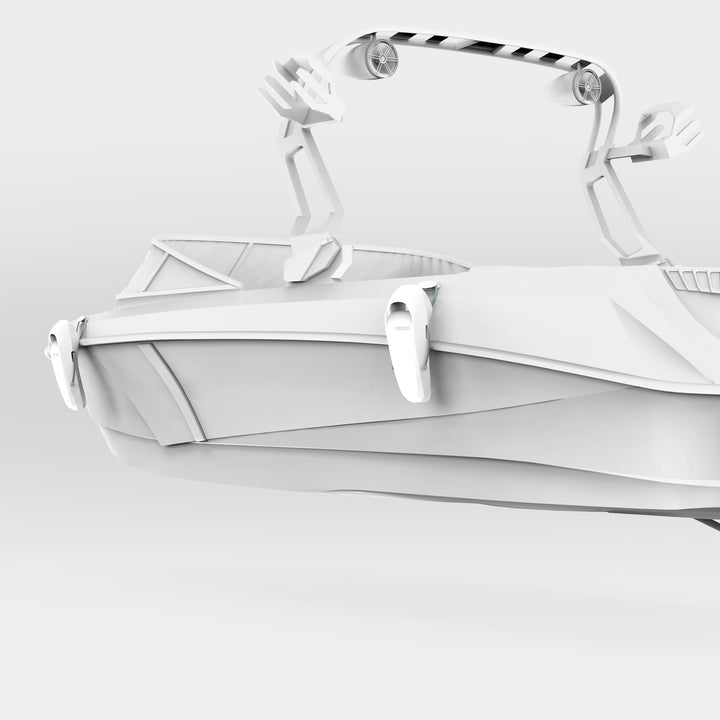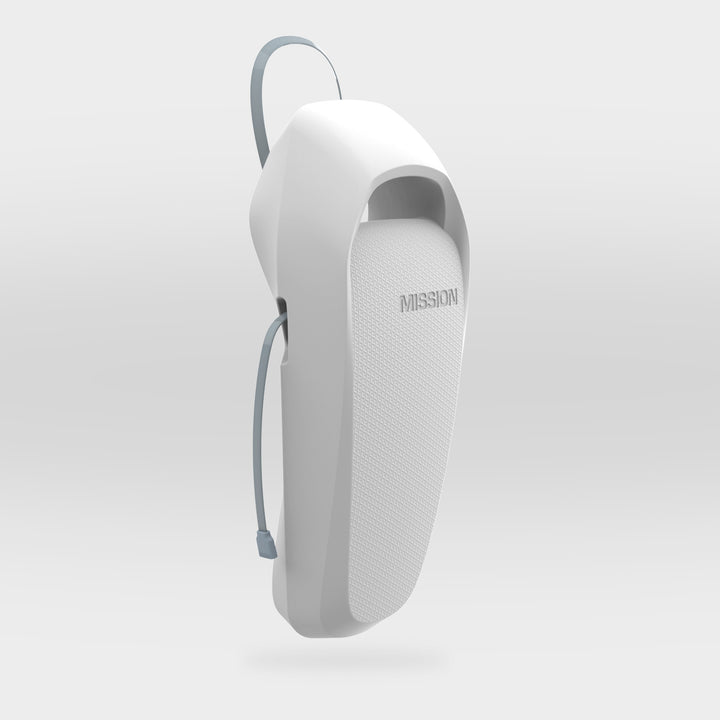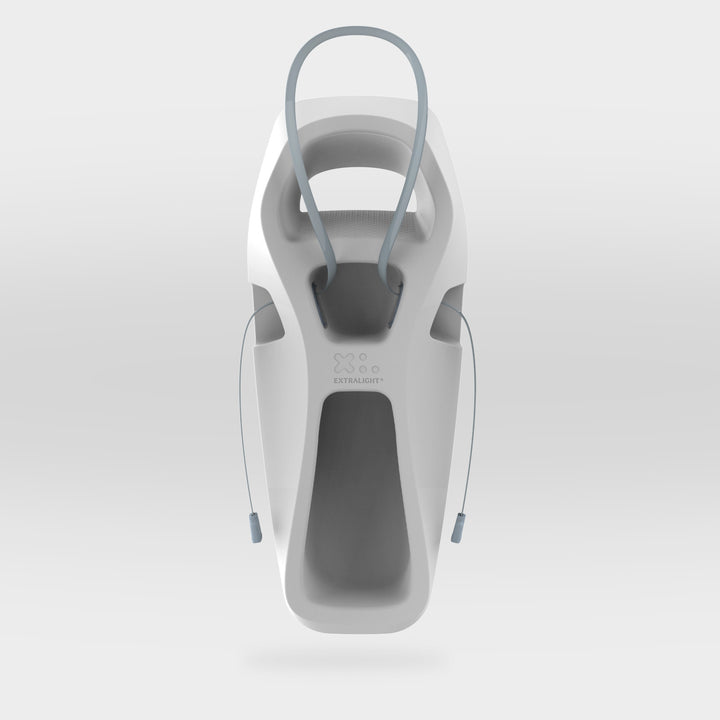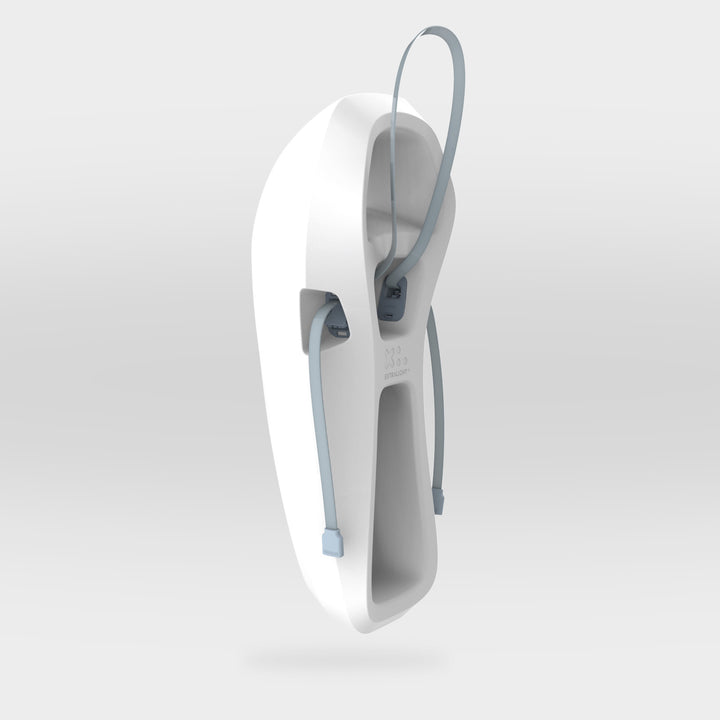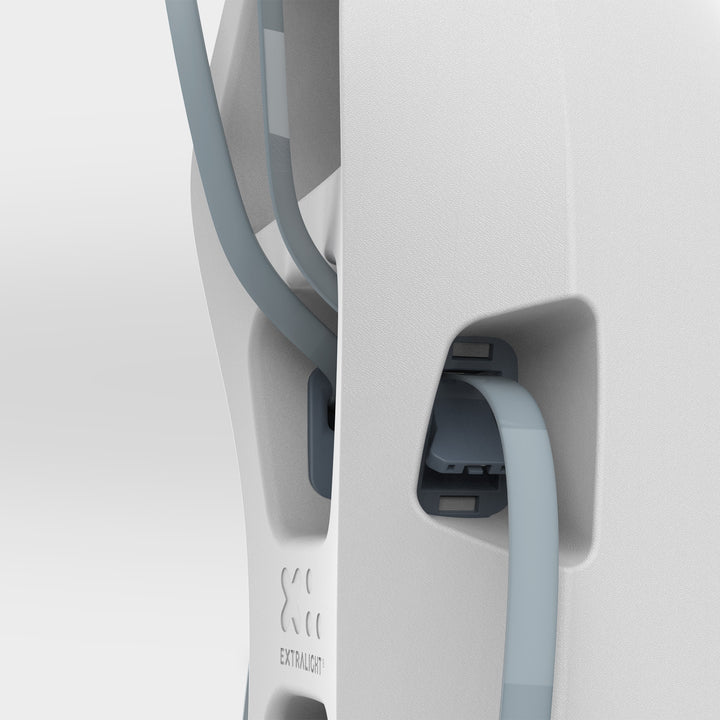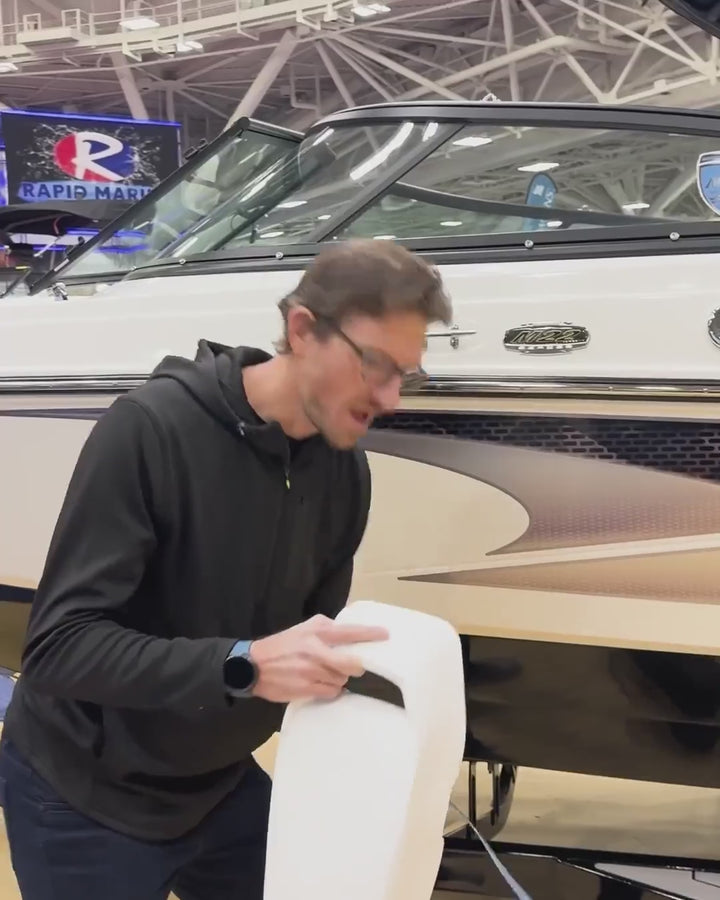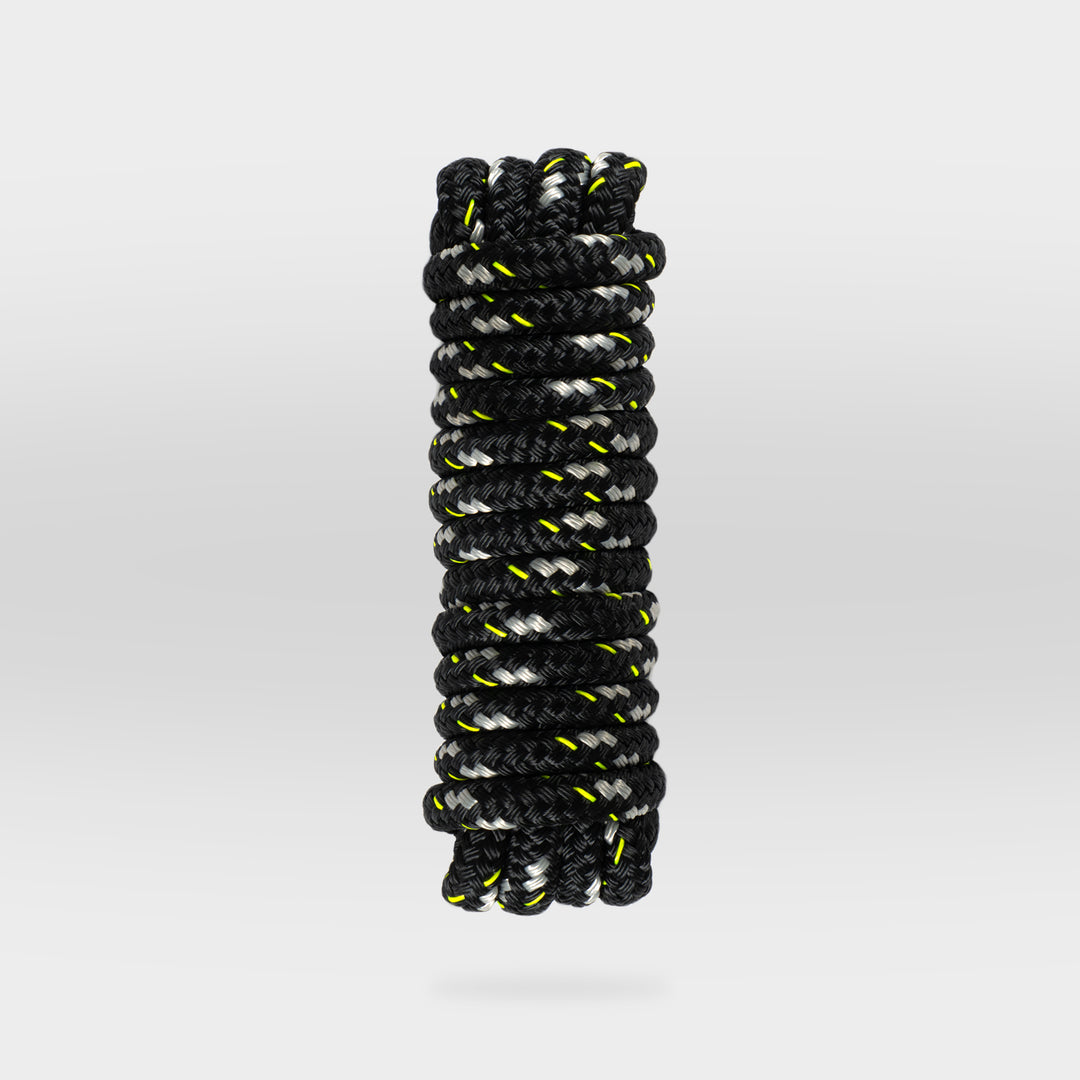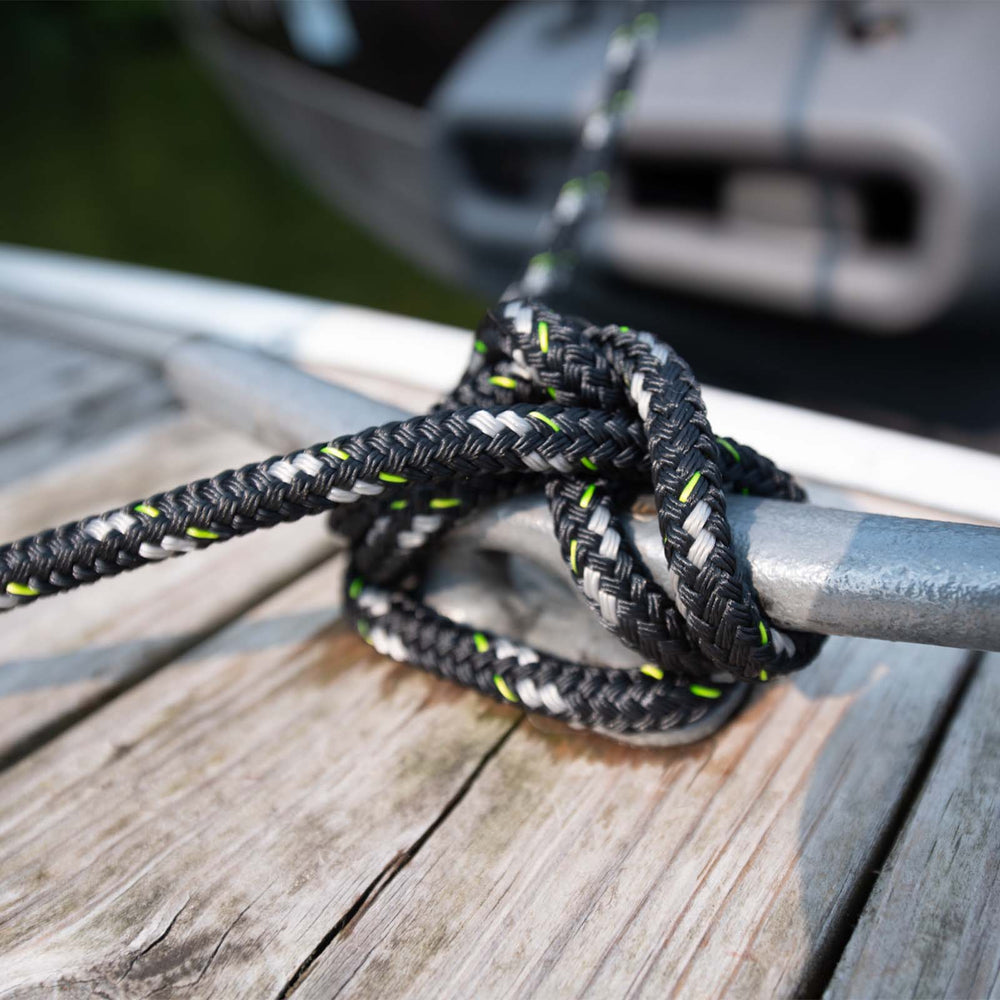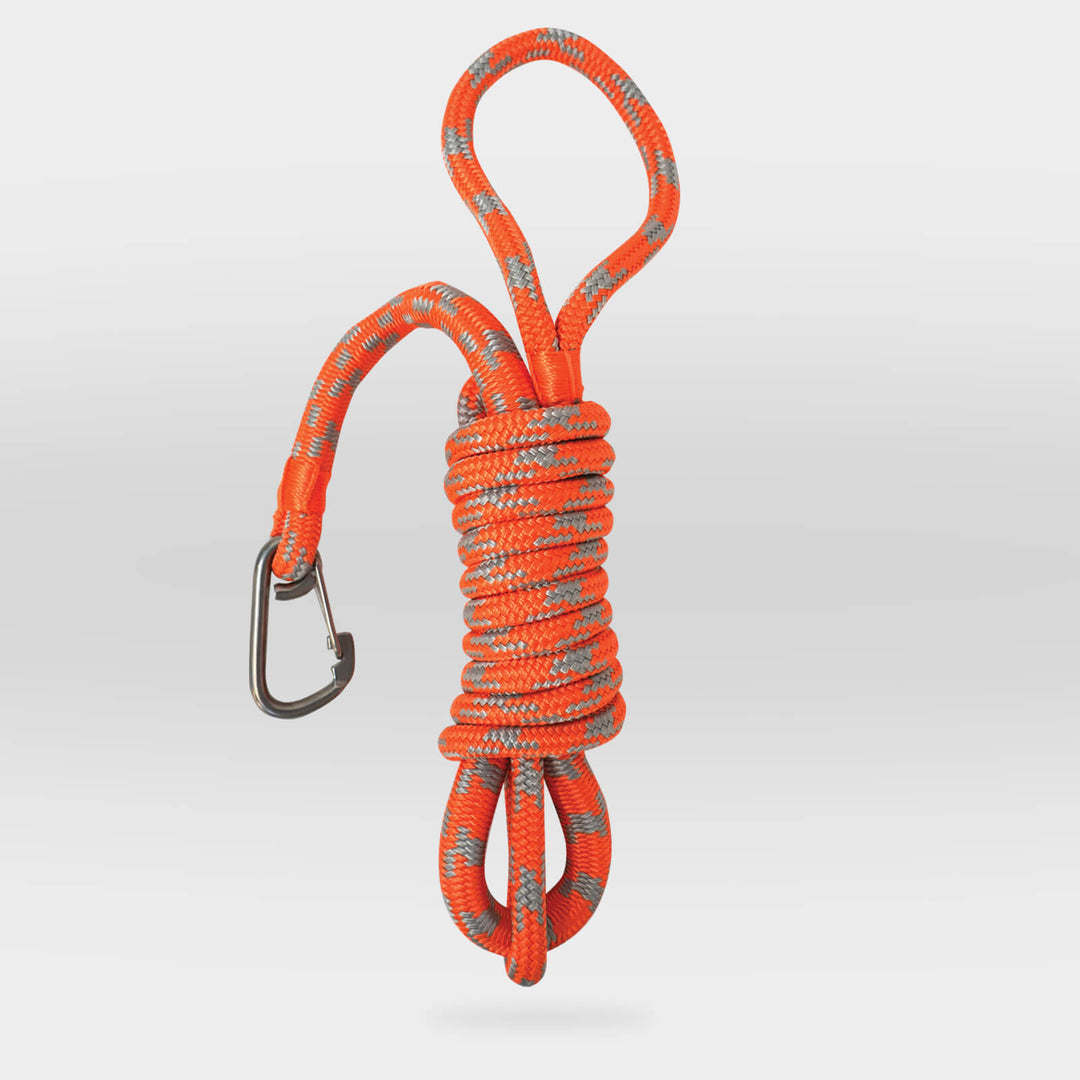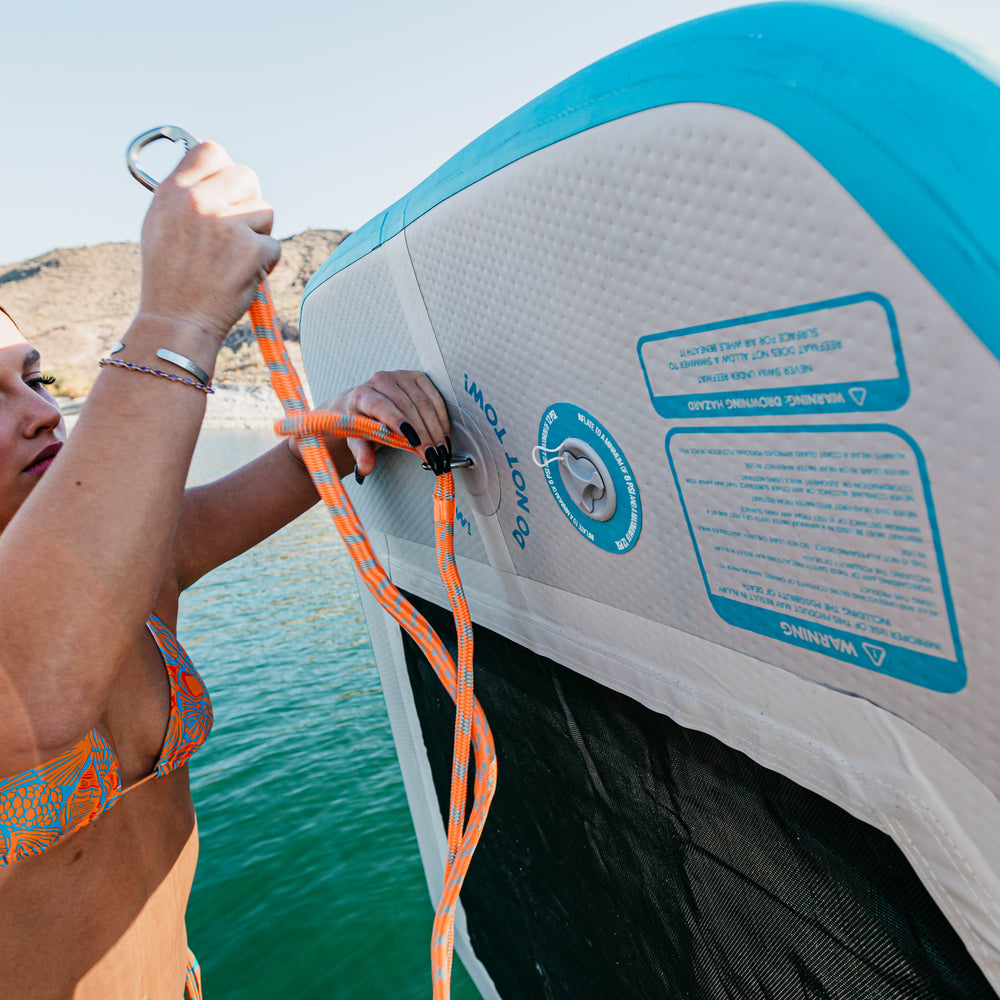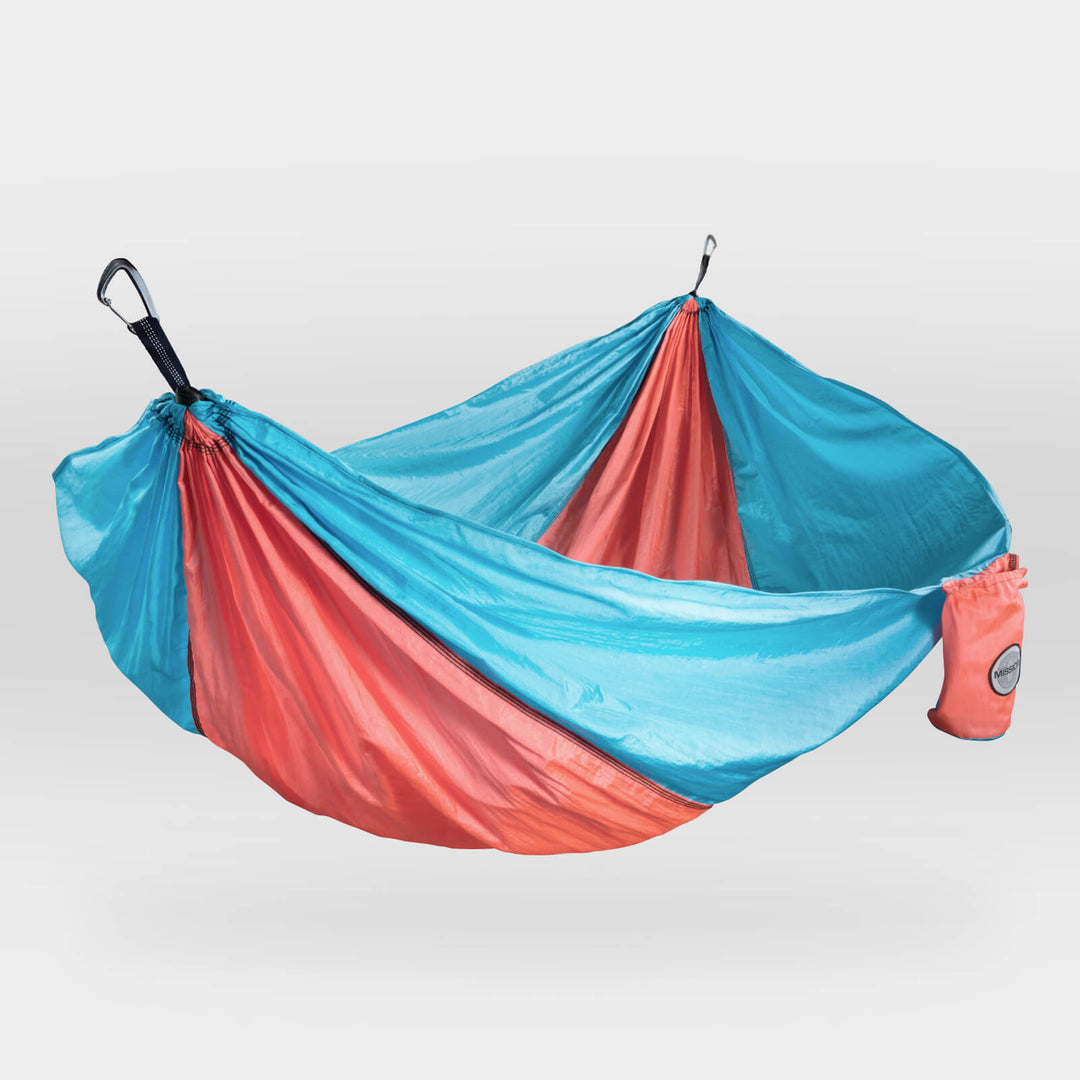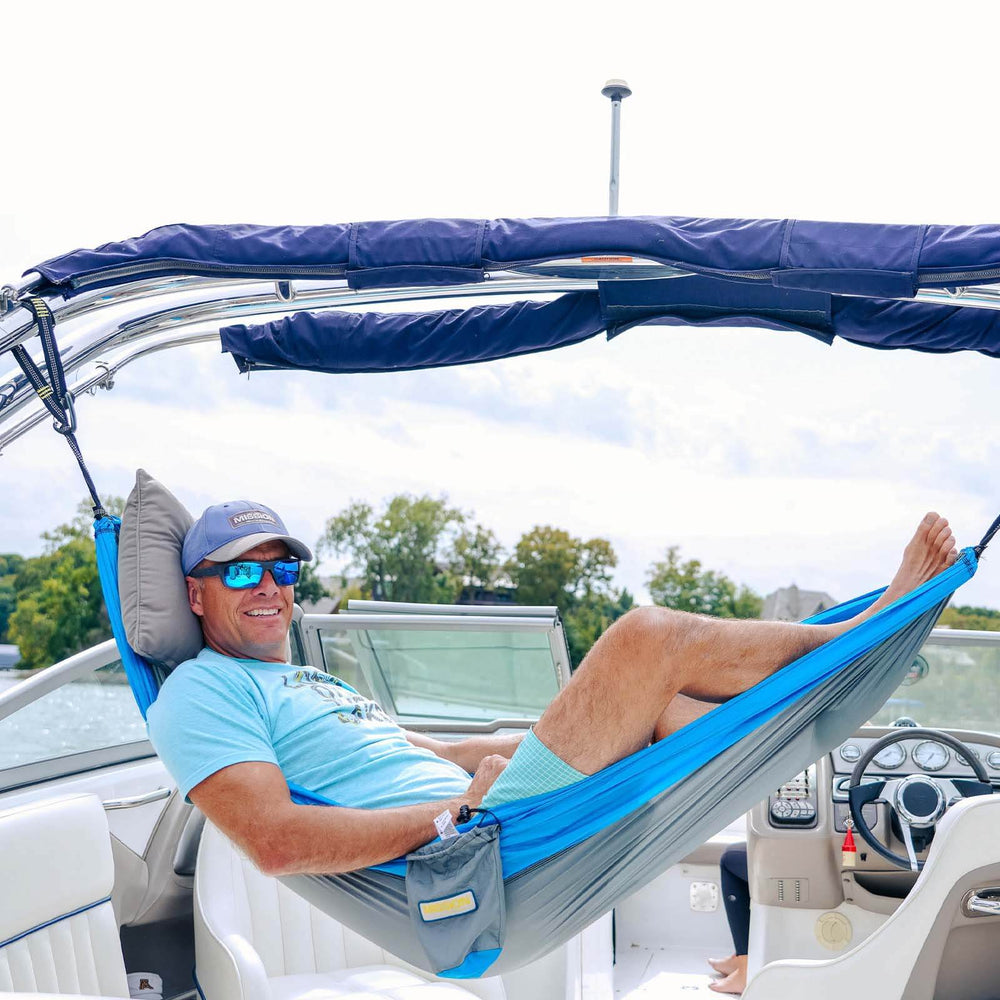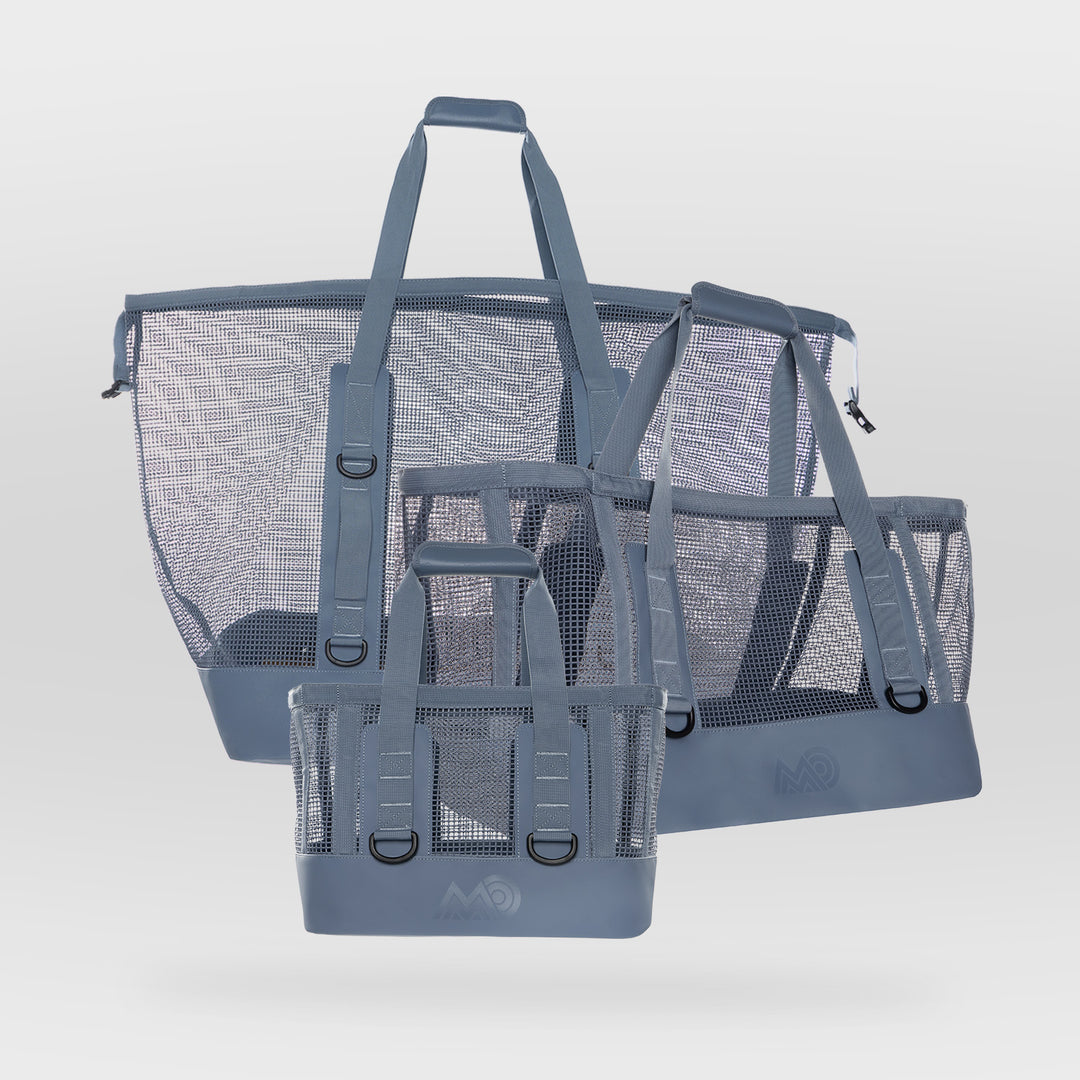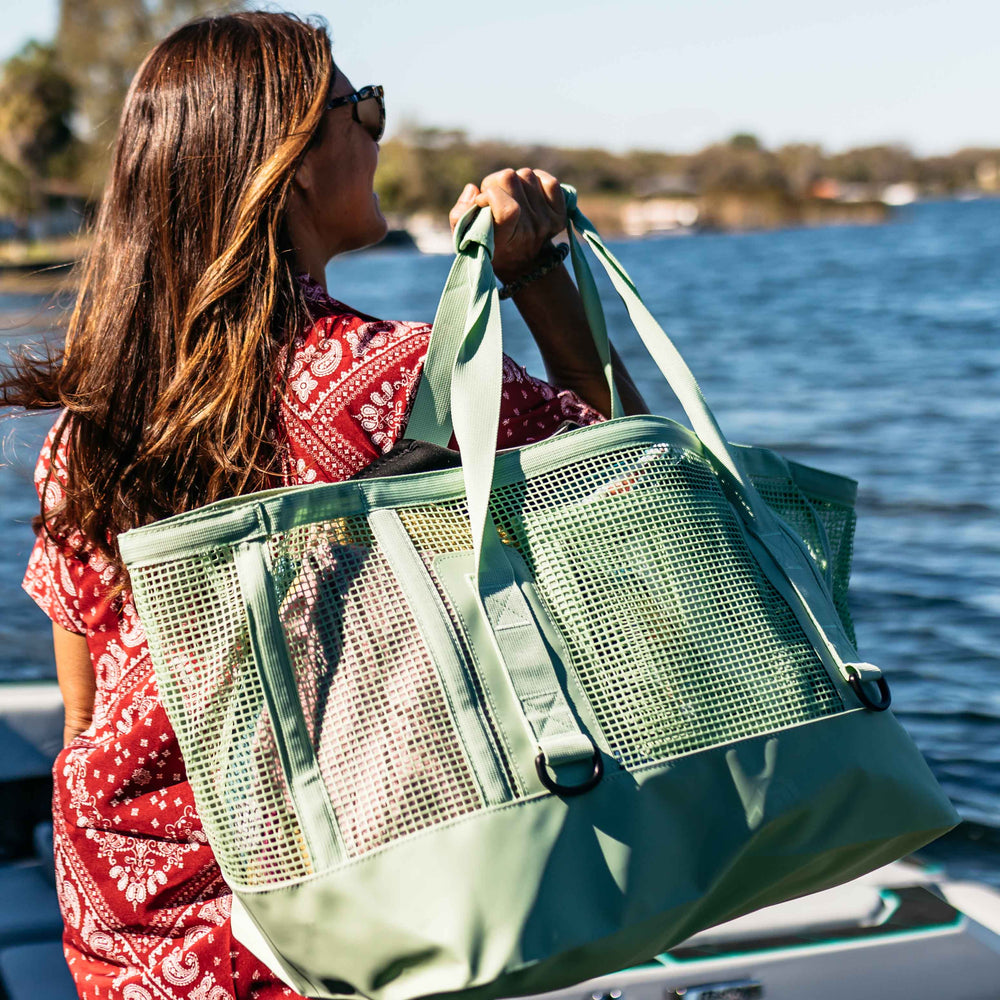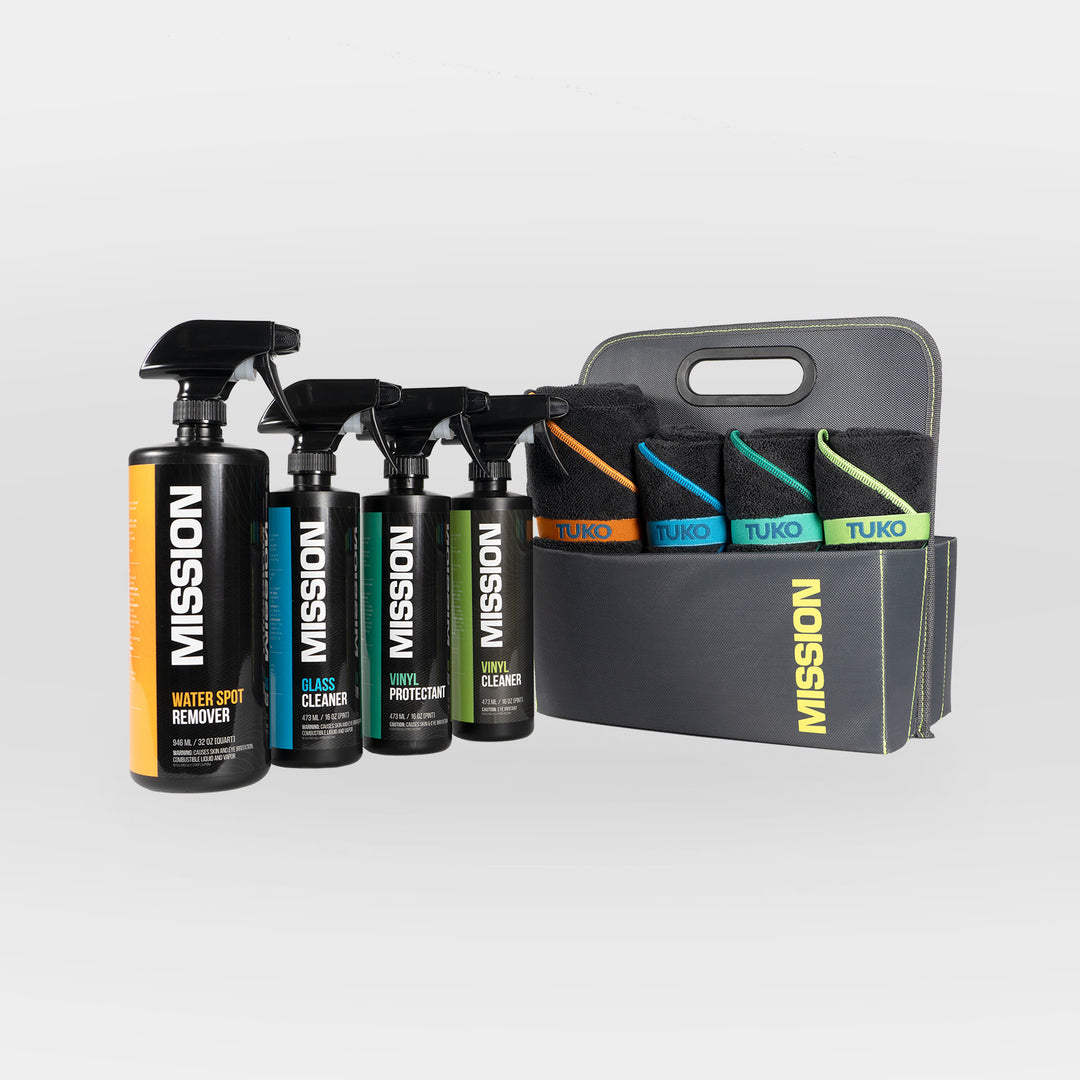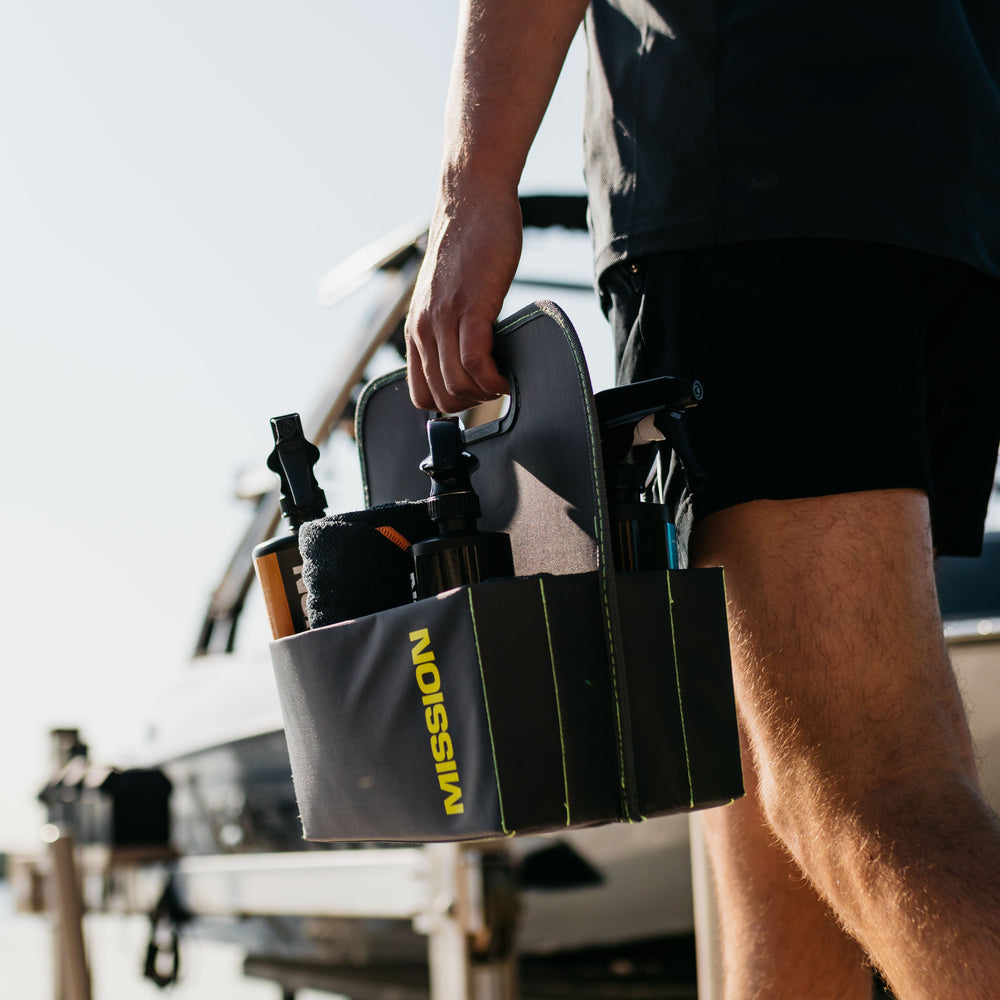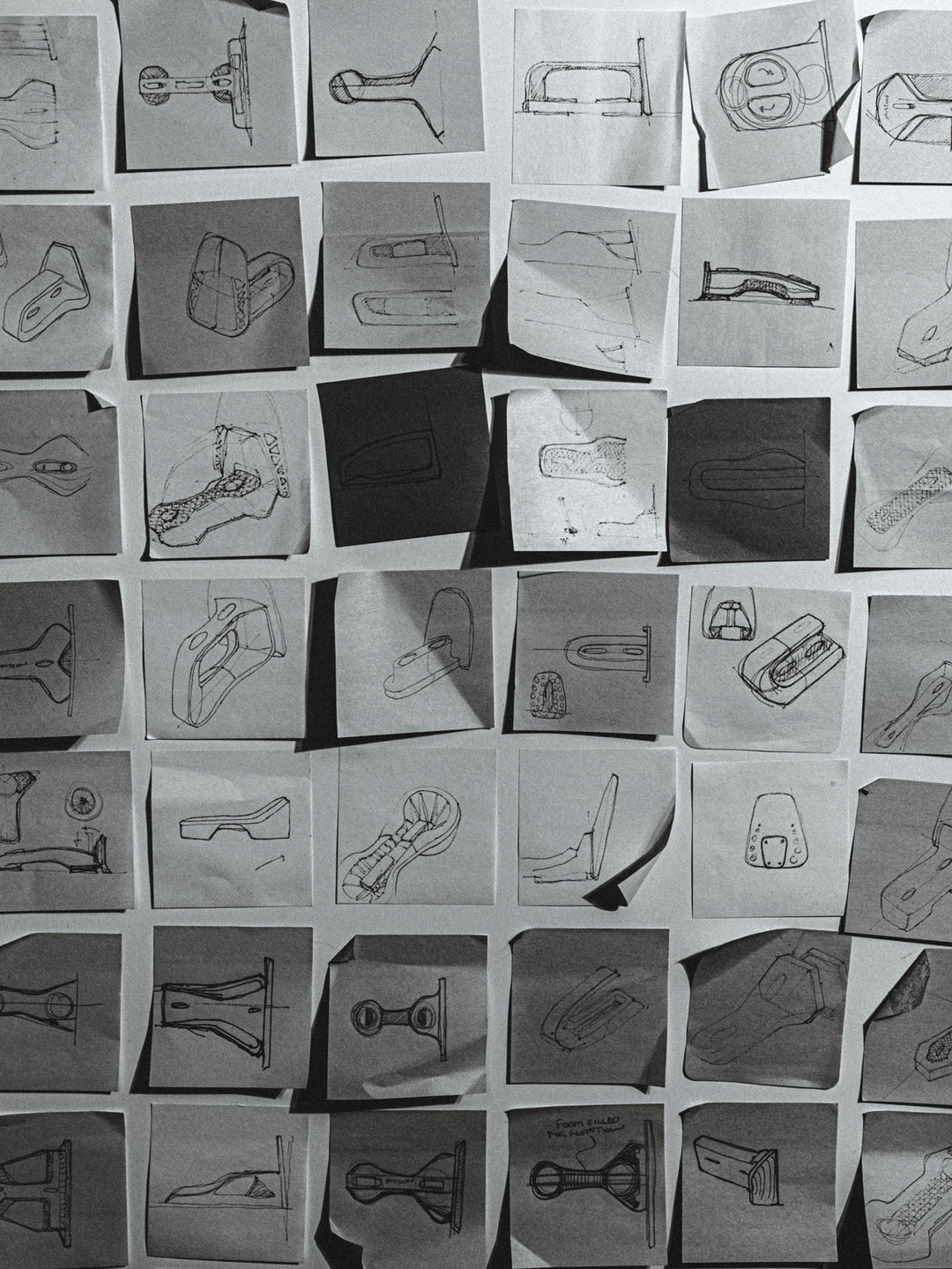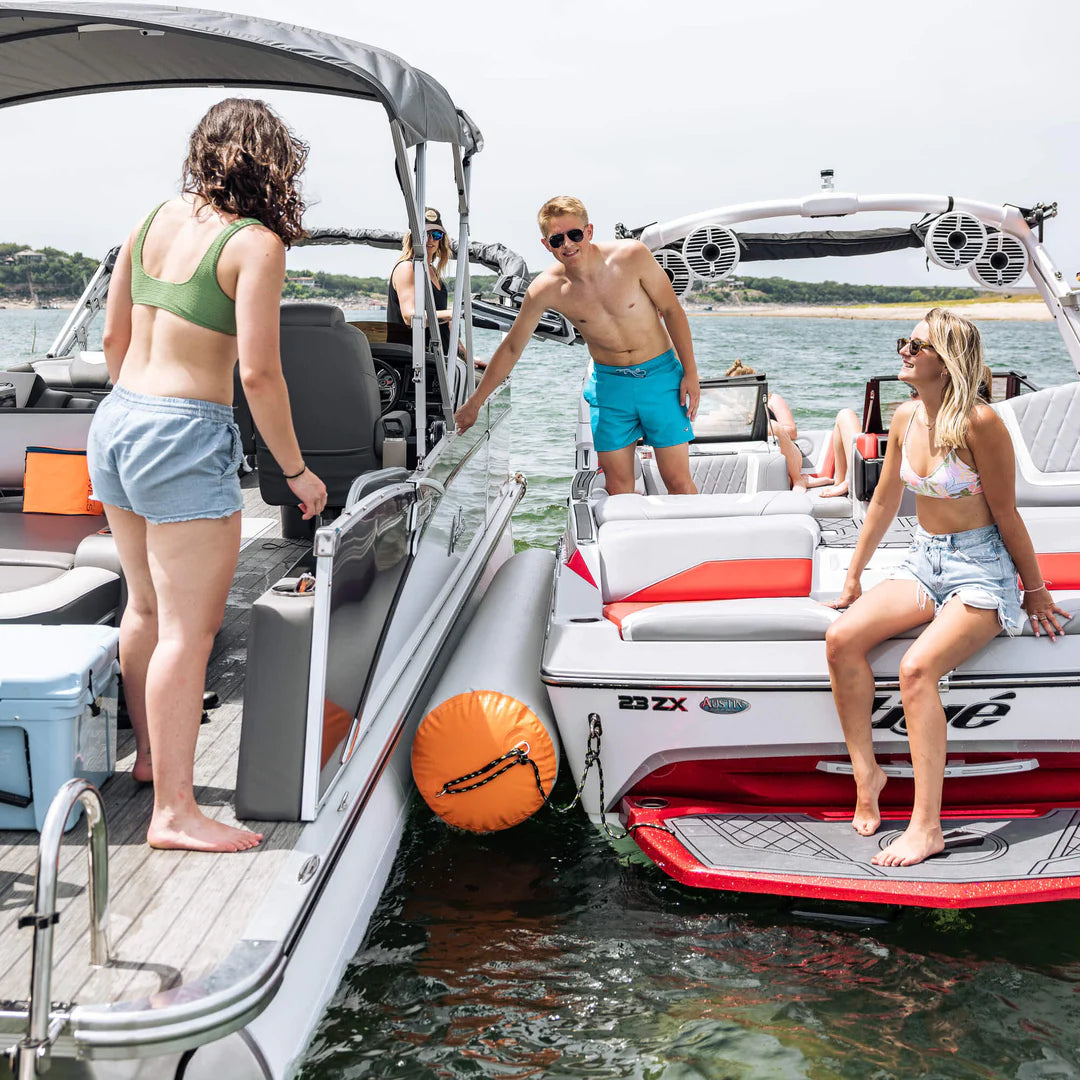It's no surprise that boating is a fun time and typically social affair.
And while there are several ways to enjoy the social connections that boating can offer, there is undoubtedly nothing that can beat the experience of rafting and tying up with other boats for a fun afternoon on the water.
In this article, we’ll walk you through some terminology, a common procedure for how to safely raft or tie-up with another boat, showcase some products that will make your experience easier and stress-free, and leave you with several safety tips and tricks to ensure you're confident in navigating in and out of your next raft up.
What Is It Called When You Tie Boats Together?
Rafting is a term that is frequently used for tying up with at least one other boat (or several boats) in open water.
Most boaters refer to this in shorter form as a “raft up” or “tie-up”—both used interchangeably to describe the same thing. We’ve found that people use one of these terms regionally more often than the other. For example, here in Minnesota where our company, MISSION Boat Gear, is based, people usually call this a tie-up, whereas in Tennessee we more often hear the term raft up.
While boating has long been enjoyed by close friends and family, tie-ups allow you expand your social connections and network with others who share a similar love for the water. Here are some common reasons when and why boats raft up:
- Tying up with other boats in a line at your local sandbar, island or “party cove”
- Relaxing in the sun for a fun afternoon of watersports from your boat as “home base”
- Exchanging things or people between boats (when not at the dock)
How Do You Raft or Tie-Up to Another Boat?
Tying up with other boats can be a lot of fun, and while it's not technically that hard to do in most scenarios, there are a lot of details and risks to consider that are unique to each and every tie-up, including the location, the weather, and the greatest risk, those around you—or other boaters and water enthusiasts.
Each of these factors require you to be on high alert and to have a plan for how you will get into and out of your next tie-up, and it never hurts to have a backup plan...just in case.
While no two tie-ups are the same, here is a general procedure with steps for safely rafting up with another boat to reduce vessels from bouncing off one another and causing damage or injury:
- Make a plan.
Before entering into your next tie-up scenario, make sure you have an entry and exit plan. Double check you have the appropriate style and number of boat fenders, bumpers, lines and other gear. While you may not have as much control over your exit plan (as other boaters join or leave your tie-up or one nearby), try to identify how you will exit the tie-up as others join and leave. Be aware of your surroundings.
- Pick an anchoring spot that is deep and large enough.
To accommodate the boats in your raft and stay far enough from the shoreline such that if the raft turned around 360 degrees, no boat would come close to hitting the shore.
- The largest and heaviest boat should drop anchor first.
Prior to anyone else tying up to the soon-to-be raft, this first boat will serve as the anchor for the raft and all boats will swing as one. Additional anchors will cause boats to ride waves and wakes at different points in the raft causing greater tension and stronger collisions.
- Once the primary boat’s anchor is set, other boats can start to tie up.
Alternate sides to maintain equal tension on the lines by keeping the anchoring boat in the middle of the raft. The smallest boats should be on the edges with larger boats centered nearest the anchored (largest) boat.
- Deploy your fenders before approaching.
To limit and avoid the potential of hitting another boat, you should tie-up with boats that are similar in size, though you should plan to adjust the height of your fenders to match the height of the rubrails of the boat next to you. Additionally, you should have at least three fenders for even the smallest boat.
- As you approach, remember to slow down.
Once you’re set up beside the neighboring boat, you can start the process of getting lines thrown across and tied up.
- Tie the bows (front) and sterns (rear/back) of the boats together by creating an “X” shape.
Ensure the lines between the two boats are from these points. Avoid throwing breast lines (or lines that go from bow to bow or stern to stern) as these can cause boats to slam back together under tension due to waves or wakes.
- Ensure all lines tied to the raft are kept as tight as possible.
This minimizes the motion between boats. Ideally, you want all boats in the raft to rise and fall with one another through the wake, and having the lines as tight as possible helps minimize the motion between the boats and allows the fenders to do their job.
- Exit the tie-up in reverse order as how you entered.
Double check you’ve brought everything you put out, such as any inflatable water mats or toys, pull up your swim ladder, and most importantly the family and friends you brought onboard your family and friends. Be aware of your surroundings, go slow and watch for other people as you leave.
Which Types of Fenders and Bumpers Work Best for Raft Ups?
Lucky for you, we’ve already written an extensive guide on how to choose the right boat fenders and bumpers for various applications, including for raft ups and tie-ups. Feel free to explore the guide further, though we’ll call out a few products below that are perfect for your next rafting experience.
Read the full guide to choosing boat fenders here.
Premium Boating Ropes & Lines
View allQuick Raft Up Safety Tips: Don’t Crash the Party!
Boating has inherent safety concerns which heighten as multiple boats come in close proximity to one another. While raft ups usually occur in calmer water and weather, there is still movement which worsens as boats get closer to one another. Add to that the potential of rapidly changing weather conditions and the unpredictability of other boaters around you, safety remains a top concern during any raft up to protect all passengers onboard from injury and your investment from damage.
Here are some quick tips to keep safety top of mind:
- Be aware of your surroundings. Be mindful of everything around you, including other boats, people in the water, and other physical hazards in the water.
- Educate your passengers. Remind every passenger to keep their hands and feet in the boat as you enter and during tie-up to avoid any accidental pinches or greater injury.
- Watch the weather. Check in on the weather to plan for an early exit if conditions require.
- Slow down on approach. Going slow gives you the chance to adjust, and fast speed creates larger wakes—the main cause of problems and damage for raft ups.
- Avoid swimming areas. Avoid driving your boat between a raft of boats and a beach where people are most likely to be swimming and enjoying the water. Similarly, navigate your boat past a raft of boats on the bow (front) side of the boat as people are more likely to be swimming by the stern (rear/back) side of the boat.
- Align your boat direction. You should align your boat with the other boats in a raft so all bows are facing the same direction, and thus your sterns and swim platforms are too.
- Only tie lines to cleats. Only tie lines that secure boats to one another using cleats—not rail stations, handrails, or other accessories which more than likely aren’t designed to withstand the pressure from ropes tied to the raft.
- Keep all lines tight. After the initial tie-up and throughout your raft up, ensure all lines remain tight to reduce motion and the possibility for boat damage or injury to people from large wakes.
- Be careful going from boat to boat. Visiting other boats during a tie-up is all part of the fun but be sure of your step as you pass to another boat as waves and wake and the motion between boats can lead to greater missteps and injury.
Rafting Up Etiquette to Keep in Mind
When pulling up to you next raft up or tie-up, especially when tying up with boaters and people you don’t know, keep these etiquette tips and best practices in mind.
- Be polite. Since boating is a very social affair, you’ll find that most boaters will be eager to welcome you into their tie-up and to create new connections.
- Ask permission. Large raft ups can grow in popular areas, and in many cases you may not know your immediate raft-up neighbor. Be sure to ask for permission before joining alongside.
- Be ready. Arrive with your fenders out and ready, lines ready to throw and tie, etc. Have a backup plan in case things don’t go according to plan. Don’t forget to always have a sober skipper at all times.
- Be considerate of your sound. Consider others when having a conversation or when turning up your stereo so as not to impact others around you.
- Pick up after your boat. Make sure you don’t impede others’ space, keep your water gear and toys close, and pick up any trash to leave the water in better space than you found it.
- Have fun! Most importantly, don’t forget to have fun in the sun and create new memories.




